INTRODUCTION
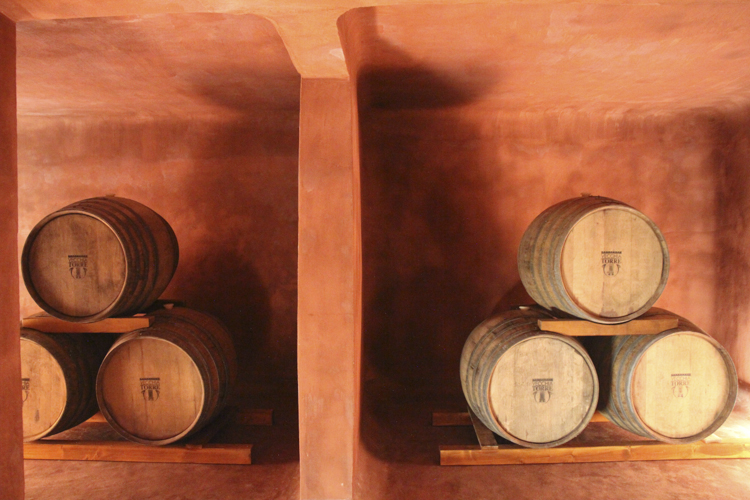
The Salice Salentino winemaking region lies in the heart of Puglia , fertile plains covered with vineyards, that flourish from both intense sunshine and cooling salty breezes from the turquoise waters of the Adriatic on one side, the Ionian Sea on the other. Local vignaioli here proudly tell visitors that the production of Italian wine has its roots right here, some three thousand years ago, from grapes brought by Phoenicians, when Puglia was part of Magna Grecia. And today, age-old traditions remain firmly imbedded with unique bush vines, statuesque Apulian alberelli, and a unique selection of native grapes.
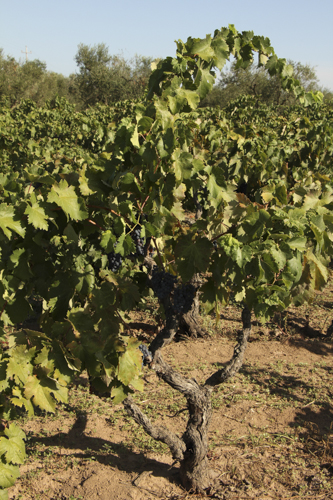
Puglia boasts some 100 varieties of autochthonous grapes, the South of Italy an incredible 300 varieties, so for the enthusiastic winelover this becomes a wonderful journey of discovery, far removed from the well-know world of international varieties like Chardonnay and Cabernet. Here, pride of place goes to the distinctive, versatile Negroamaro, producing not just intense, elegant red wines, but a fruity rosé, a bubbly brut spumante.
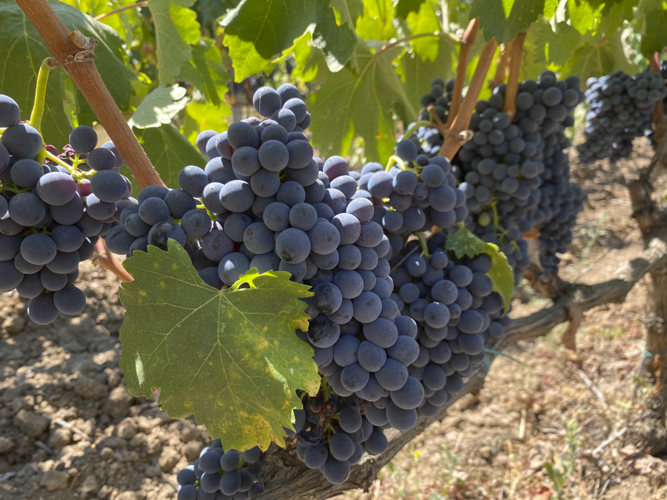
And be prepared to also discover the lesser-known Susamaniello, Malvasia Nera, Aleatico and the rare Bianco d’Alessano. The official Salice Salentino denomination has existed now for almost 50 years, during which winemaking here has experienced a total revolution, no longer concentrating on producing bulk wine, historically used to fortify the lighter wines of the rest of Italy, but using advanced technology in the cellar and sustainable cultivation in the vineyard, to produce high quality, award-winning vintages. There are some 45 producers in the Salice Salentino, ranging from independent viticoltori to historic Cantine Sociali, representing hundreds of smallholders, but wherever you stop off for a tasting there is a warm welcome waiting from these generous, hospitable people. Traditional Pugliese cuisine means each meal is a foodie feast, while the countryside is dotted with beautifully-renovated masserie, country mansions perfect to base yourself during a wine tasting tour. Here are a dozen wineries to track down.
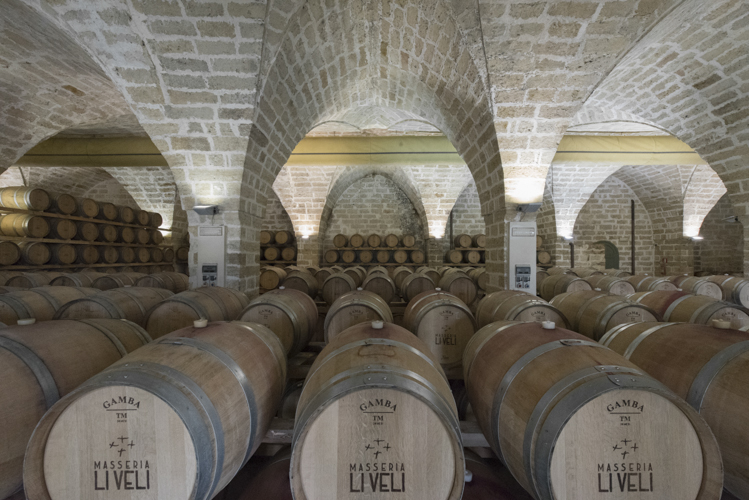
There are few traditional masserie – Puglia’s striking fortified farm estates – that marks the landscape as Li Veli, surrounded by vineyards as far as the eye can see. This majestic mansion dates back to the 1600’s, while wine has been made in the cellars since 1895. It has been splendidly renovated by the Falvo family, who arrived in Puglia 20 years ago having created one of Tuscany’s most respected estates, Avignonesi, in Montepulciano. The ruined masseria’s vineyard had been abandoned for over 50 years, so the family completely replanted all 47 hectares, renovated the structure of the masseria with a modern state-of-the-art cellar, and today, the property is overseen by oenologue Alfredo Falvo and his brother Eduardo, both now firmly based in Puglia.
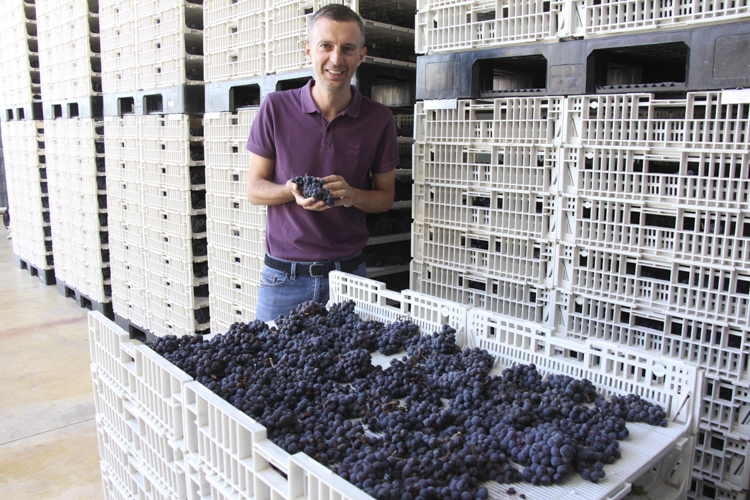
Alfredo enthusiastically declares that, ‘this is a fascinating region for a winemaker. The soil is sandy, fertile limestone, fresh winds from the Adriatic dry the grapes, and the flat plains absorb humidity which is perfect for wines with high acidity, elegance and easy to drink. Our family bought this property for the potential to make great wines with native grapes.
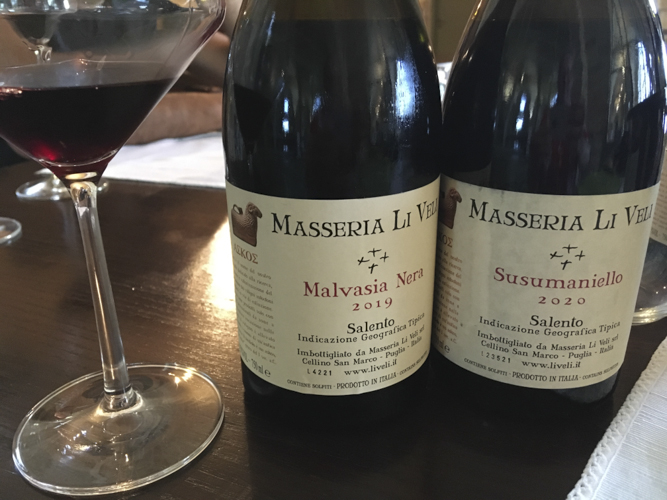
We immediately distanced ourselves from the local tradition of blends to make single variety wines – Negroamaro, Susamaniello, Malvasia Nera, Primitivo and the wonderful white grapes of Verdeca and Fiano.’ The wines of this family have always been marked by innovation, and in Salice Salentino they have planted a significant number of Negroamaro bush vines in the antiquated Octaganol shape, dating back to Roman times. In the cellar, they have changed the family philosophy away from small oak barrels towards much larger casks, and are testing a series of nine amphorae that have just arrived from their native Tuscany. ‘Our immediate aim,’ says Alfredo, ‘is to reach out to a global market that is not yet aware that Puglia is capable of producing high quality wines’.
The Cantele winery stands out in the Salice Salentino countryside, an almost futuristic interpretation of a Pugliese masseria.
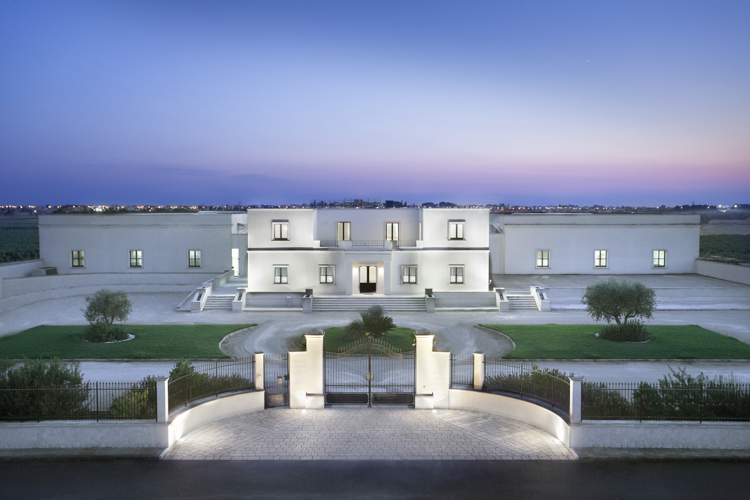
And Gianni Cantele’s winemaking philosophy also stands out from his neighbours as he proudly pours a selection of his outstanding wines in their minimalist tasting salon. ‘I genuinely believe that Negroamaro is the future of this region’ he states forthrightly. ‘But lets be clear, I am firmly against the new trend for sweeter red wines aimed at what you can call The Candy Generation. At the moment our Negroamaro vineyards are clearly in the shadow of the now popular Primitivo. But rather than copy Primitivo and produce something similar, we should highlight the unique personality of Negroamaro, to bring it to life again. We are not under any pretensions though, as it is not an easy grape’. This is a family with very different roots from other local viticoltore, originally from the north of Italy, who ended up settling in Lecce in 1950, a rare example of immigration in the opposite direction of the classic south to north.
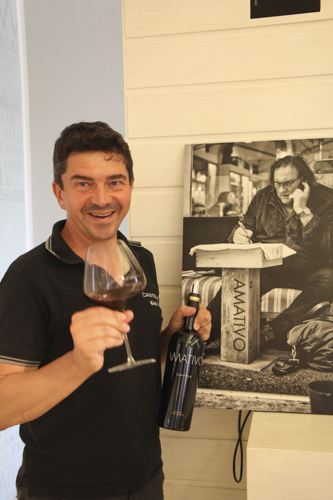
Gianni Cantele is the third generation, beginning with his grandfather, originally from the Veneto, who made his mark buying bulk wine in Puglia to transport north to fortify weaker local wines. Then his father began by bottling for other estates before buying his own vineyard in 2000, and today, Gianni produces wines from their original 50 hectares as well as grapes bought in from an additional 150 hectares. ‘I am also enthusiastic about single grape wines showcasing the potential of our other native grapes – Susumanielo and Malvasia Bianca. And for the region’s signature Salice Salentino cuvée, we are committed to the traditional blend using the autochthonous Malvasia Nera with Negroamaro, rather than the recently-allowed French varieties like Merlot, Syrah and Cabernet, which I believe are not really suited for our soil and climate.’
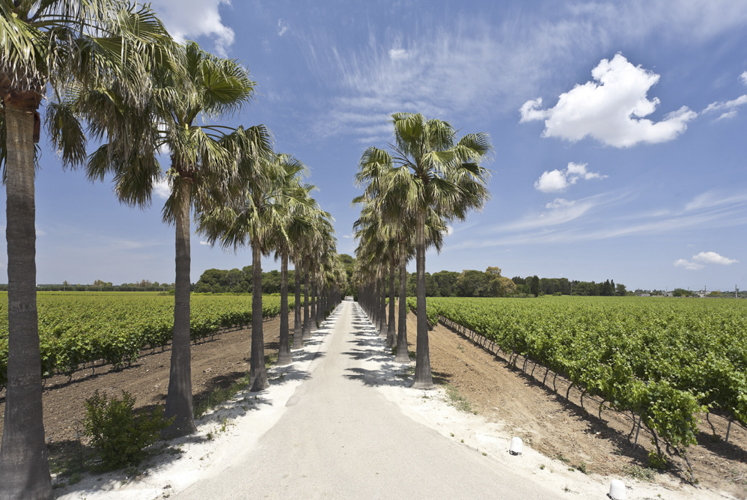
Sitting down for an inspired tasting with Clemente Zecca, it quickly becomes apparent that this historic tenuta is embarking on a dynamic new path. One of the few noble families to both survive and prosper since the 16th century, Clemente’s father and three uncles oversee an immense 320 hectare winemaking estate. Clemente will be the next Conte Zecca, and after just 3 years working here, he has clear ideas for the future. Opening a bottle of their signature Nero, he explains that, ‘we have two very distinct flagship lines; our long established Vini d’Enologo, showcasing the techniques of modern winemaking, and the new generation Vini di Vignaioli, the incarnation our terroir. The intense, barrel-aged Nero personifies the Vini d’Enologo, blended from 70% Negroamaro and 30% Cabernet Sauvignon, an international grape the family have cultivated for more than 30 years. A Super Puglia wine developed with the same spirit as Super Tuscans, perfect for a certain moment in history.
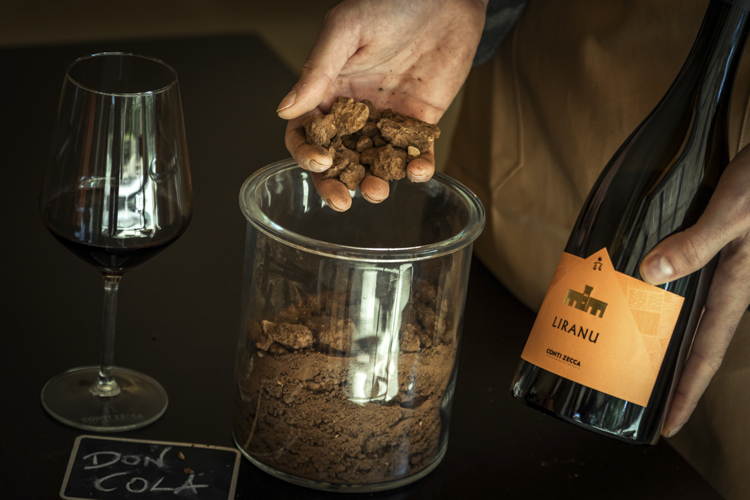
Today, though, perceptions have moved on, with more emphasis on autochthonous grapes, specific soils and exposition, to create more contemporary wines, such as Liranu, from our Vignaiolo range. So this supple, elegant 90% Negroamaro, aged in vetrified cement tanks, comes solely from a 5 hectare single vineyard plot.And it does not need to be aged for a long time. I honestly believe these wines merit the prestigious French term Cru, because our entire estate has been mapped out, soil tested, to identify the characteristics of every single vineyard, every plot.’
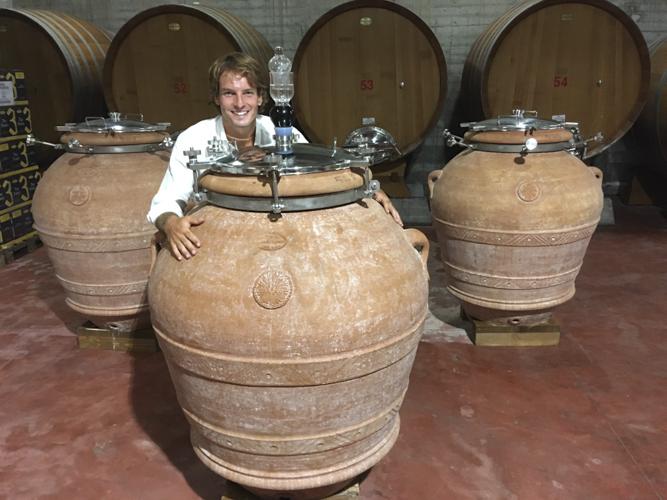
Changes are also going on in the cellar, where alongside classic oak barrels, a cluster of terracotta amphorae sprout up like mushrooms. ‘We are experimenting with zero sulphite, while the amphorae are for an Orange wine made from Malvasia Bianca, as we are always looking to promote our unique native grapes’.
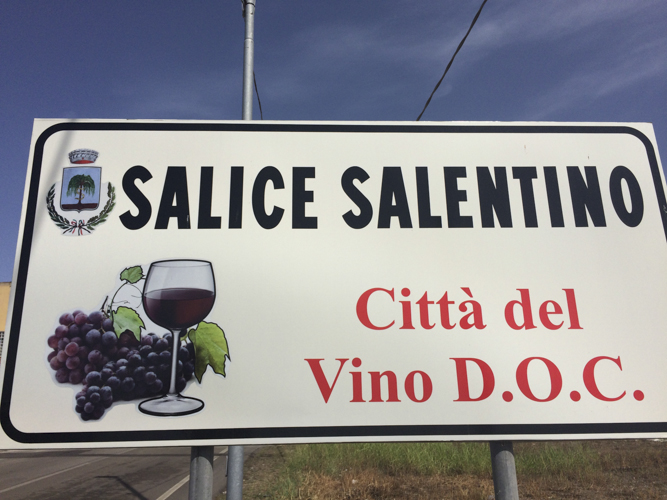
Driving through Salice Salentino, the town is dominated by the enormous Leone De Castris cantina. With its ancient 17th century tower and old-fashioned offices filled more with files and paintings than modern computers, you feel in a time warp until you discover at the back a splendid Museo del Vino, wine resort and restaurant, as well as an immense modern winery where 2,5 million bottles are produced from the family’s 300 hectare vineyard.
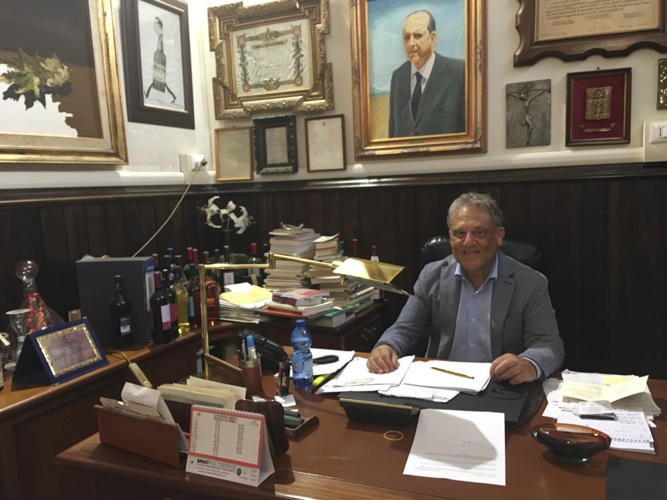
This noble family have been making wine here since 1645, and the present patriarch, Piernicola, declares that, ‘we can say that today’s famed Salice Salentino wine was born right here, long before bureaucratic terms like DOC, DOP or IGP. It was my Nonno, who created the unique blend of 95% Negroamaro with Malvasia Nera inspired by grapes harvested in 1954. It was only sold by us, right up to 1970, when the official DOC denomination was born and other cantinas began making their own vintages. For me, there is a clear parallel with the story of Franco Biondi Santi, creating the legendary Brunello di Montalcino.’ And Piernicola believes that Negroamaro is still not used to its full potential by many contemporary winemakers, stressing its unique versatility as a red, rosé or spumante. De Castris have certainly made an historic contribution with their Five Roses rosé, made from Negroamaro and sold the world over.
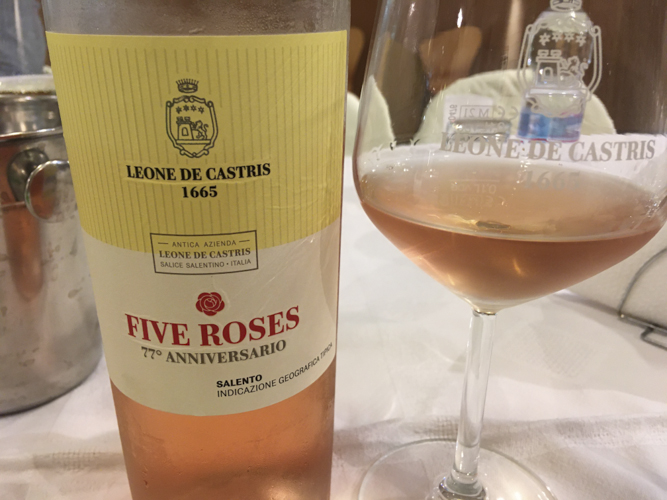
‘This was another idea of Nonno, named after his five children, and created in 1943 when the Second World War was still raging in Italy. He created this very special rosé wine and wanted to bottle it, but there was simply no glass available. So the American forces stationed nearby in Brindisi, who loved the wine, sent their empty beer bottles – and there were a lot – which he cleaned, recycled and added a metal cap. Italy’s first bottled rosé. 70 years later it is still one of our most popular wines.’
This 150 year-old winery spreads across the Negroamaro lands of Salice Salentino to the Primitivo vineyards of neighbouring Copertino.
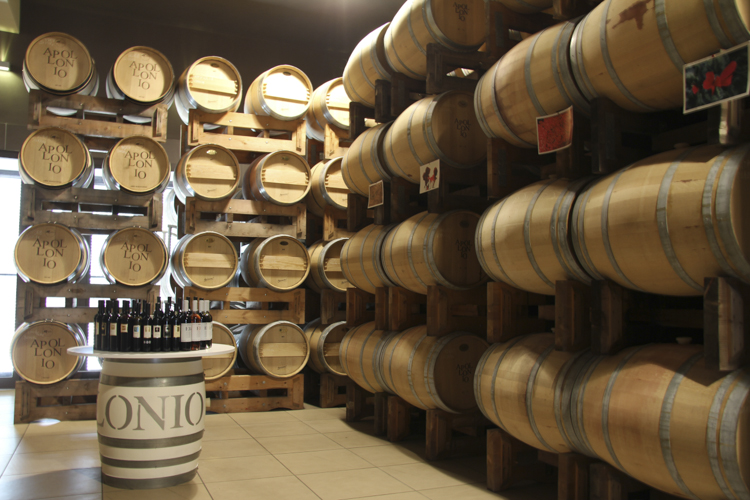
Their award-winning wines have an international reputation for excellence, and one of the main reasons becomes clear the moment you enter their ageing cellar, a soaring cathedral of wooden barrels. The family oenologue, Massimiliano Apollonio, could be described as Puglia’s Wood King, explaining that, ‘wood is fundamental for me for the ageing of our wines. Not just for the ‘profumo’ but for colour and stability.’ He experiments with different woods for different cuvées – French, American, Slavic, Hungarian and Austrian – even visiting the coopers to choose the trees for his barrels.
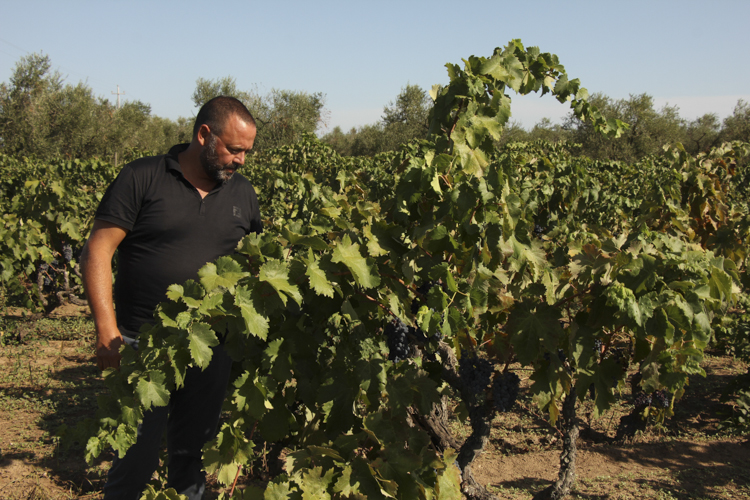
Massimiliano is totally committed to Puglia’s native grapes from traditional alberello vines, exclaiming that, ‘these majestic bush vines have been here for 3,000 years, brought by the Greeks when Puglia was part of Magna Grecia, and frankly they merit recognition by Unesco World Heritage.The alberello is a vine that lets nature do its own work. Yes, it is free standing, undisciplined, so cultivation demands expensive manual labour in return for small yields. So it seems uneconomic. But that is ultimately not true. While the modern trained vine probably lasts 25-30 years, the alberello lasts 100 years. It also allows nature to do its own work to protect the grape, so there are naturally smaller numbers of grape bunches, while thick leaves growing above the grapes provide a natural canopy, protecting from the sun meaning slower maturation, and much less stress for the grape, so ultimately much higher quality.’ And this passionate winemaker has a dream, ‘to produce a 100% sustainable wine that will be immortal, able to age forever. It will be a rosé made from Negroamaro, hand picked from alberello vines, bottled in recycled glass, cork made from sugar cane, ageing in the sea in a nearby marine park, with absolutely zero carbon footprint’.
This historic tenuta bears the name of a winemaker who almost singlehandedly put Salice Salentino’s Negroamaro on the world wine map.
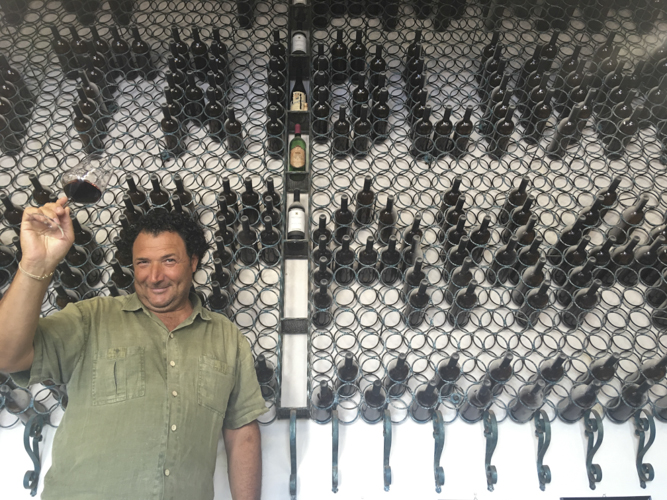
Today the 100 hectare estate is run by his daughter Rosanna and her husband Antonio, who have faithfully continued the work and philosophy of her late father, the legendary Cosimo Taurino. This family have been making wine for 7 generations, but most of it was traditionally transported in bulk to northern Italy. Then in 1970, Cosimo started bottling his own wine, dedicating his life to Negroamaro.
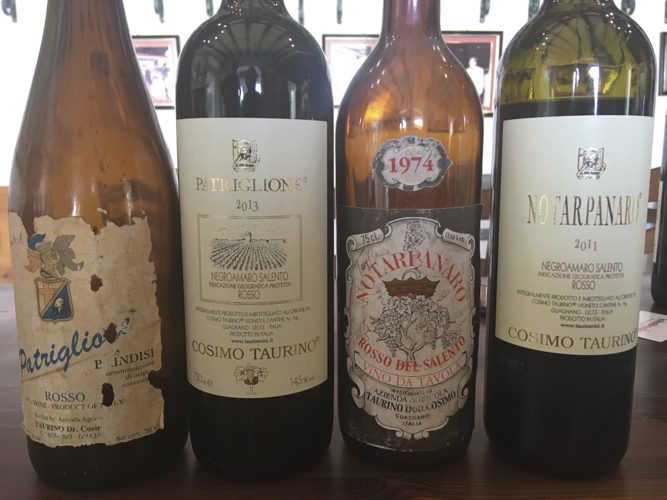
His two key cuvées were Notaperano, created in 1970, then Patriglione in 1975, both before the creation of the Salice Salentino DOC in 1976. Sitting in their rustic tasting room, Antonio explains that, ‘fifty years later, these two wines remain the flagship of our estate, where part of the grapes are dried on the vine, a ‘passimento’, and late harvested at the end of October, raising alcohol levels to over 15° without affecting the elegance that is so characteristic of Negroamaro.
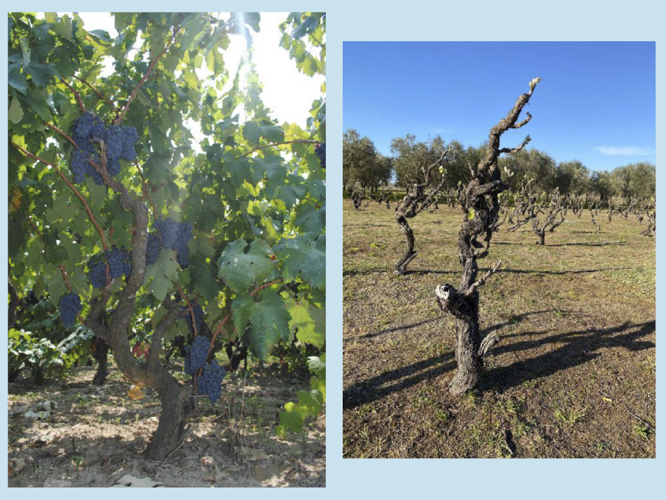
The hand-picked grapes come almost exclusively from 70-80 year-old bush vines, and we have continued Cosimo’s philosophy to never launch our wines early, preferring to age them in our cellars for some 10 years. Right now we are selling the 2011 vintage of our Salice Salentino, which you can see was only bottled this year in 2021.’ Antonio also holds strong views about the present trend towards certified organic winemaking. ‘We are not organic and frankly I don’t believe in it. But look at our grapes coming in from the harvest. They could not be healthier. We select our bunches, discarding many, and no pesticides are used as we plough and hoe the soil to protect the vine. I call them natural wines, which is not exactly politically correct as we most certainly added a limited amount of sulphites. People need to understand that wine without sulphites quite simply does not exist. It is vinegar.’
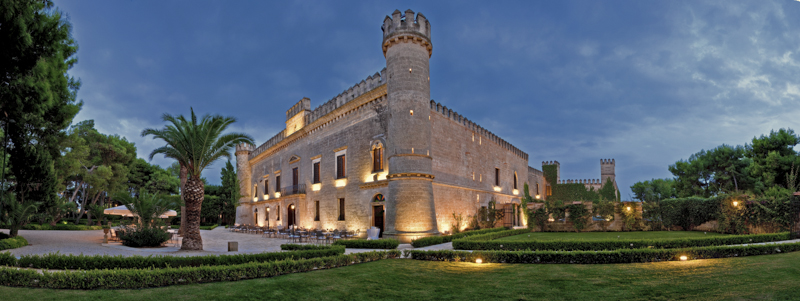
It would be an understatement to describe this majestic medieval fortress, its lush gardens and grandiose ballroom as a landmark or a monument. Glamorous wedding-organisers the world over may know it as one of Italy’s most spectacular venues for nuptials, but for local residents of the Salice Salentino, the 600 year-old Castle of the Monks is an ultimate symbol of the long history of winemaking and olive oil production in this part of Puglia. Taking its name from religious orders who once worshiped here, the Castello was home to French and Italian nobility until the present owners, the Provenzano family, arrived at the end of the 19th century. A single vineyard stretching across 150 hectares surrounds the castle, resembling a perfectly-manicured landscape garden, the vines neatly planted in the ordered Guyot system, favoured in France, barely a traditional Apulian alberello in sight, with just smattering of plots of these ancient vines reserved for the premium Salice Salentino Riserva vintages.
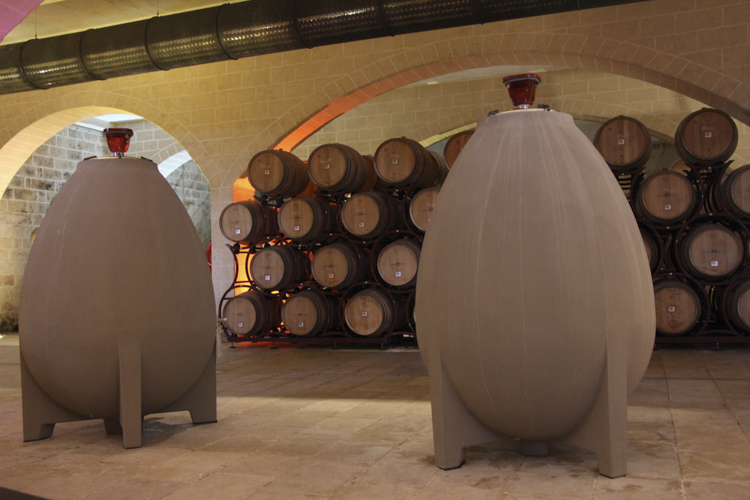
While the original cellars have now been converted into a wine museum, an adjacent masseria is dedicated to modern winemaking, with not just 1,000 French oak barrels, but 4 state-of-the-art cement ovoids, ready for new experimental vintages. While the noble Provenzano family still live in the Castello and own the vineyards, they are in a partnership with Italy’s largest winery, Gruppo Italiano Vini, who run 15 famous cantinas across the whole country.
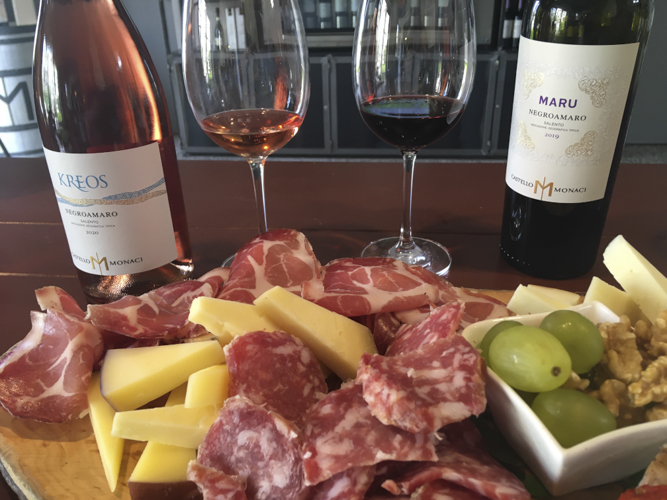
And here at Castello Monaci, their oenologue, Leonardo Sergio, has devoted the last twenty years to creating a range of authentic, quality Salice Salentino wines.
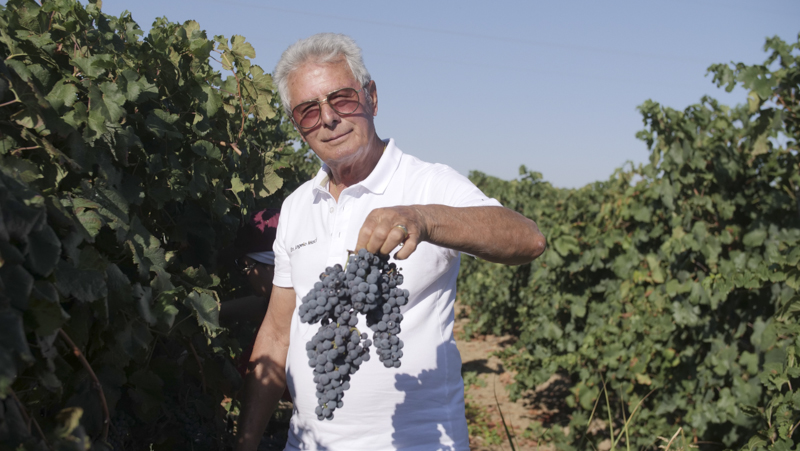
Due Palme is a Cantina Sociale with a difference. Despite the name Two Palms, it actually incorporates 6 different cooperatives, representing 1,000 members who cultivate 2,500 hectares, producing some 20 million bottles a year. Their immense winery, a small city of soaring steel vats employing some 250 people, dominates the town of Cellino San Marco. Moreover, Due Palme was created by and is still overseen today, by a single man, the visionary, larger-than-life winemaker, Angelo Maci. President since the first day the cantina was born in 1989, re-elected at the end of each term, and at 78 years of age, he will almost certainly be succeeded by his daughter Melissa, while one of the latest oenologues is Angelo’s grandson. This continuity is in stark contrast to many Cantine Sociali, where Presidents come and go, rarely with long term ambitions. Due Palme, however, has created a global reputation for its quality wines, with 60% of production exported, its premium vintages winning awards, including Italy’s sacred Holy Grail of the Gambero Rosso Guide’s Tre Bicchiere, while Signor Maci is always setting new goals,like bottling their entire production and give more emphasis to ecology by using recycled paper for their cartons and labels, limiting the use of plastic, reducing carbon emissions.
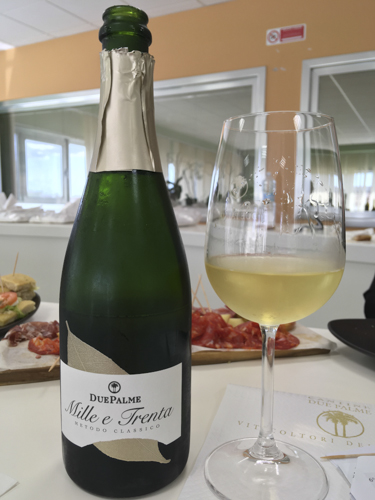
And several of their wines genuinely surprise, like Mille e Trenta, a crisp, elegant sparkling Negroamaro, or the intense, wonderfully spicy Selvarorossa Terra, a 2011 Salice Salentino Riserva.

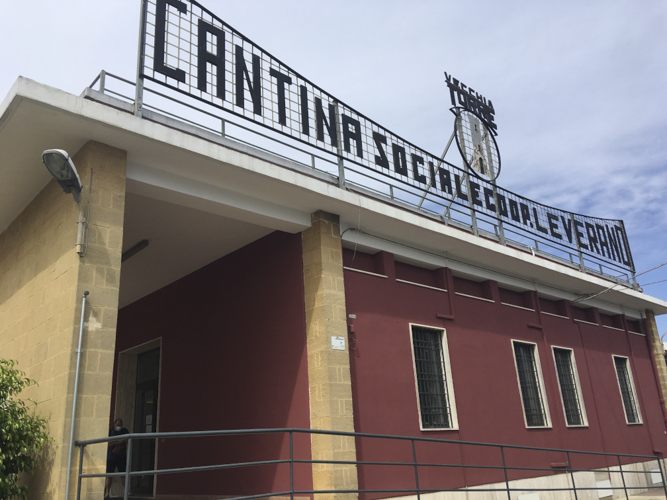
This respected cooperative was founded in 1959, based today in a sprawling modern winery at the edge of Levarano. From its original 44 founding members, there are now 1100, and this is one of the rare Cantine Sociali with a long waiting list for new viticotori to join. Why? Quite simply because financially, Vecchia Torre is a success story, meaning members know they will be well paid after carefully cultivating their vines and delivering the harvest, all closely monitored by the team of agronomists and cellar masters under Ennio Cagnazzo, principal oenologue here for over 30 years. He, of course, is a socio too, and there is an unmistakable feeling that this is like one big family, with everyone working in the shop and cellar either soci or children of soci. Take a tour of the cantina and you enter a time tunnel, where the original underground cement cisterns have been converted into barrel-ageing cellars and wine tasting salons.
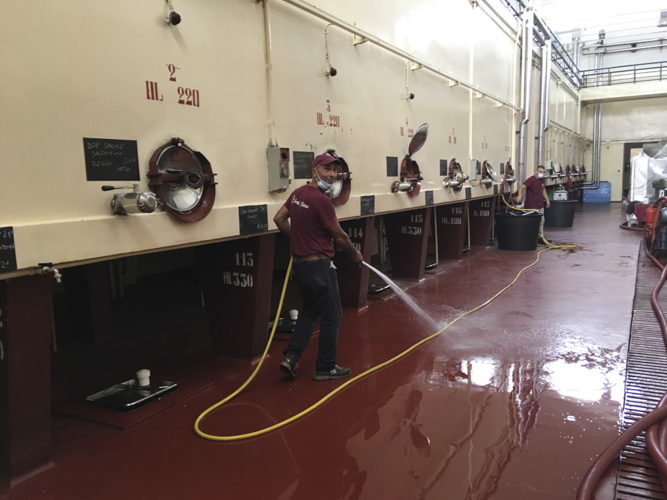
Up above, the second -generation cement cisterns are carefully-preserved, each one gradually upgraded from raw concrete to the more modern epoxy coating. And a state-of-the art bottling plant has just been inaugurated. Like every cantina sociale, there is something for everyone here, from wine pumped directly into takeaway demijohns to bag-in-box, from an innovative single grape range to the traditional, potent, concentrated Negroamaro and Malvasia Nera blend of Salice Salentino Riserva. Prices are always competitive, quality assured.
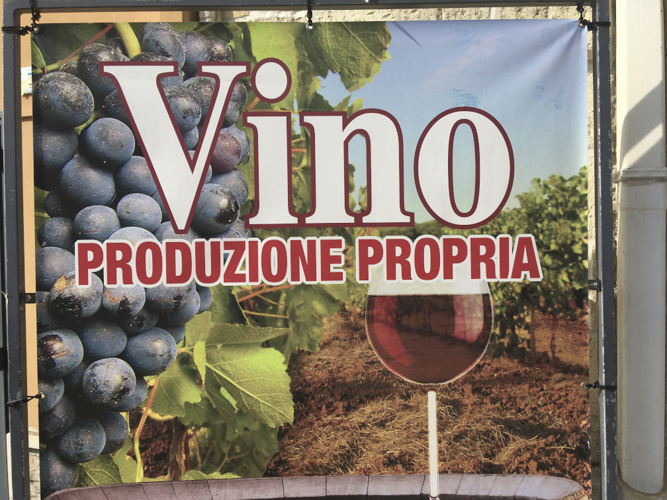
The bustling winemaker town of San Donaci is lined with cantine, enoteche, an historic Cantina Sociale, and the unprepossessing Paolo Leo Wine Shop. By the entrance, small steel vats are filled with wine and olive oil to be pumped into takeaway containers. At the back there is a tasting room, but also a sophisticated kitchen to prepare wine and food pairing sessions. The estate is run by Paolo Leo himself, a fifth generation viticoltore, and his bubbly wife, Roberta. They own a discrete 50 hectares of vines, but this is no quaint Mom&Pop business. Paolo Leo’s range run to an astonishing 48 labels, producing some 3.5 million bottles, with a large amount of grapes bought in from a small, complicit group of vignaioli. While the family winery dates back to the 1800’s, today’s ultra-modern winery was officially founded in 1989, bottling their wines as recently to 2000. Although the cantina is not certified organic, their cultivation is sustainable, complemented by a host of eco projects; recycled paper for labels, alternatives to natural cork, lightening the weight of bottles and recycling glass afterwards into deco objects. Paolo and Roberta are committed to wine tourism, to the extent of buying a romantic but ruined Masseria just out of town, a future wine resort. But for the moment, their most original idea is the Adopt an Alborello programme.
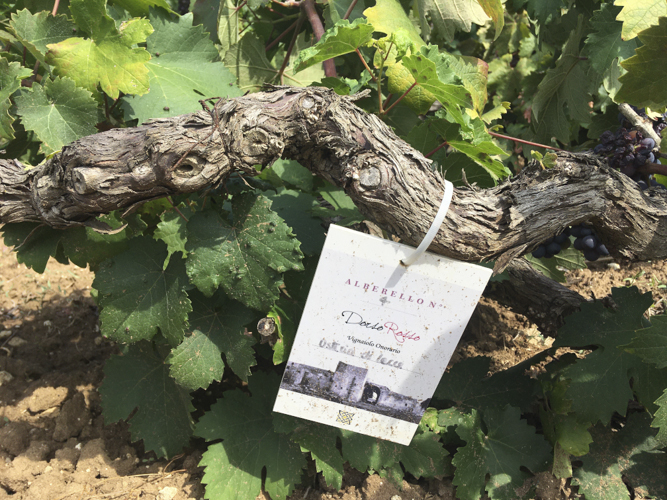
‘This is to preserve the alberello which is crucial to the wine culture here in Salice Salentino, ‘explains Roberta. ‘So we have set aside 1500 plants that can never be abandoned or dug up. This way, passionate winelovers own a numbered Apulian bush wine, a tradition of cultivation stretching back three thousand years. This type of vine faithfully reflects our soil, climate and native grapes. A whole concept of winemaking.’
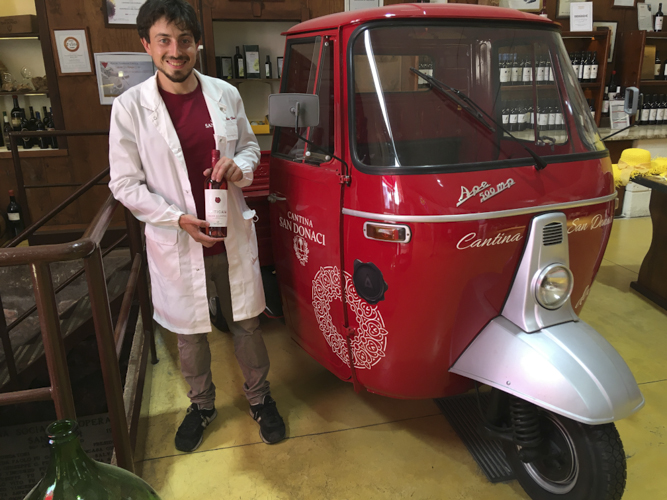
A visit to this historic 1933 Cantina Sociale is like stepping back in time, with friendly ladies busily filling bottles with wine, a bright red retro three-wheel camionetta on display, and shelves lined with an impressive display of the latest vintages produced from the grapes of the 300 Soci, the cantina’s historic members.
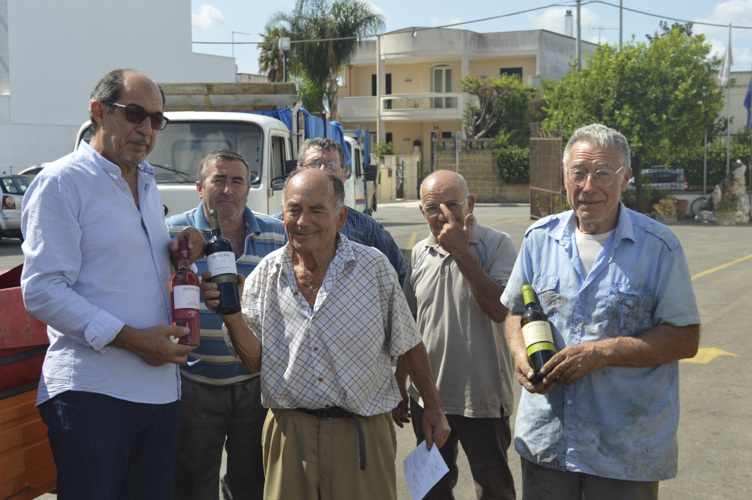
San Donaci’s Cantina Sociale has long played a crucial role in the daily life and economic survival of Salice Salentino’s rural world, beginning when smallholder farmers grew grapes alongside cultivating olives, planting cereals and rising livestock. No one had the money to invest to make their own wine, so the Cantina Sociale came into being, a cooperative owned by the vignaioli, providing a regular income by buying grapes, and producing wine in both bulk and bottles. Today, ambitious winemakers make and bottle their own wines, many Cantine Sociali have fallen into bankruptcy, but under the dynamic direction of their President, Marco Pagano, San Donaci has moved with the times, transforming itself into a niche boutique cantina, cultivating just 300 hectares of micro plot vineyards, many traditional bush vines of native grapes, aiming to produce quality wines, rather than a huge industrial winery.
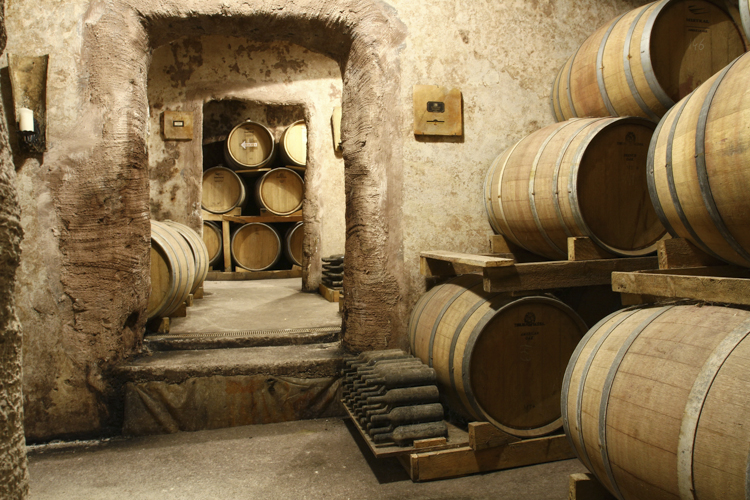
Underneath the boutique and modern winery lie the original 1930’s cement cisterns, transformed today into a mysterious maze of tiny barrel-ageing rooms, where the current oenologue, Andrea Scarafile, admits to finding as much inspiration for his winemaking as modern techniques.
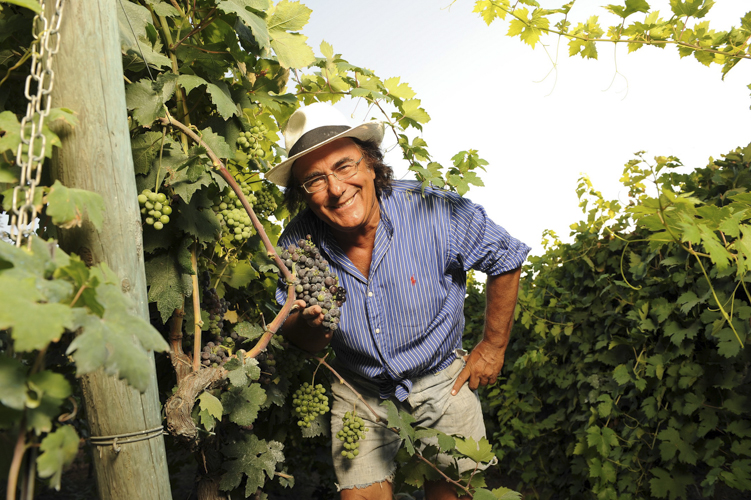
Celebrity vineyards may range from those of Brad Pitt and Madonna to Antonio Banderas and Sting, but in reality, few of these megastars are really involved in the winemaking. That is not the case though for Salice Salentino’s very own celebrity vineyard, founded back the late 1960’s, way before it was fashionable, by local hero, Al Bano Carrisi, one of Italy’s most famous crooners, whose fame stretches to America, Russia and China, where fans also love his wines. Born right here in the village of Cerrino San Marco, where he still has his family villa, Al Bano, as everyone calls him, is a proud defender of Puglia and its wines, recounting how, ‘when I found success as an entertainer and started travelling the world, it was clear that my family missed me in our home village, so I made a promise to my father to stay faithful to my Pugliese roots. I started buying vineyards, and in 1972 we inaugurated the cantina.’ Today that small cantina is totally modernised and enlarged, producing 2 million bottles a year from an 100 hectare vineyard that encircles the property. Apart from a wine shop for tastings and a restaurant specialising in local cuisine, there is a sprawling village holiday resort, swimming pools, spa and an attraction park for kids.
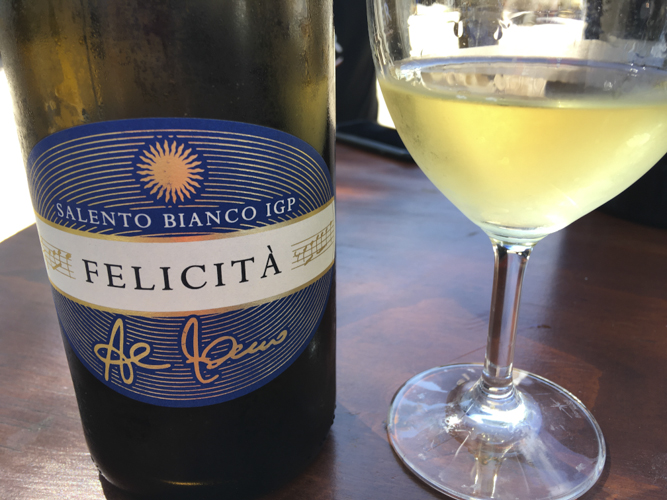
The perfect combination of wine, food and warm Pugliese hospitality, that the maestro promises in his most famous song, Felicità, also the name of his signature Chardonnay.
Where to eat
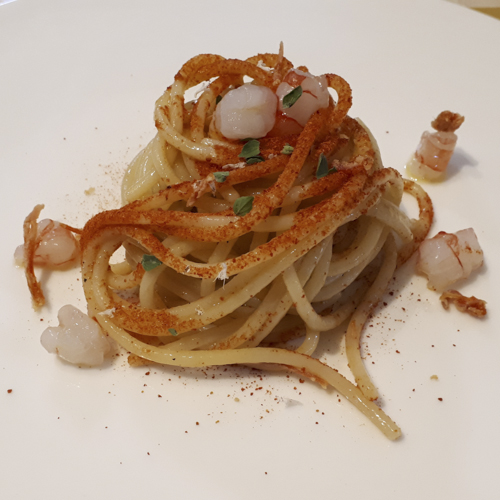
A romantic restaurant located in an ancient quarry and wine cellar, whose chef creates innovative dishes with Puglia’s wonderful local ingredients, from fig and almond risotto to spaghetti with plump prawns and savoury bottarga.
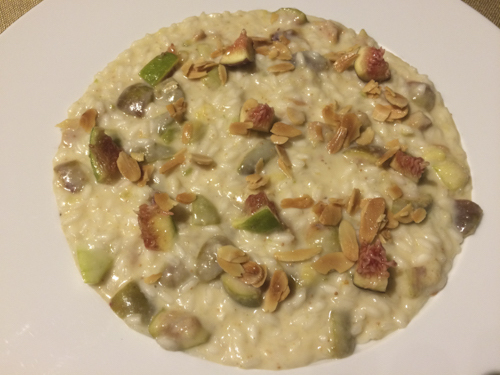
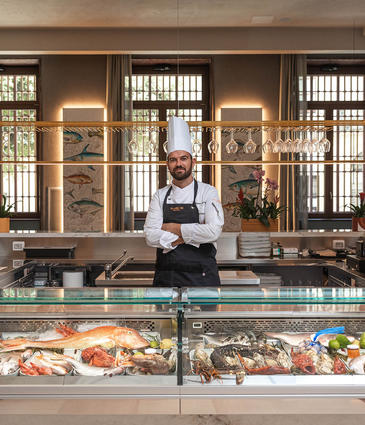
Housed in the majestic marble offices of the former Banco di Napoli, this is a top fine dining address in Lecce. Choose between contemporary inventions and wonderful Puglia specials like grilled turcinieddhri, lamb offal, or bombette, minced beef wrapped in bacon and stuffed with melted cheese.
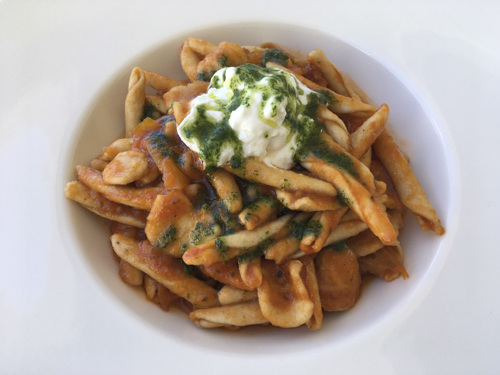
Hang out with local vignaioli at this favourite lunch spot in the winemaking village of Guagnano, a canteen deli serving heart rural dishes like handmade orecchiette with broccoli and deep-fried pettole, dough balls with a rich tomato sauce.
What to do
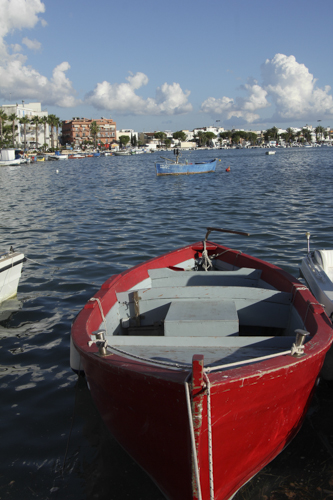
While it is tempting to just relax on Porto Cesareo’s golden sandy beach and the turquoise Ionian Sea, take a boat excursion to hidden islets, sea caves and ancient underwater Graeco-Roman ruins of the pristine Marine Park accessible to the public.
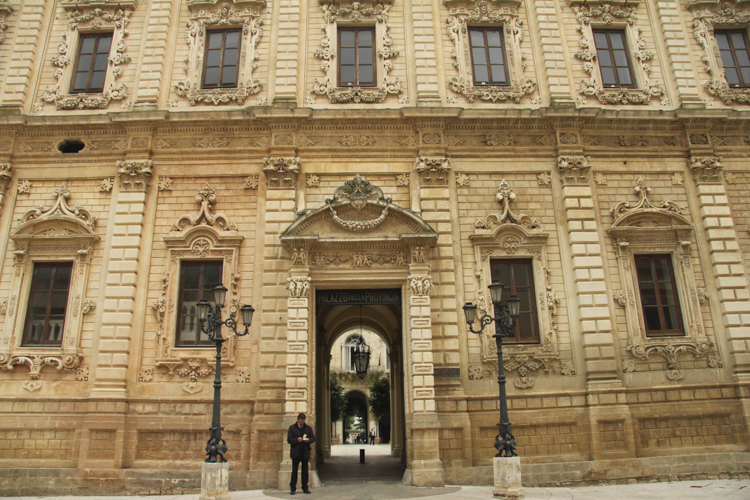
Lecce is Italy’s baroque jewel, a romantic labyrinth of ornate mansions and frescoed churches, grandiose cathedrals and castles, bustling markets and quirky museums.
Where to stay
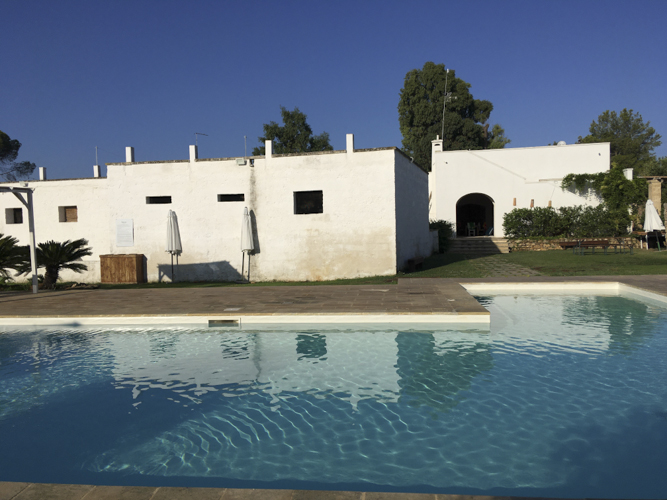
Perfect place to relax after a day wine tasting, this traditional masseria has comfortable rooms, olive and fruit groves, a lively trattoria and fabulous pool.

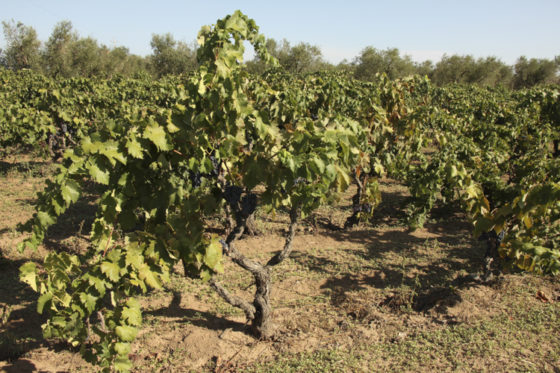
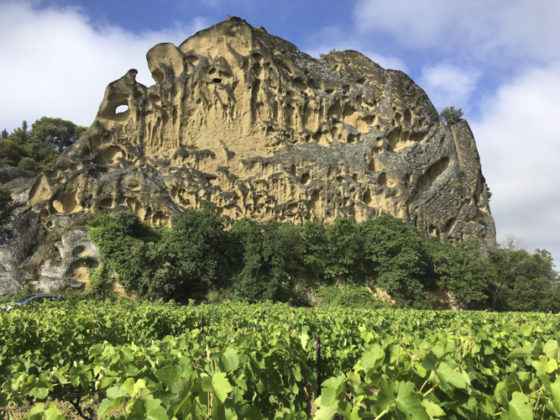
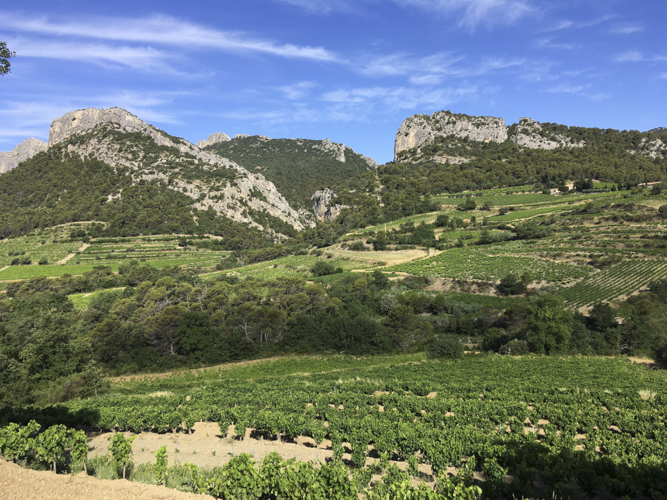
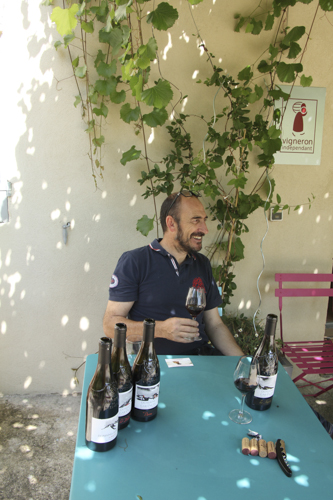
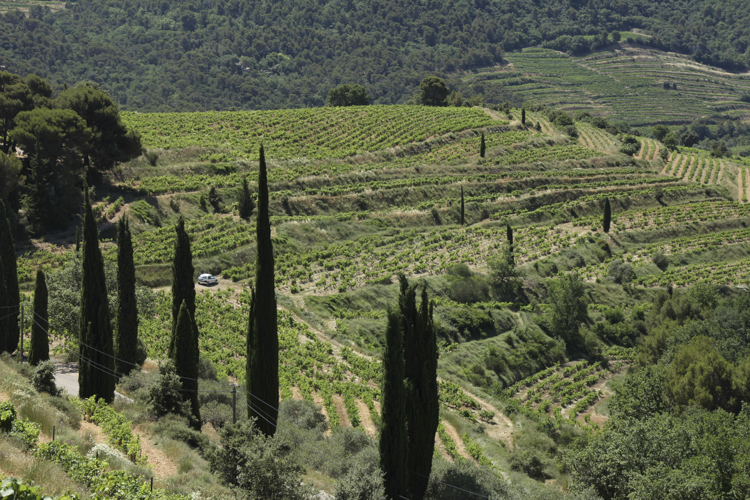
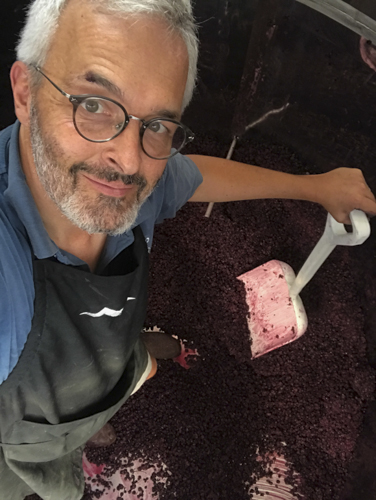
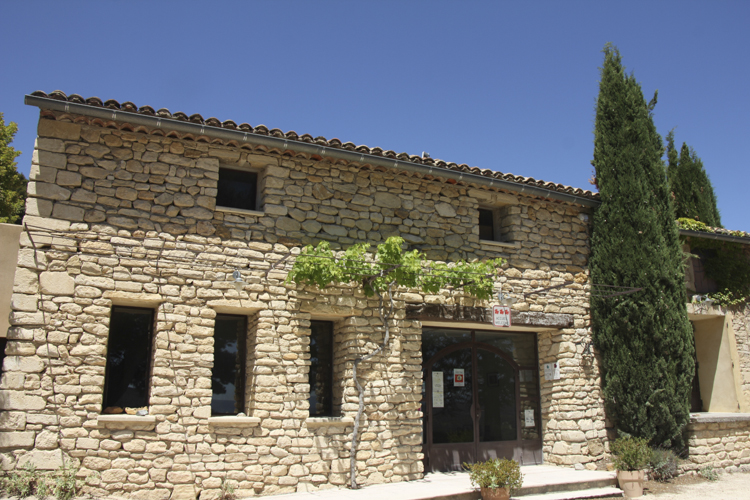
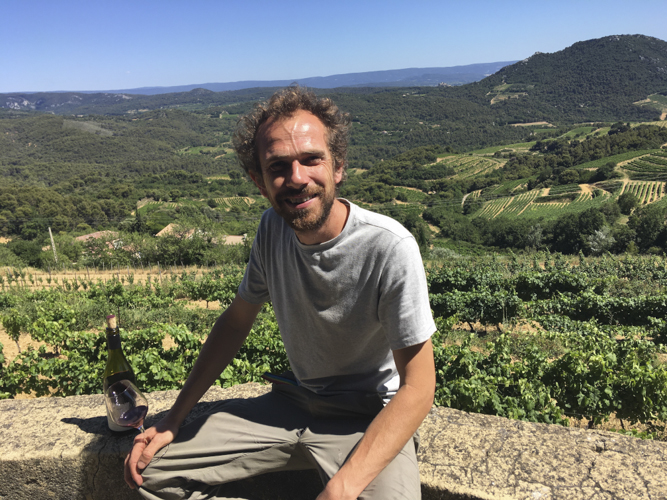
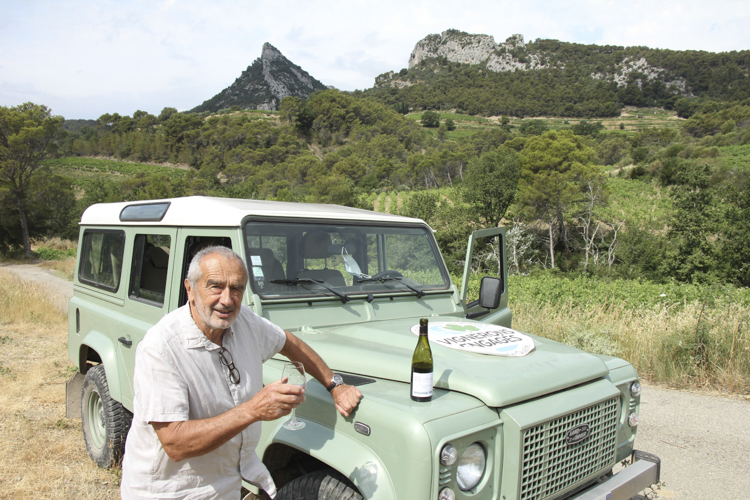
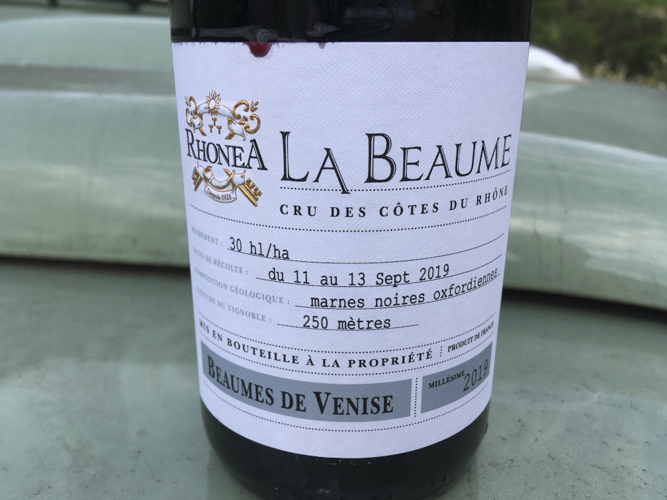
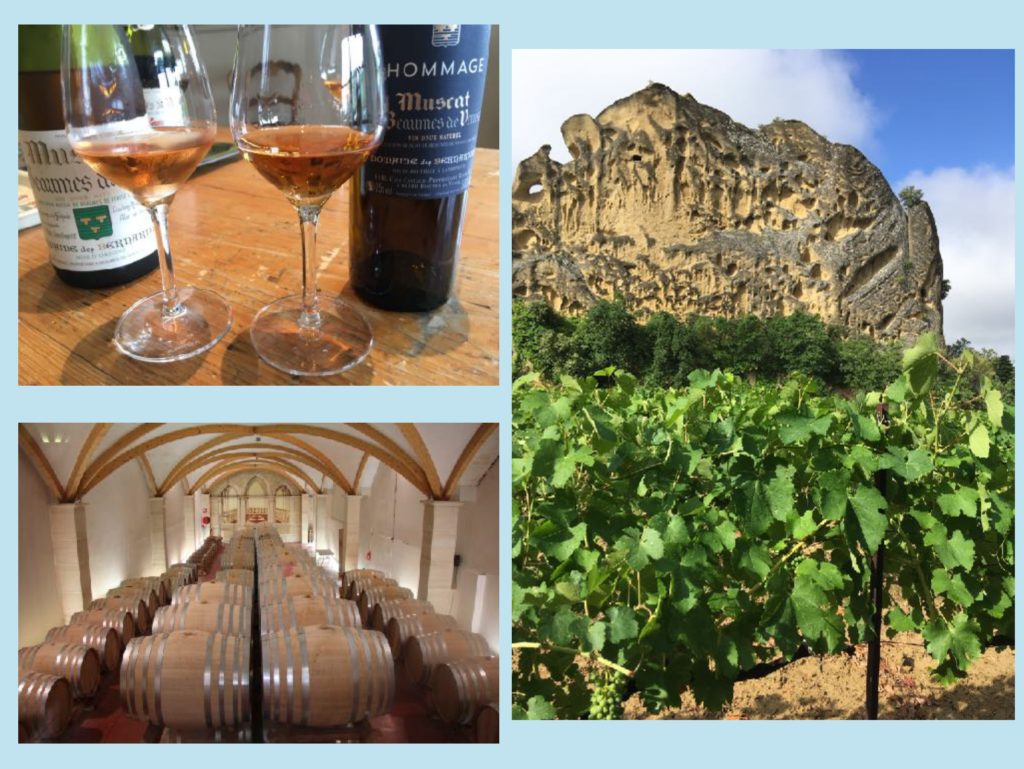
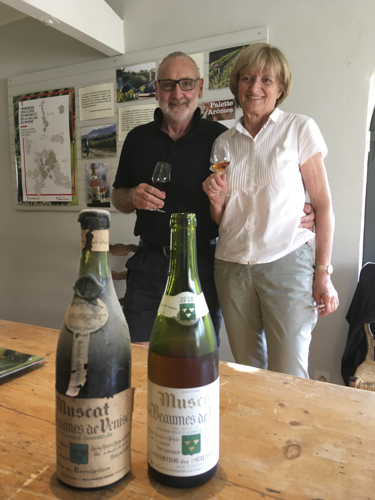
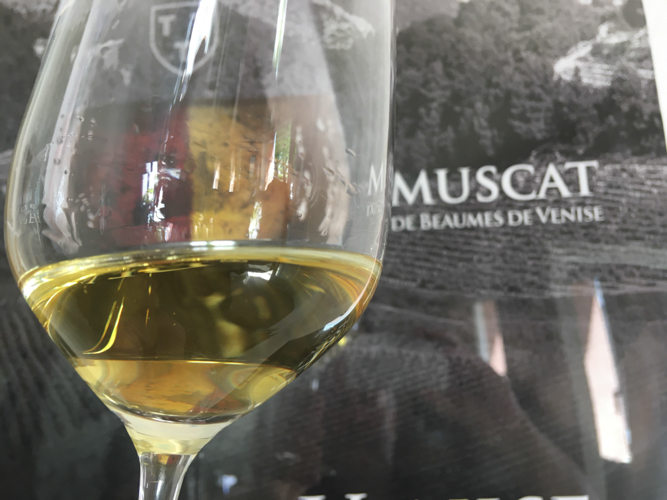
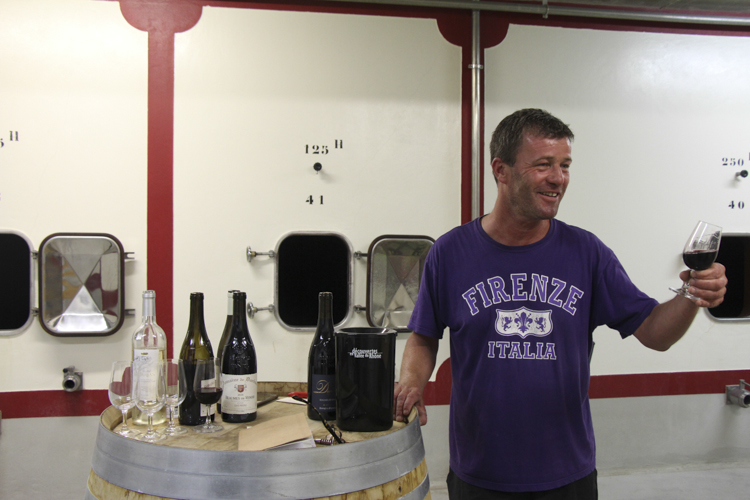
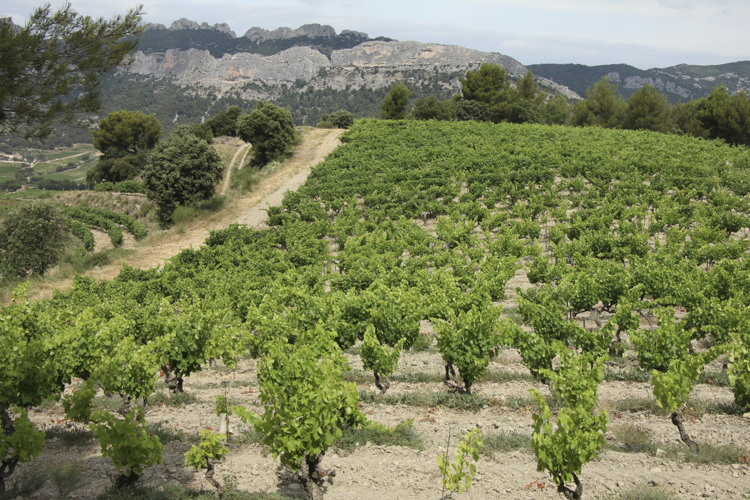
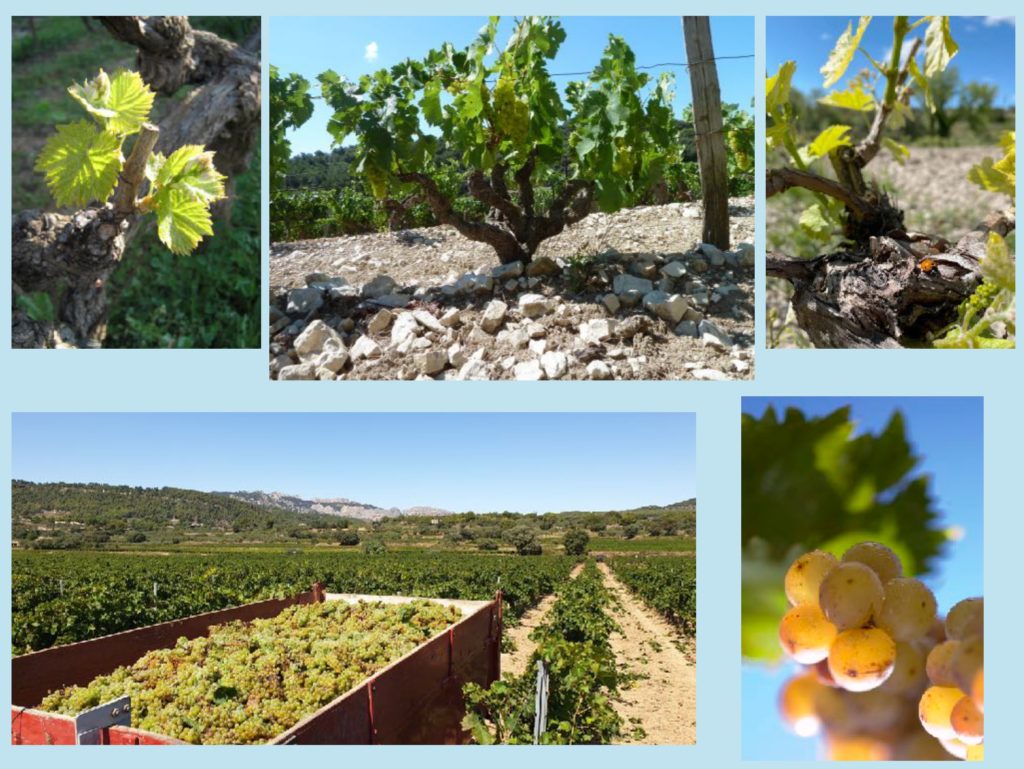
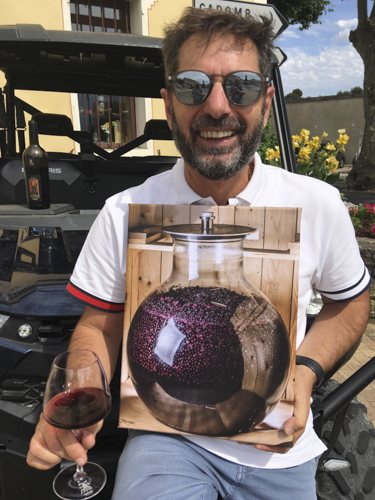
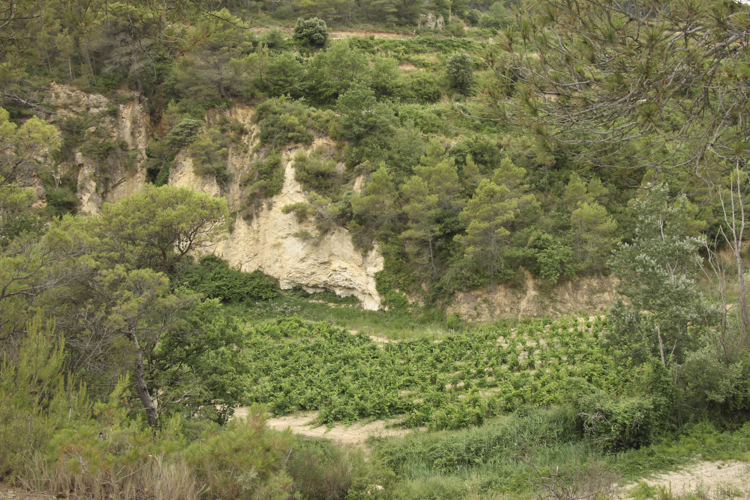
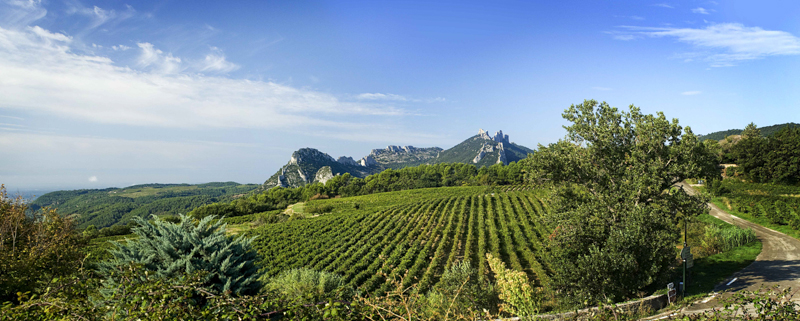
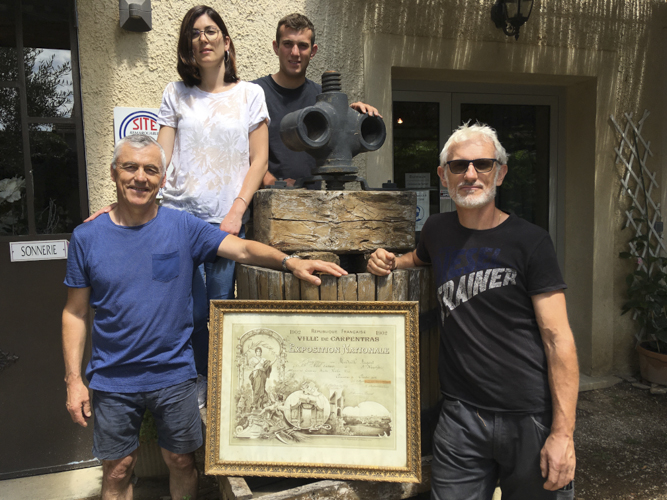
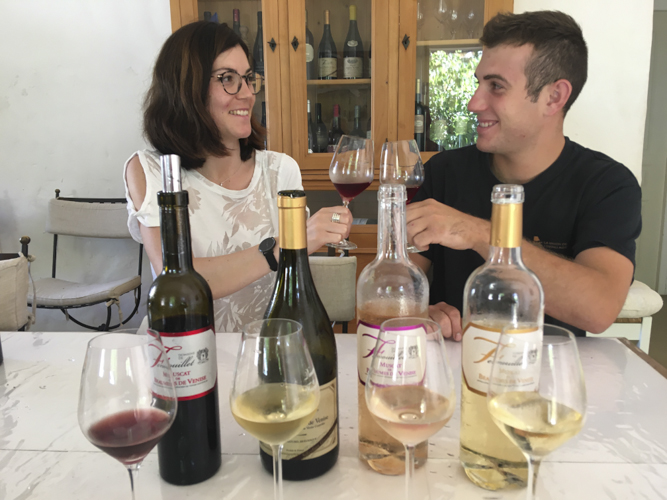
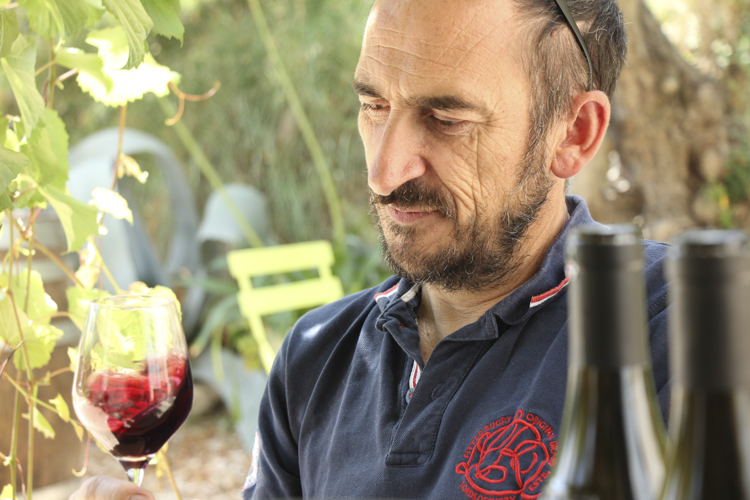
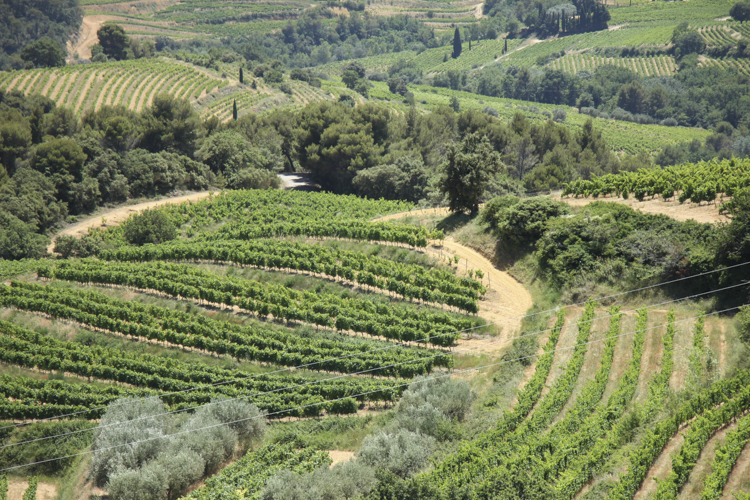
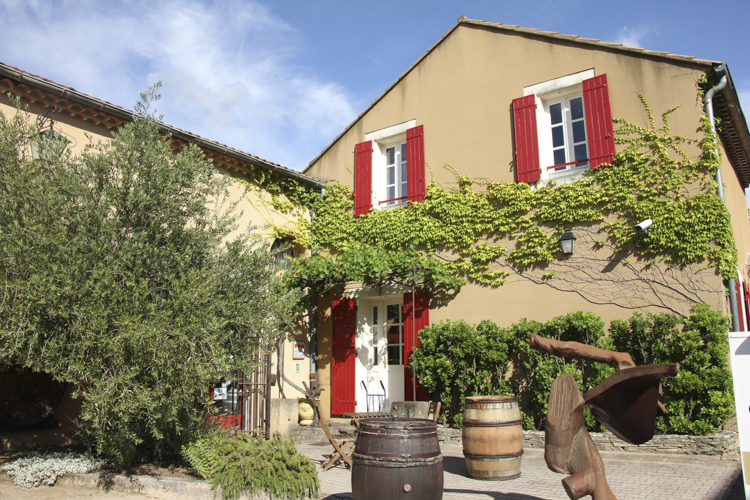
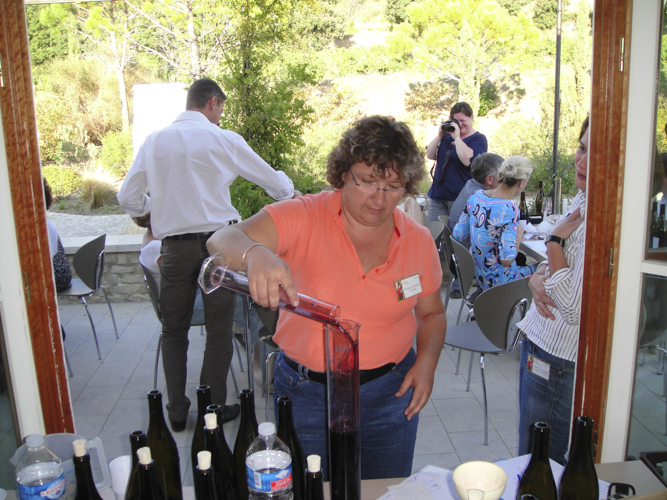
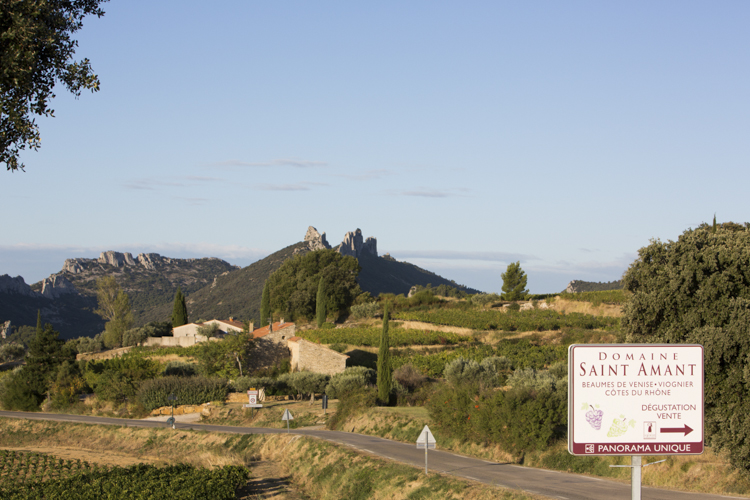
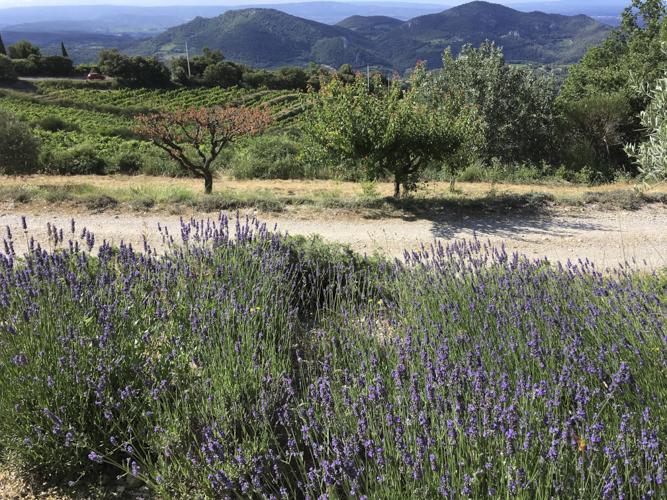
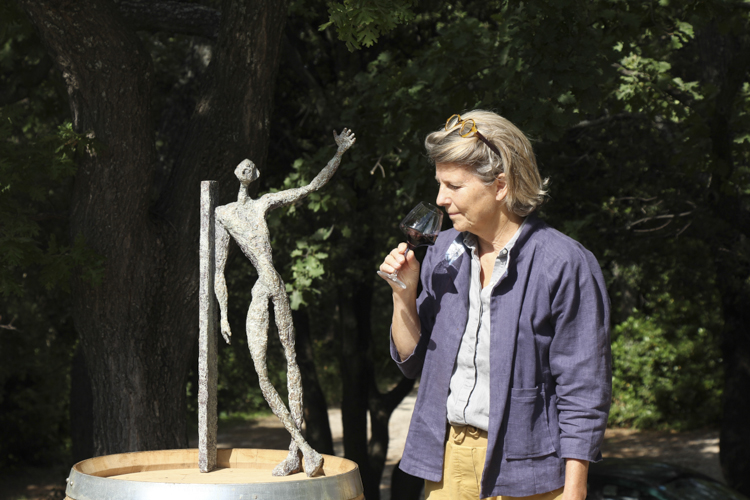
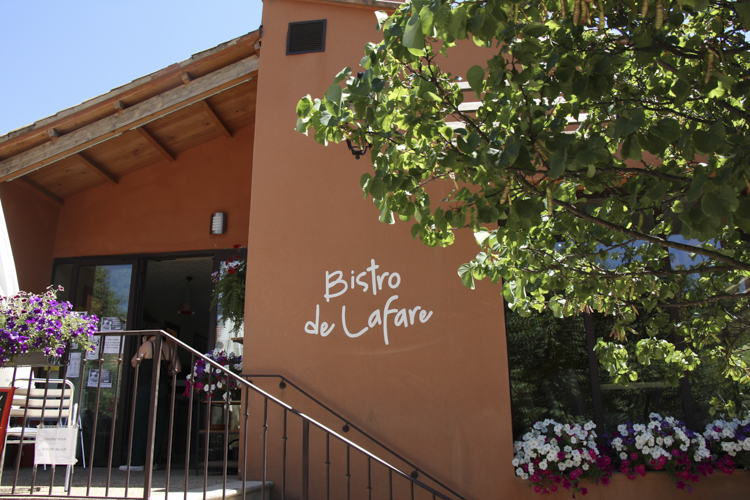
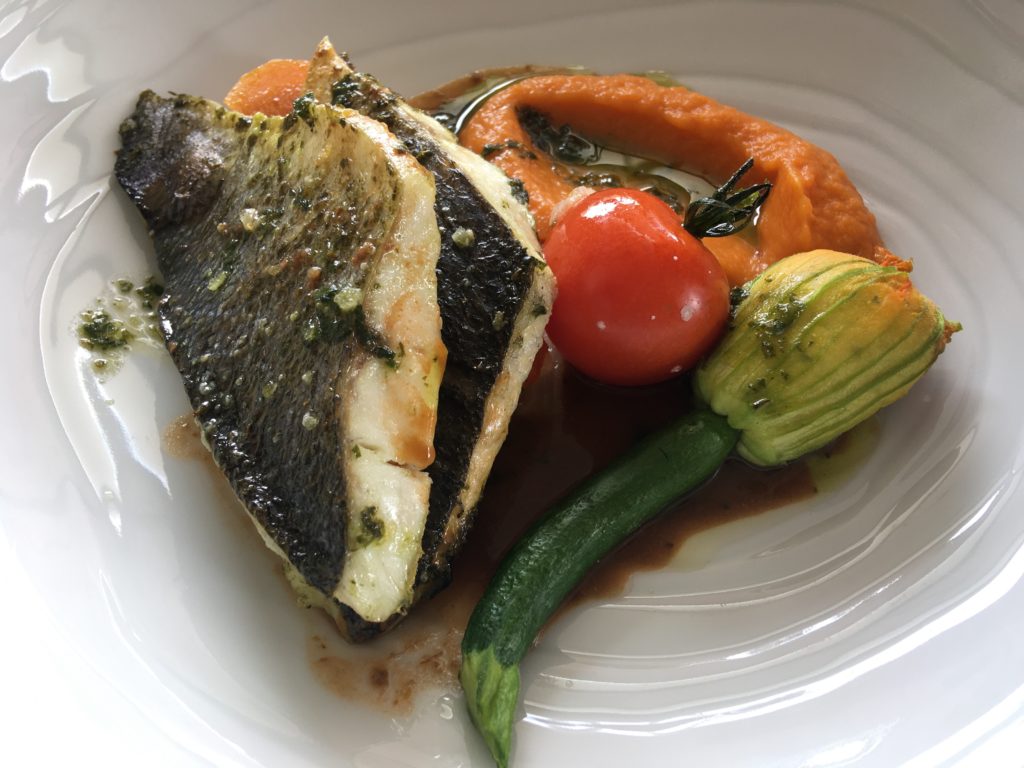
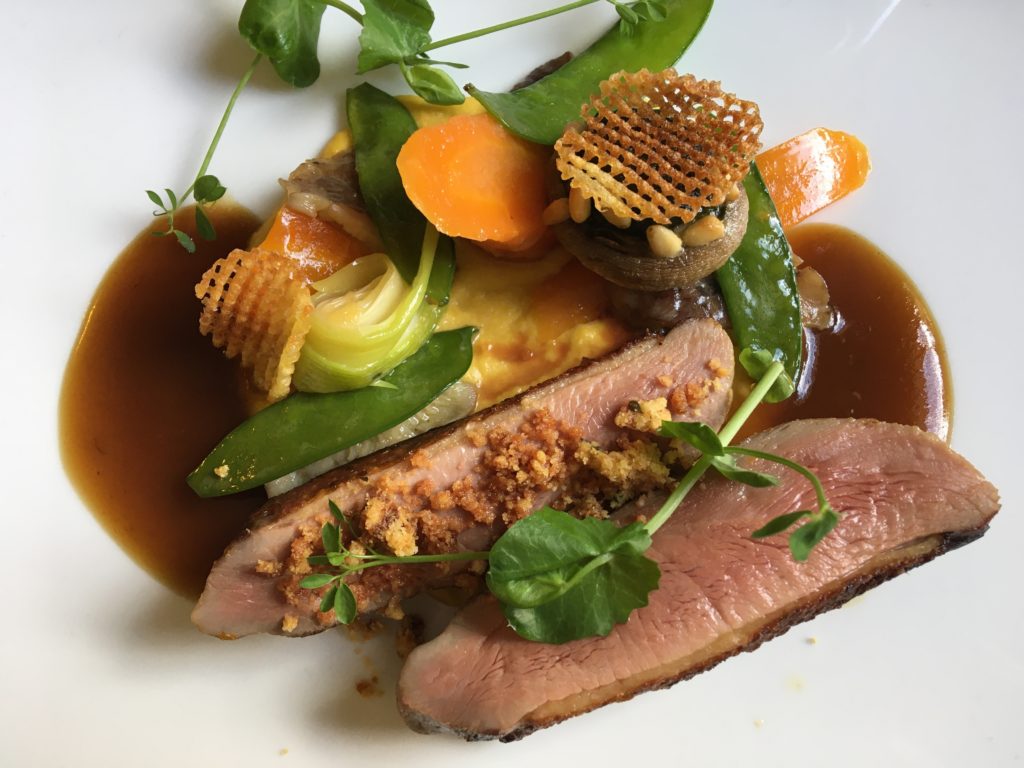
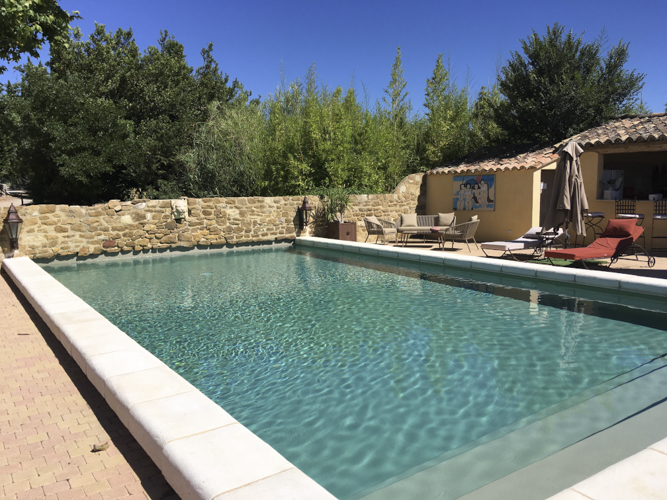
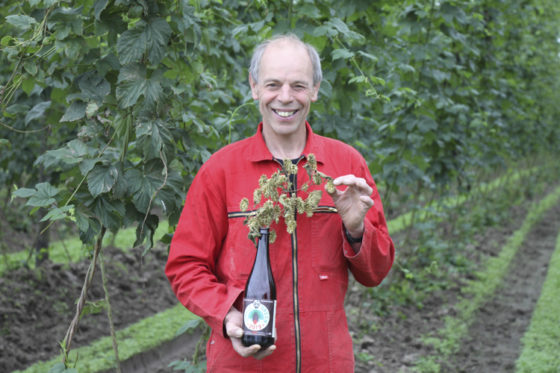
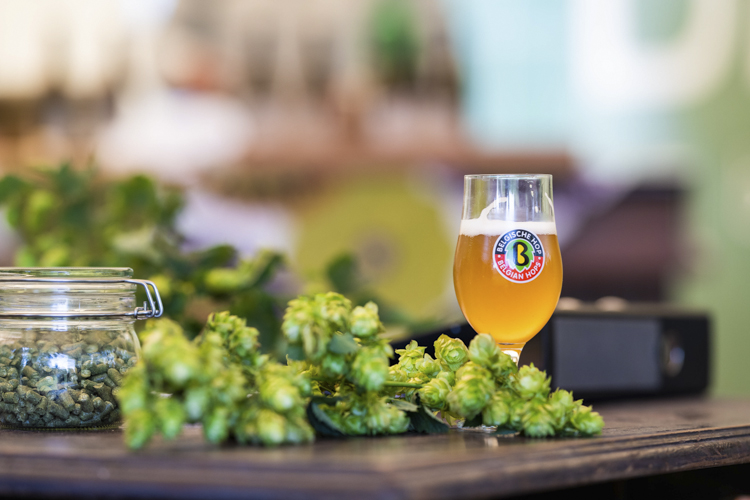
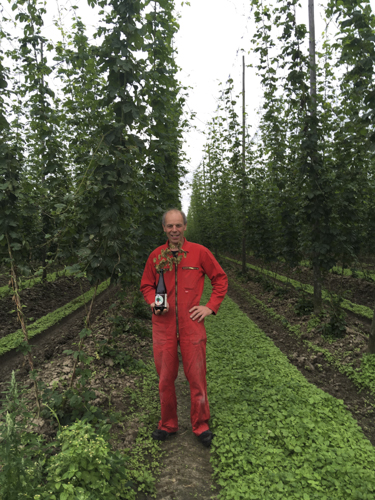
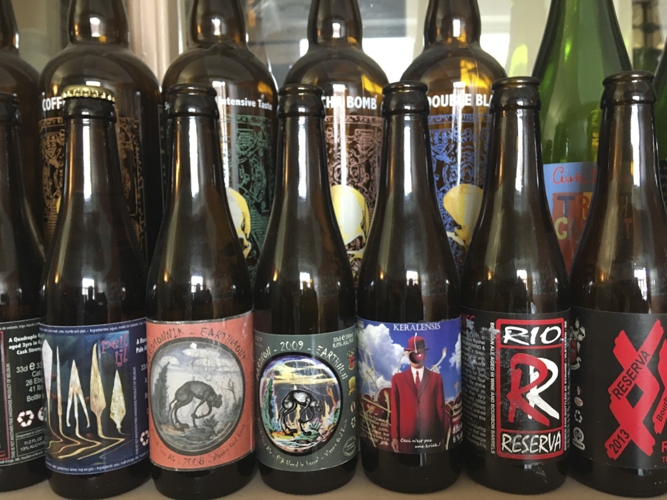
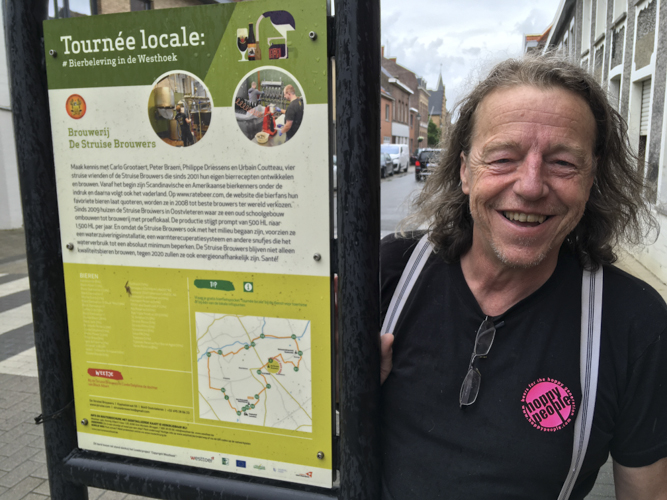
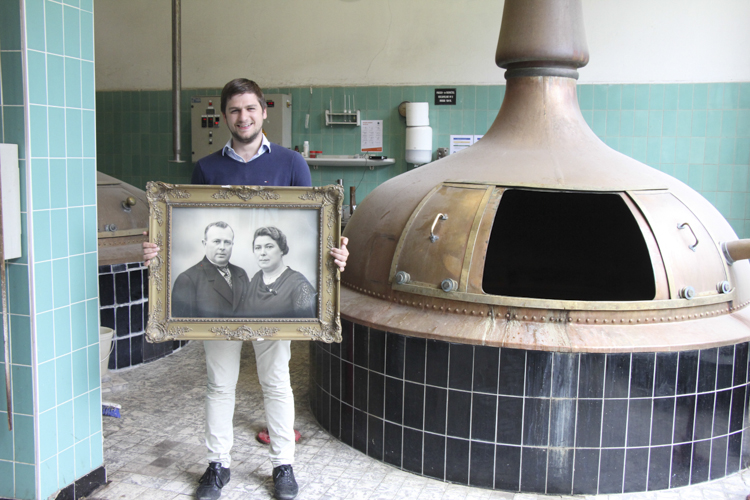
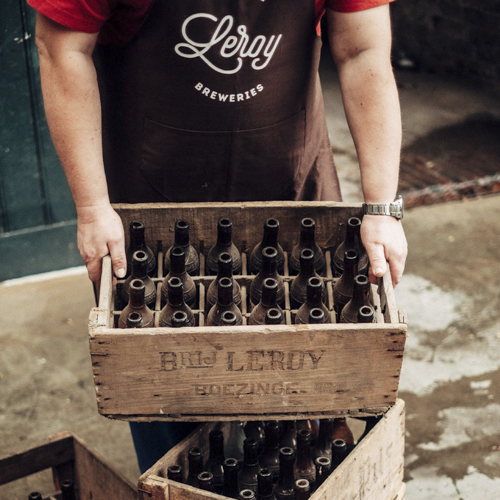

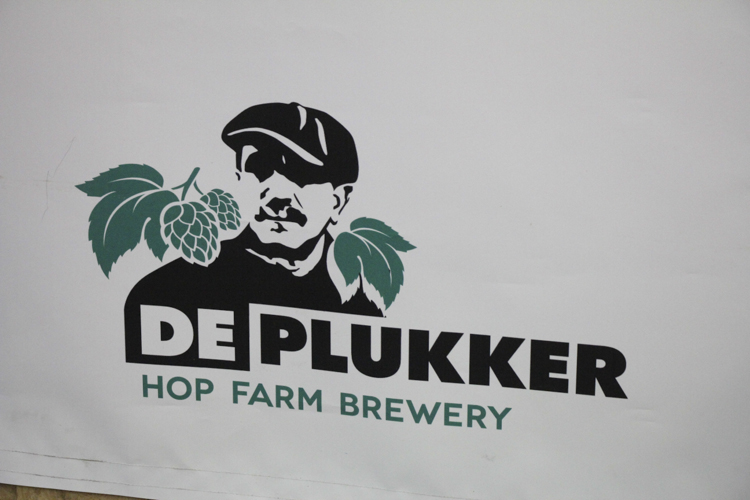
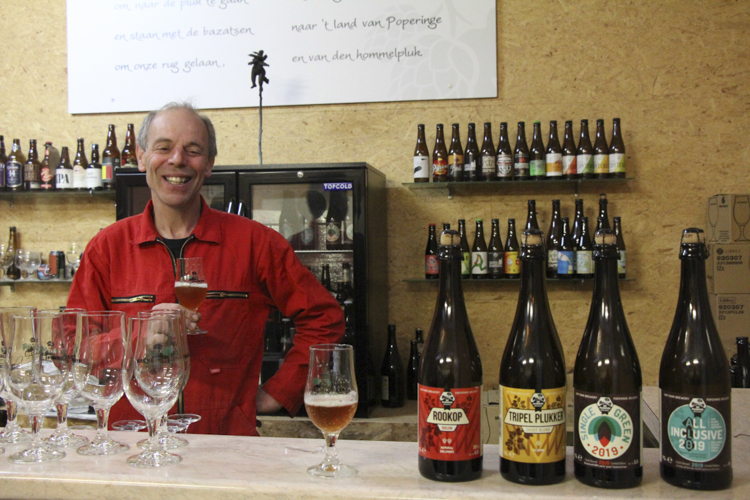
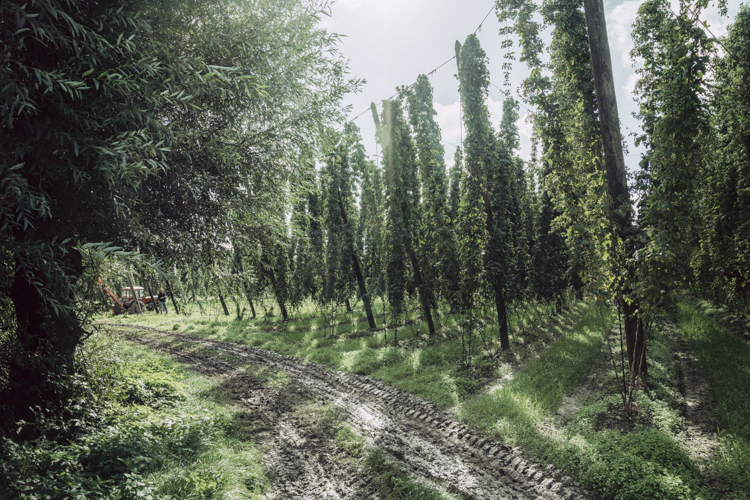
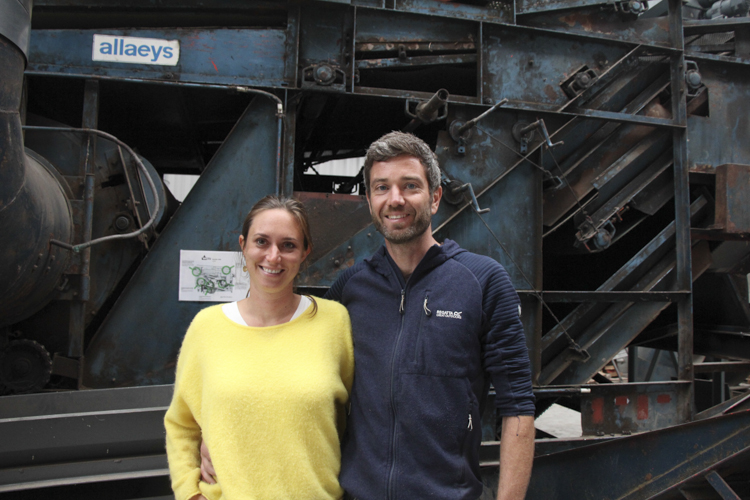
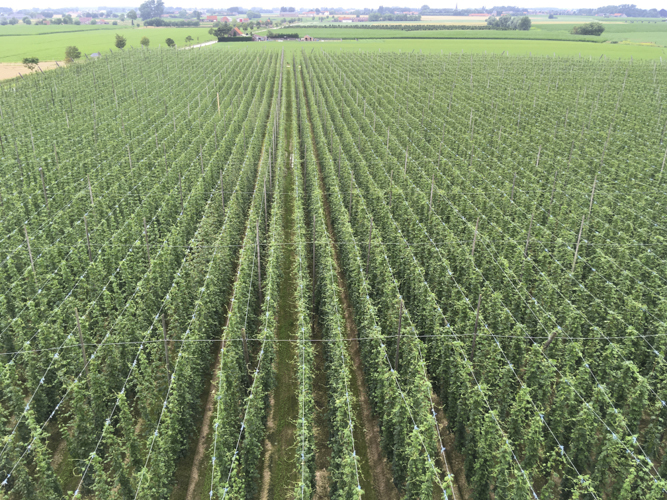
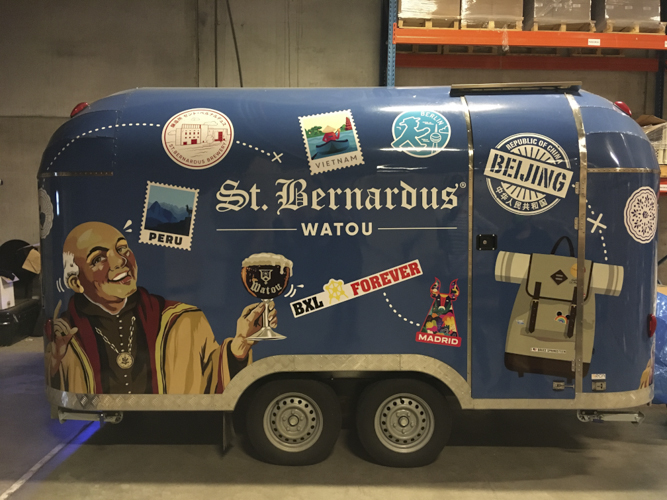
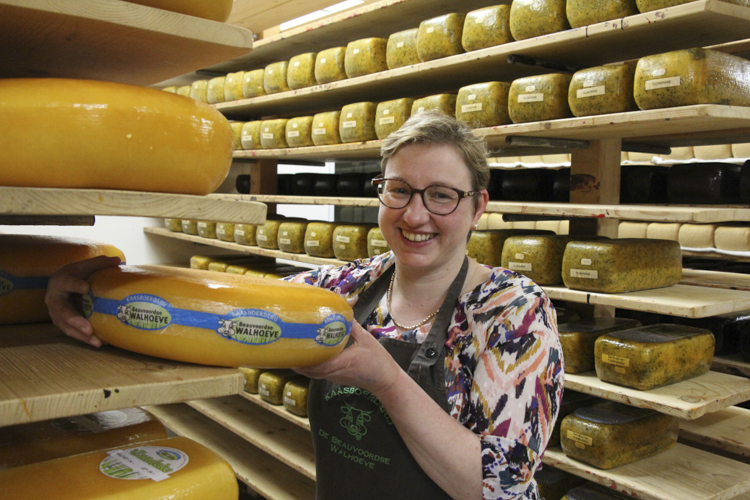
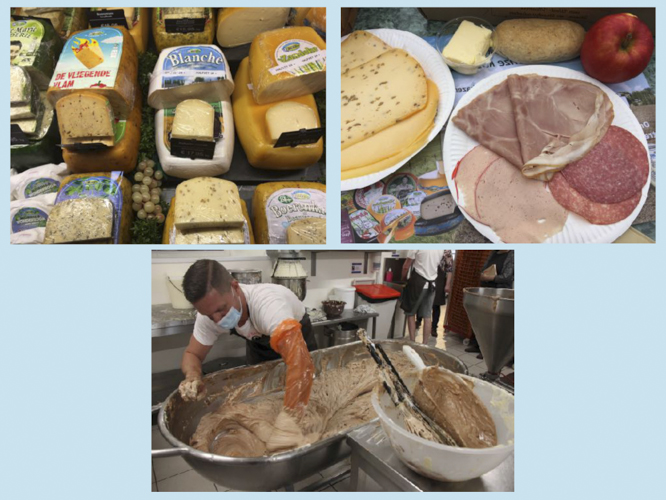
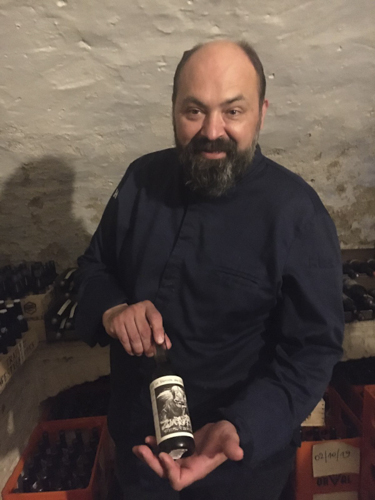
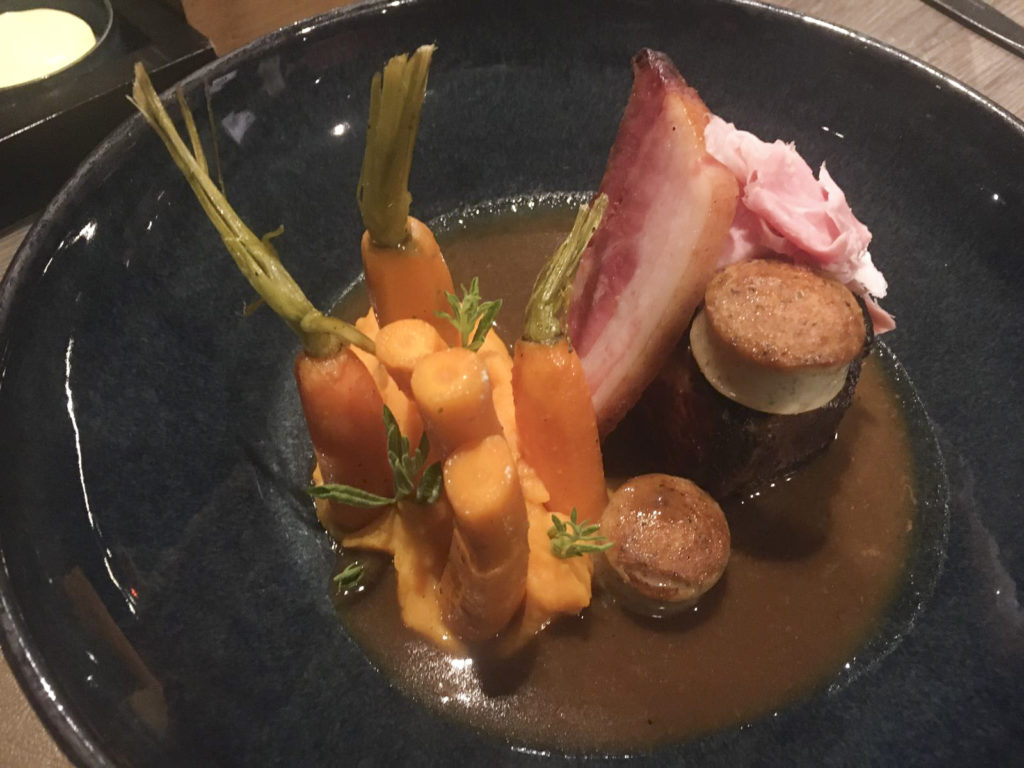
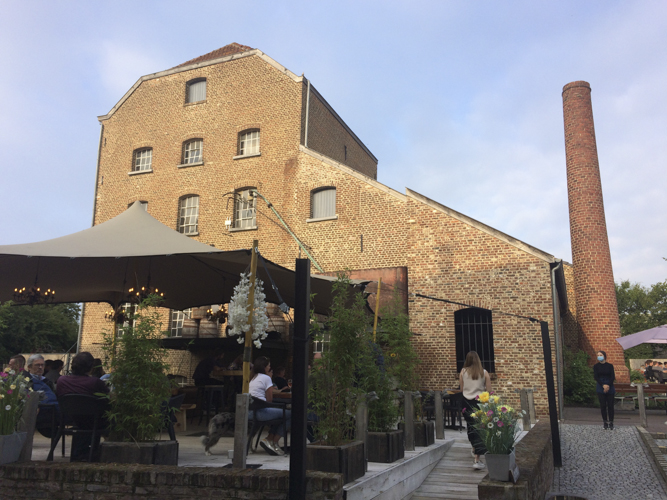
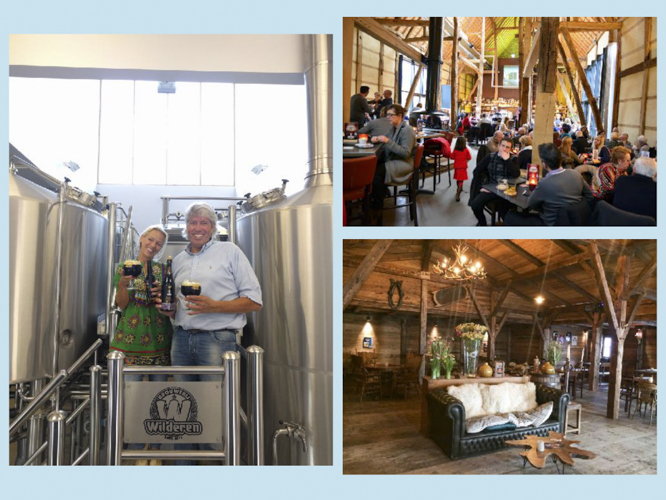
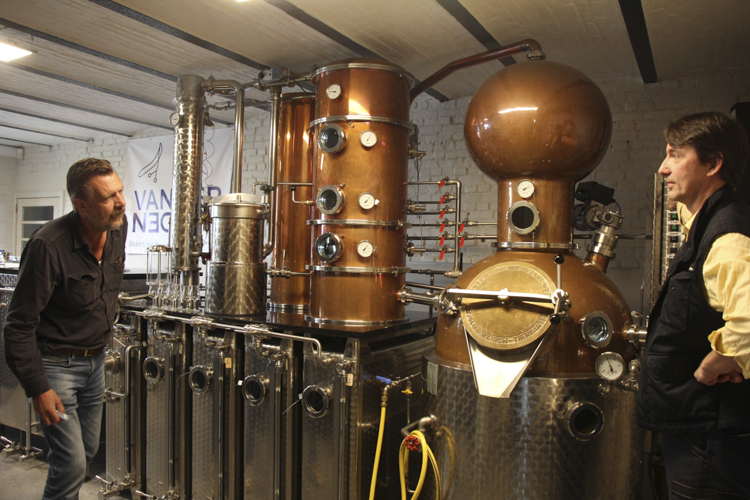
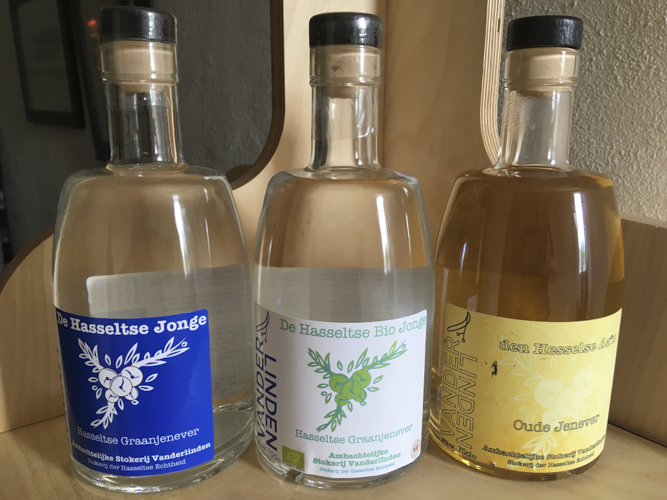
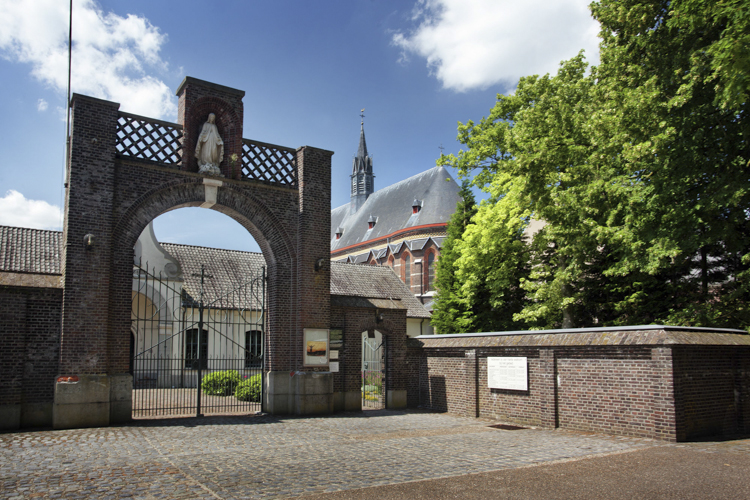
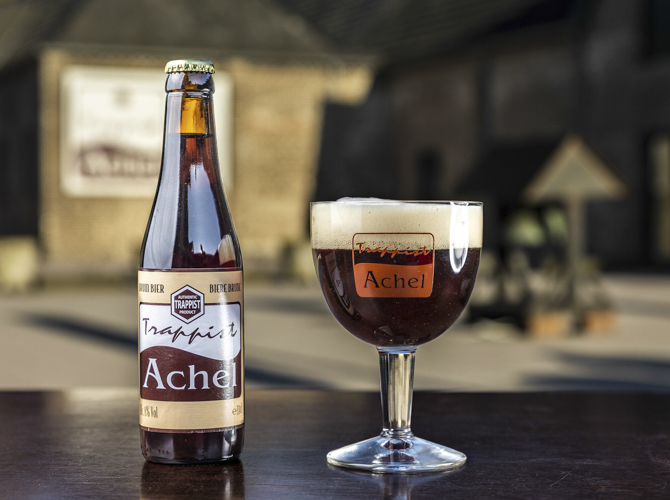
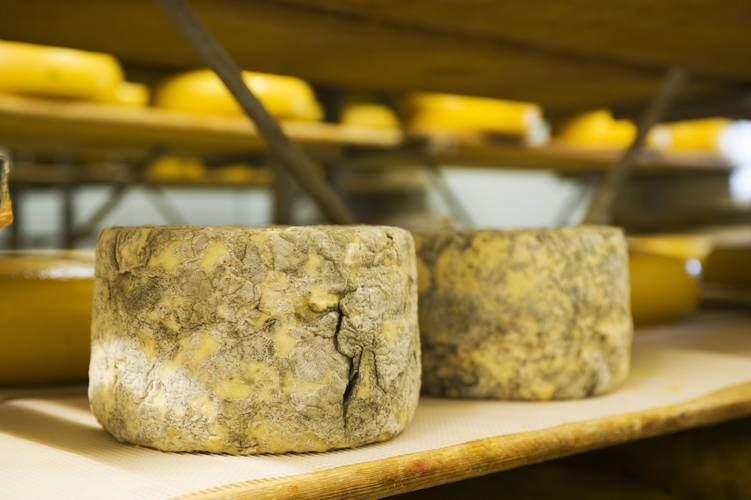
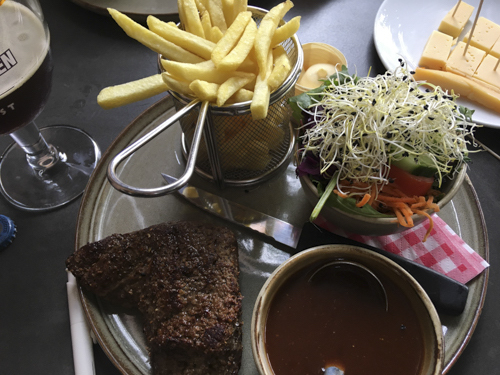
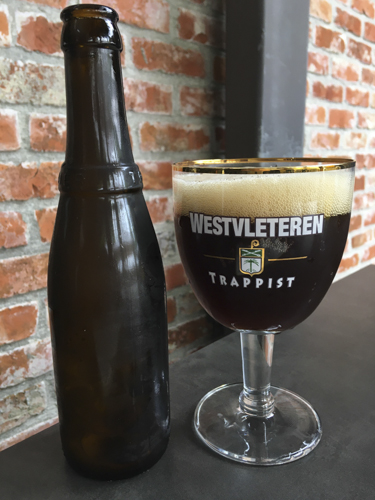
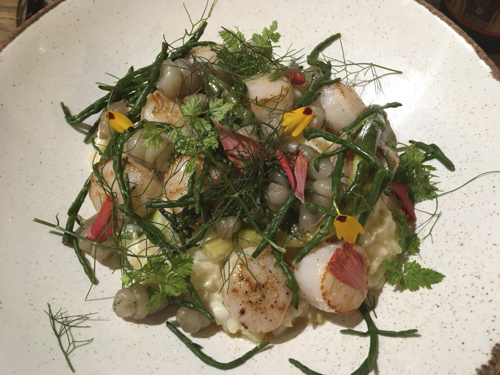
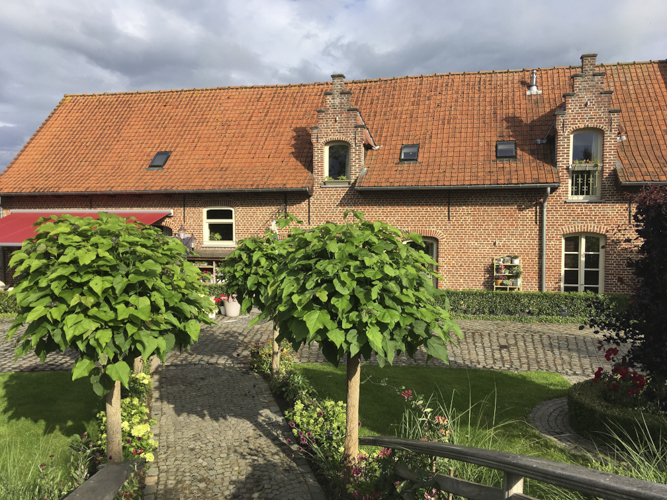
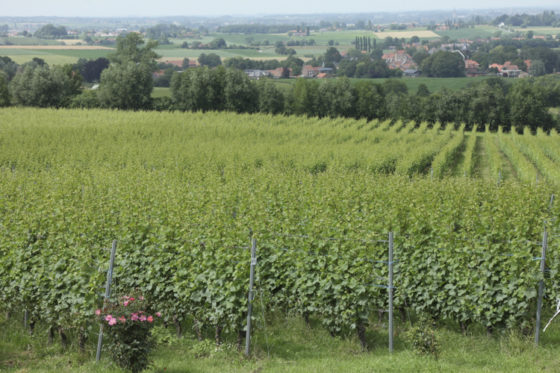
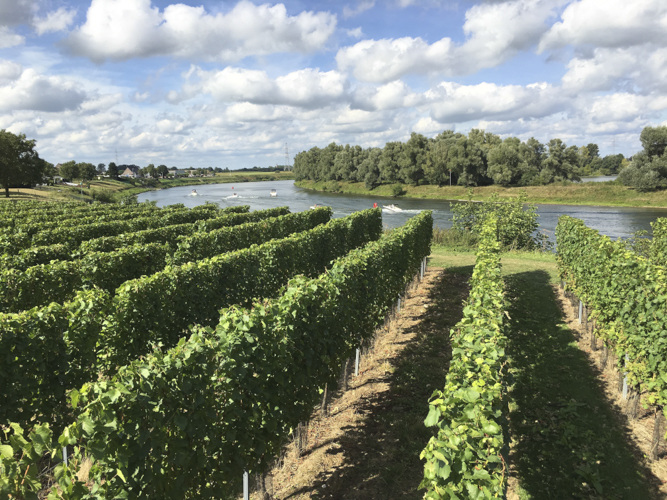
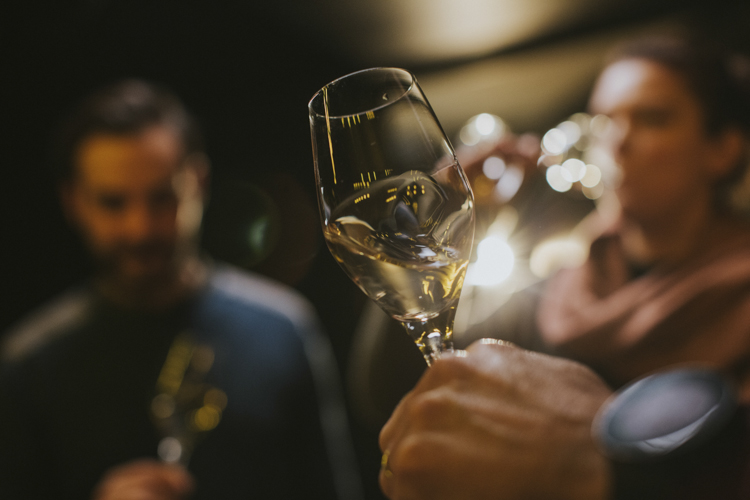
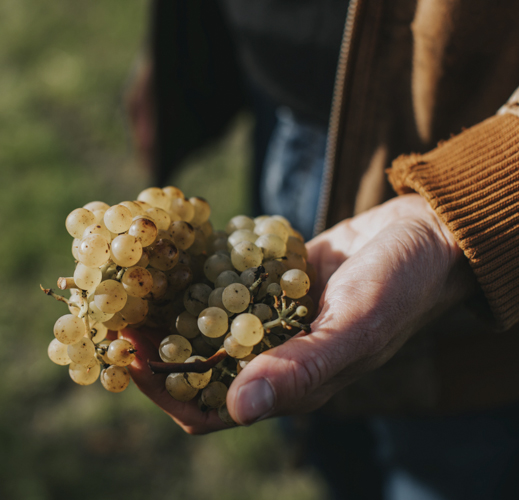
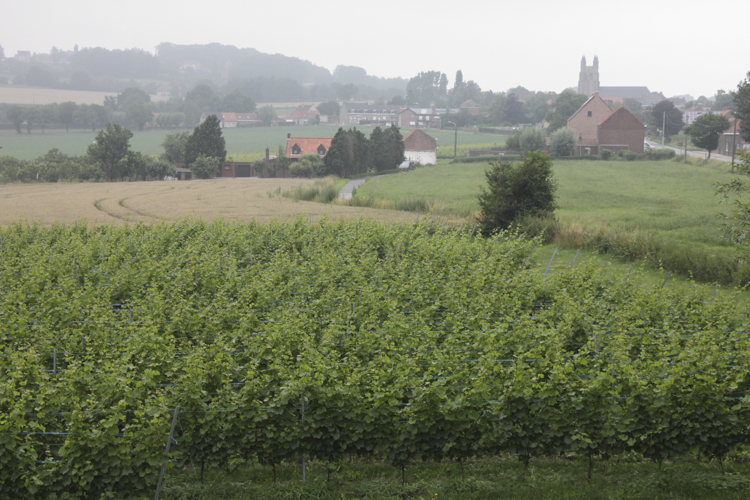
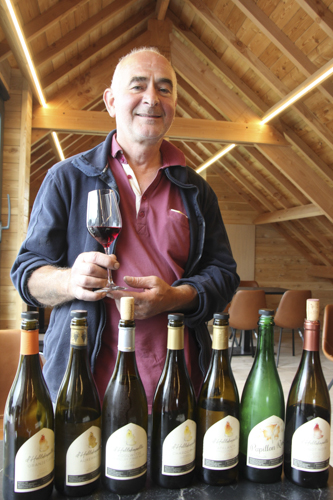
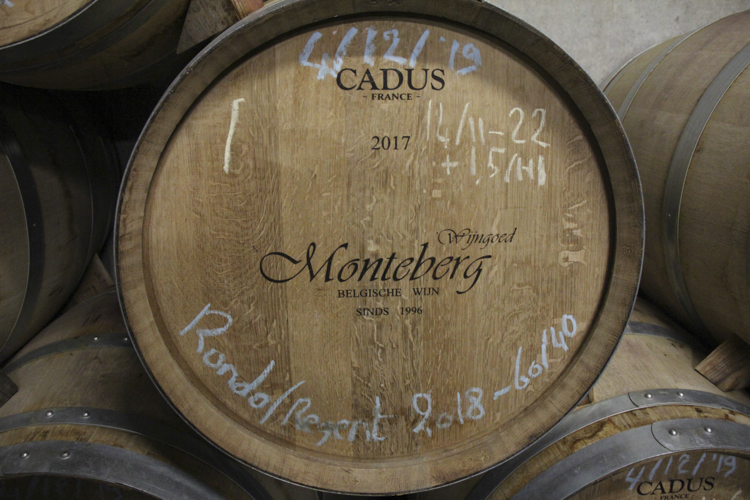
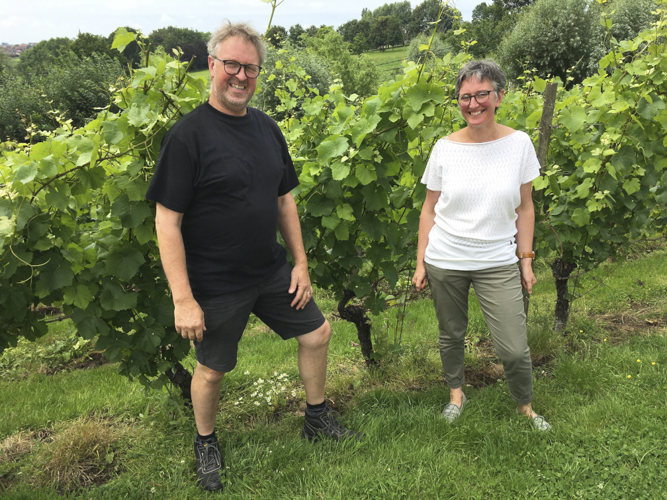
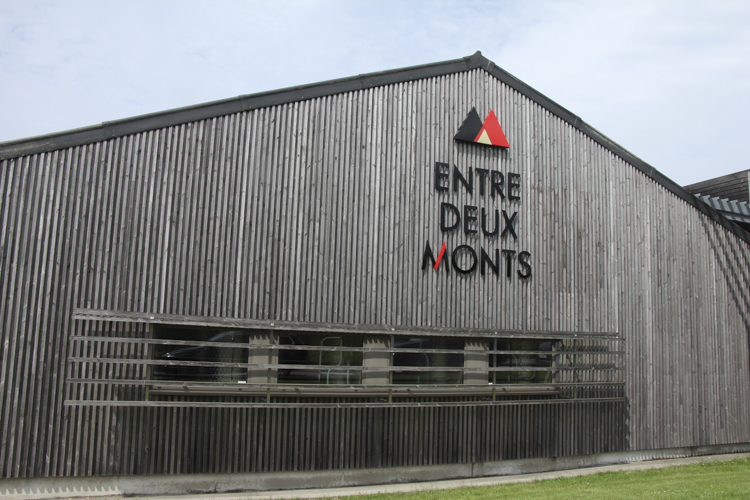
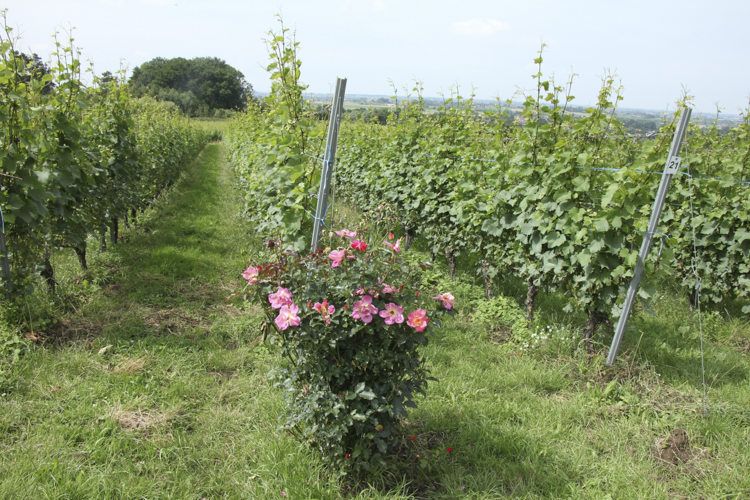
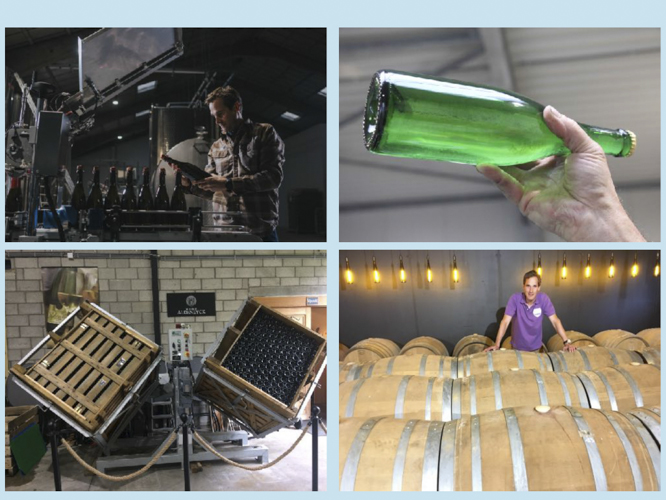
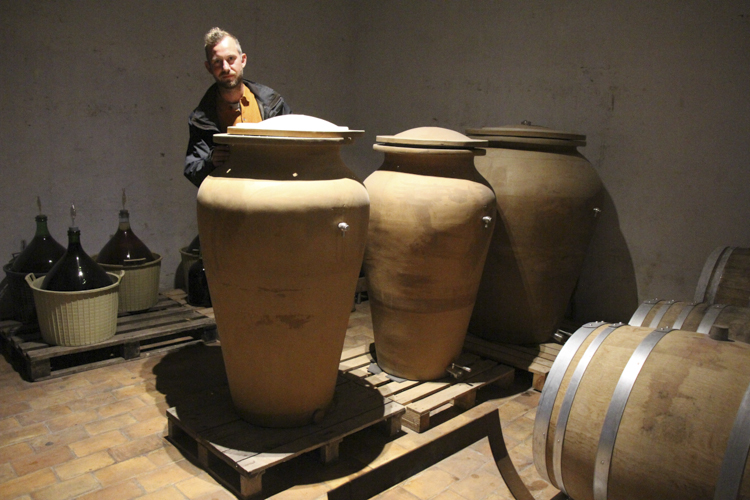
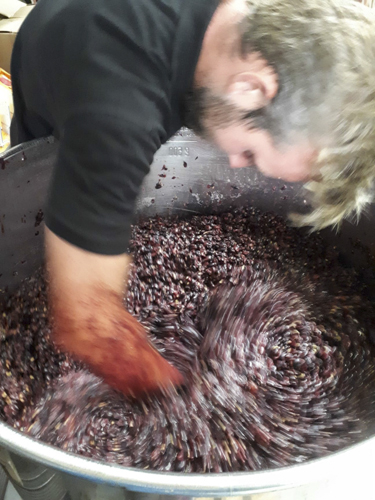
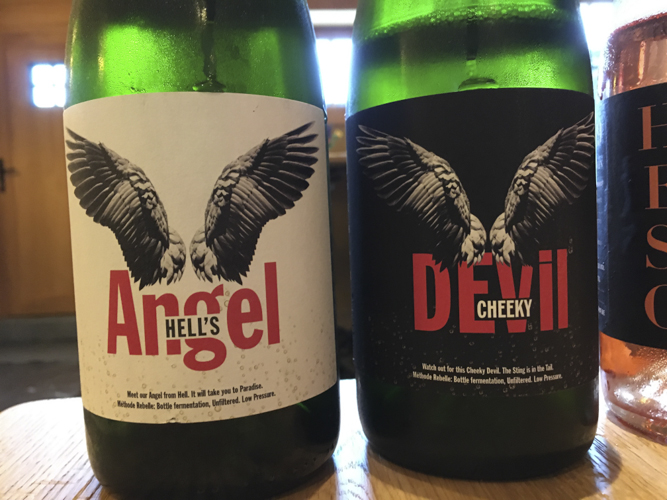
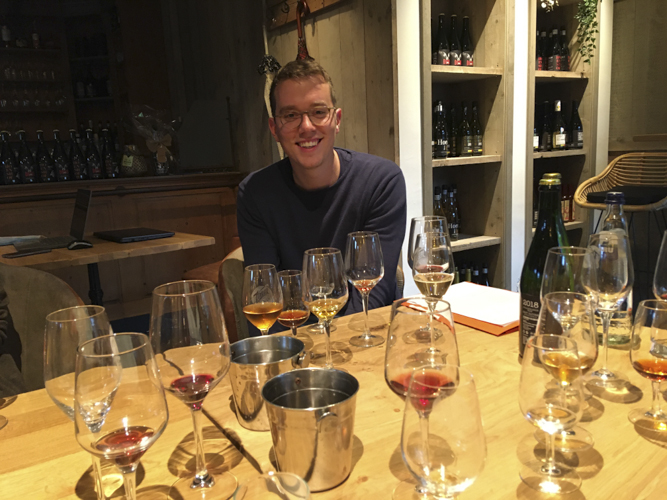
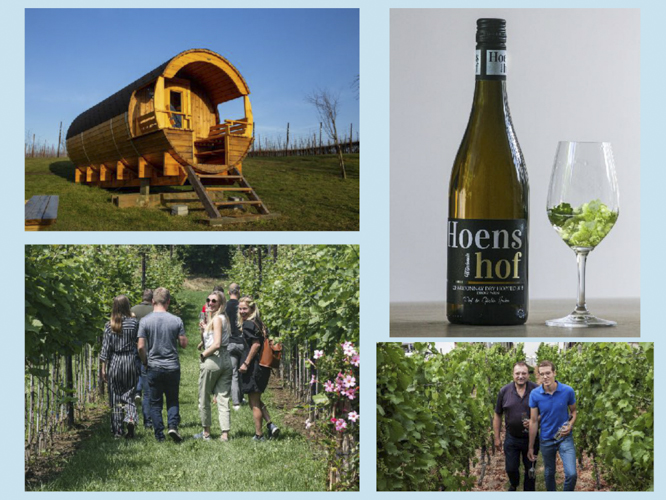
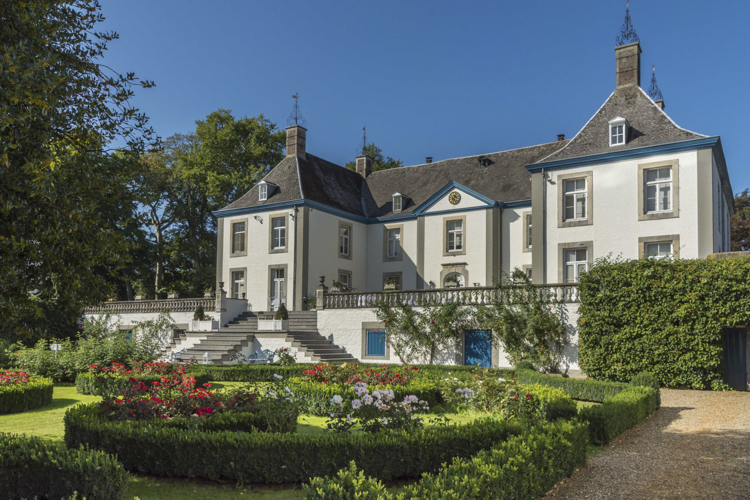
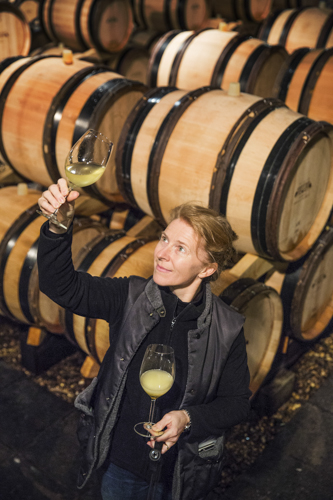
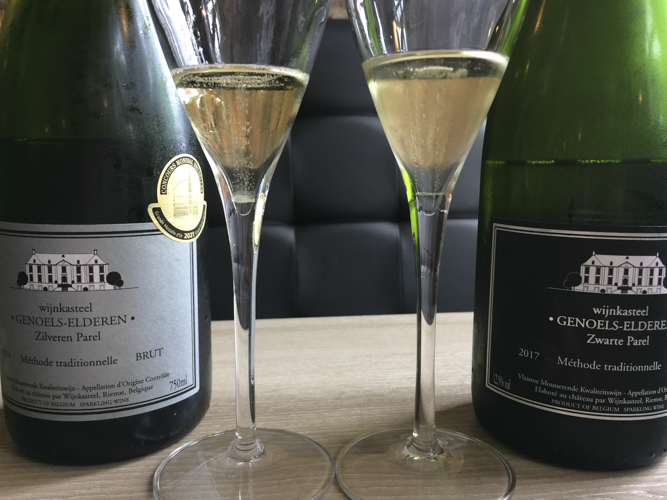
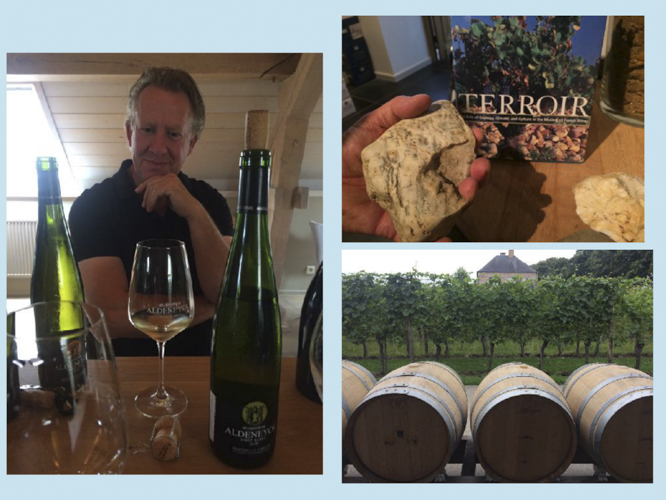
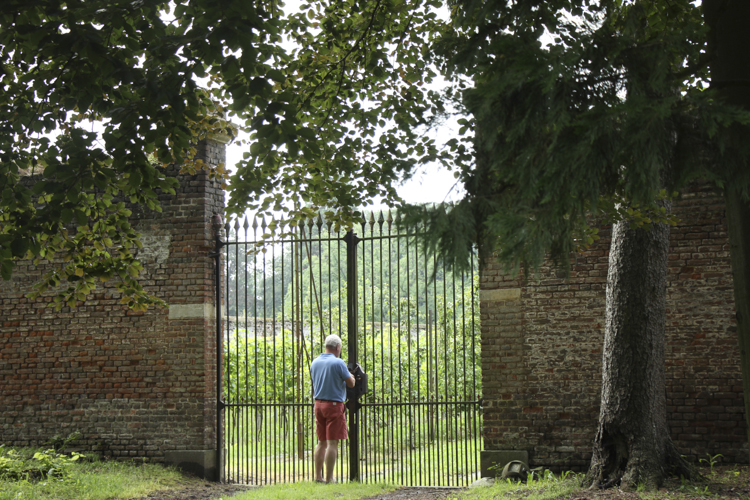
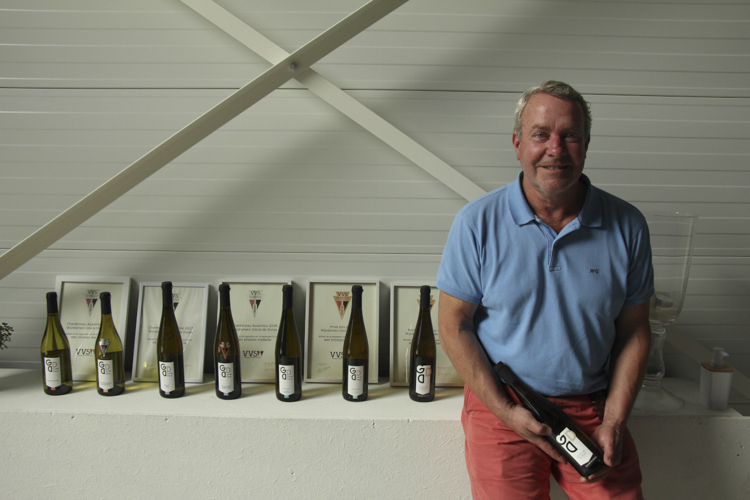
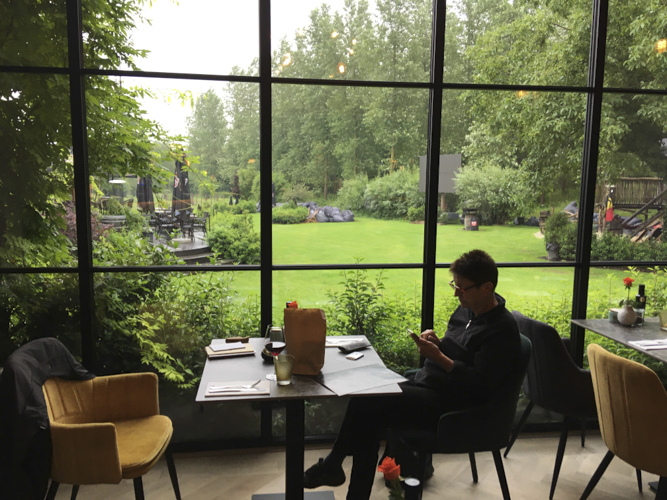
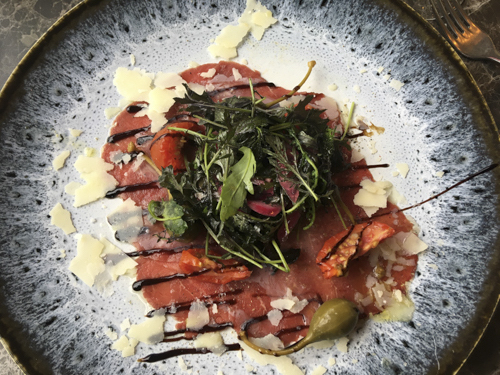
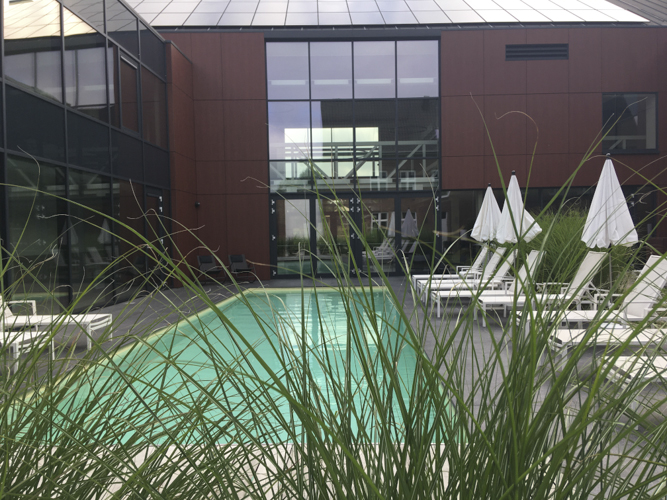
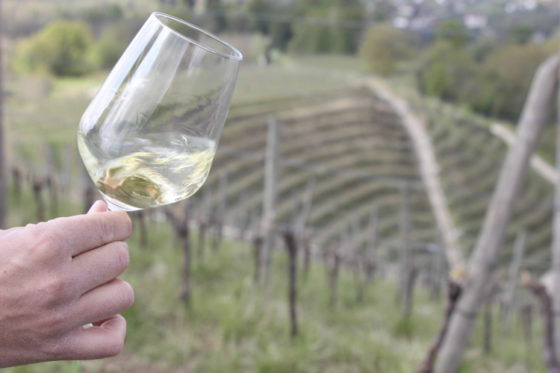
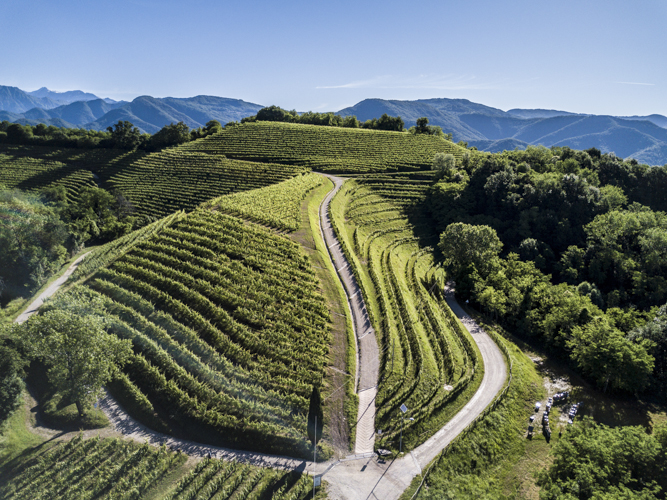
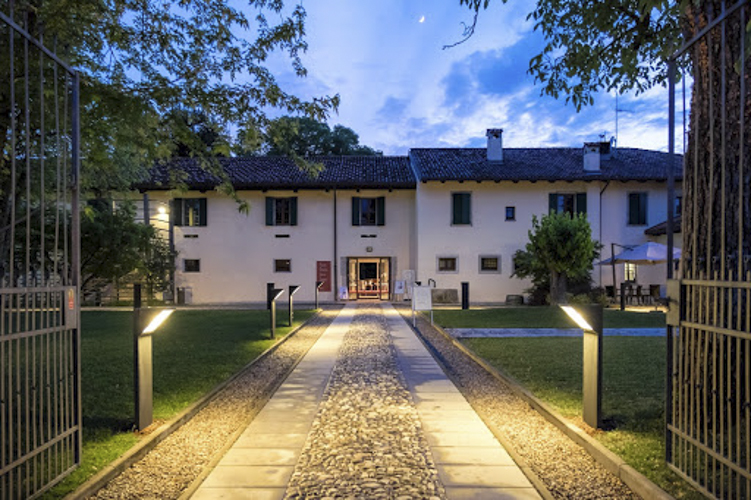
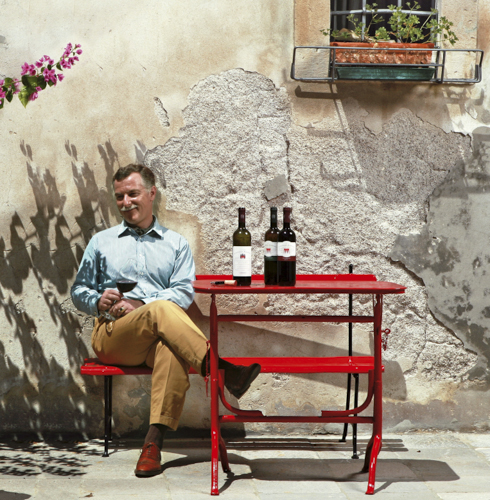
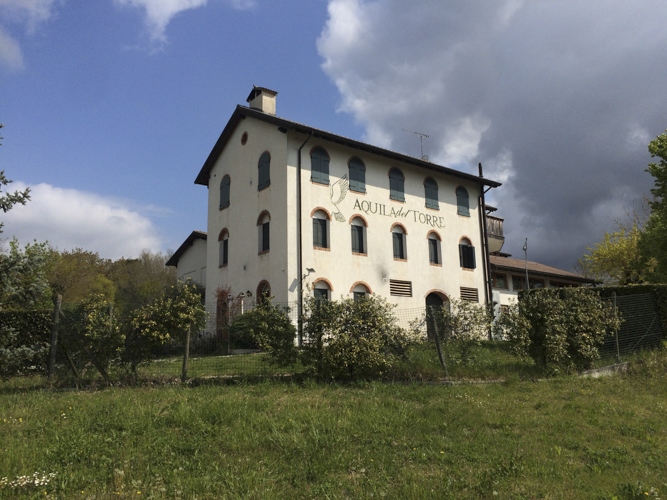
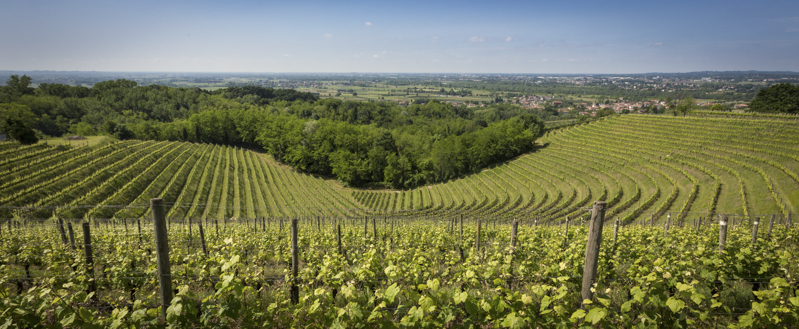
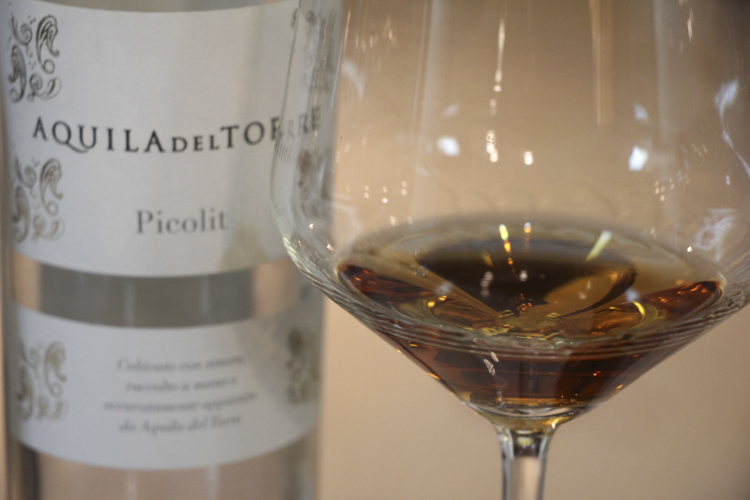
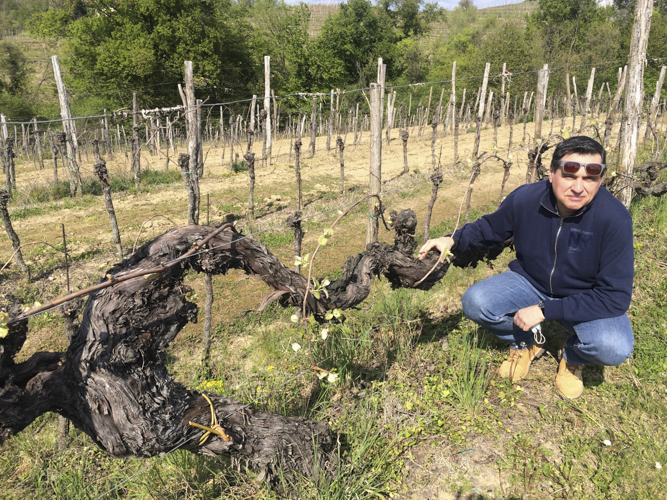

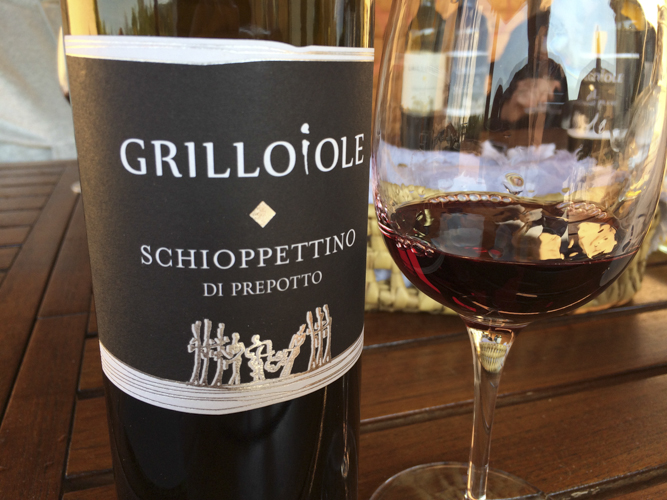
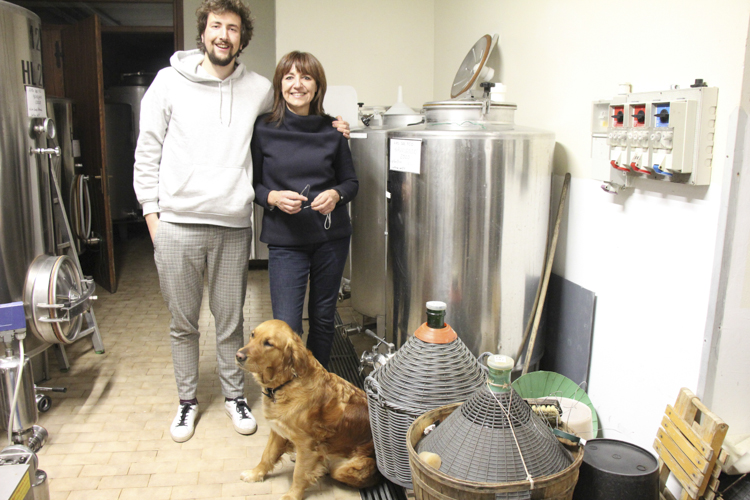
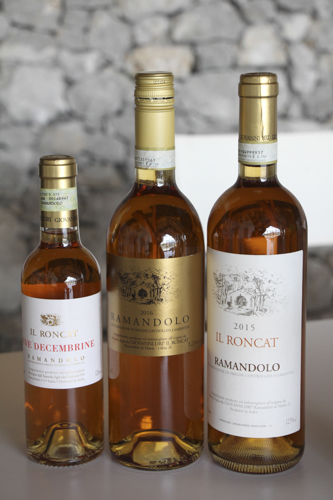
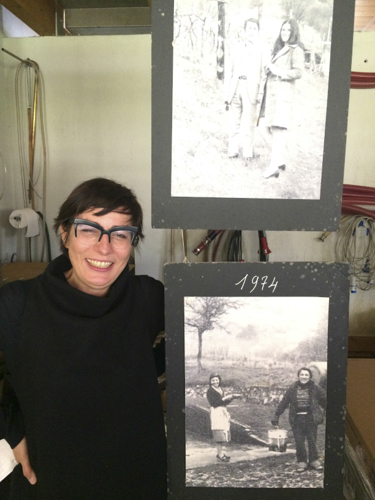
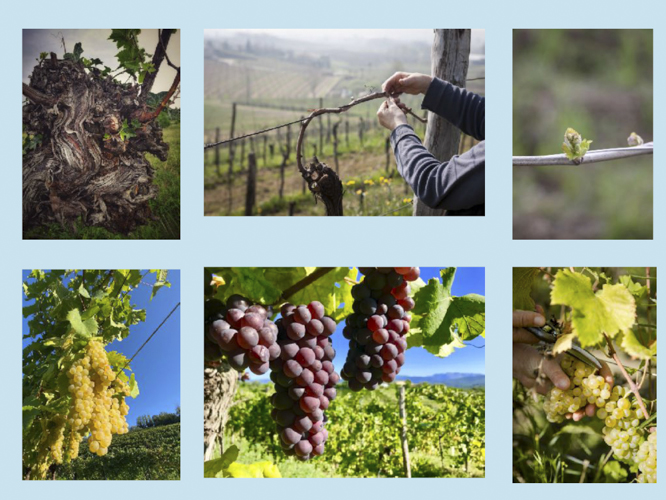
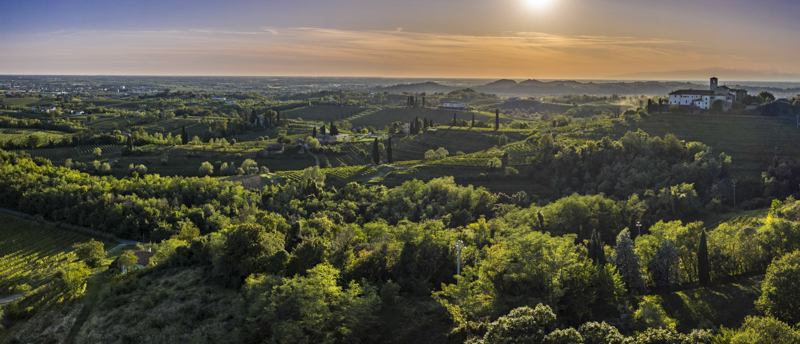
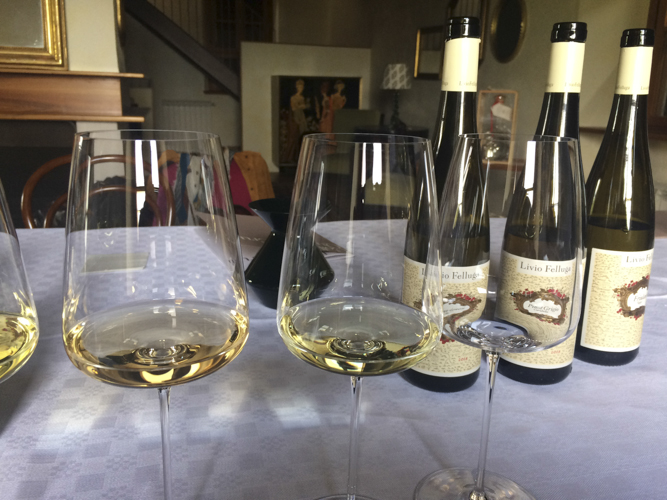
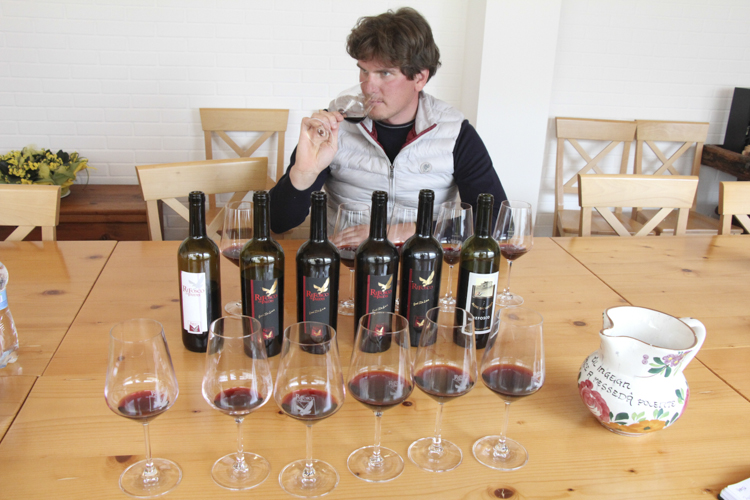
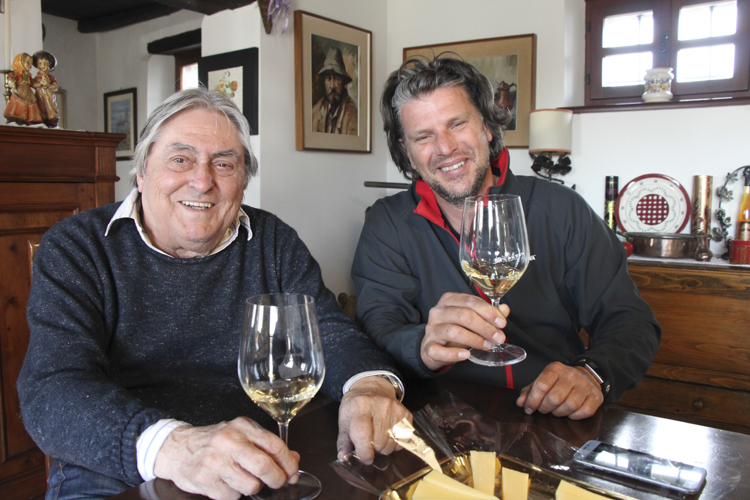
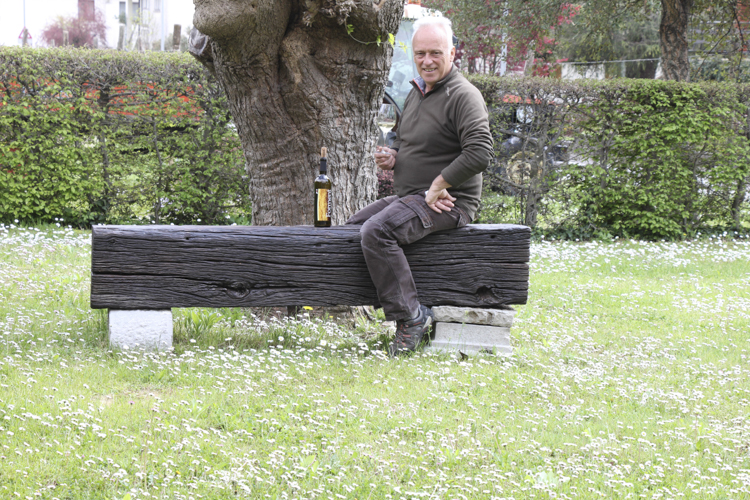
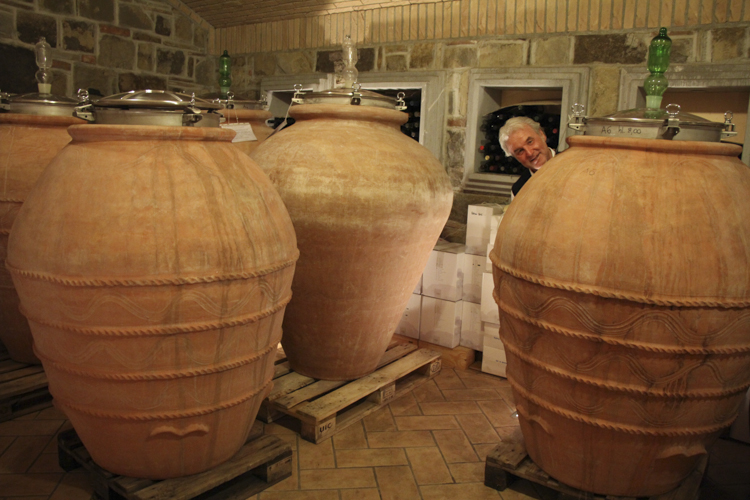
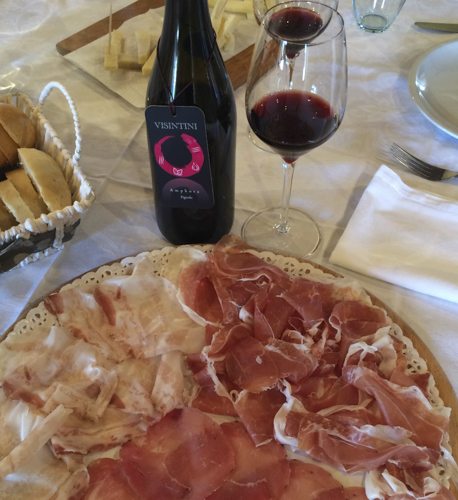
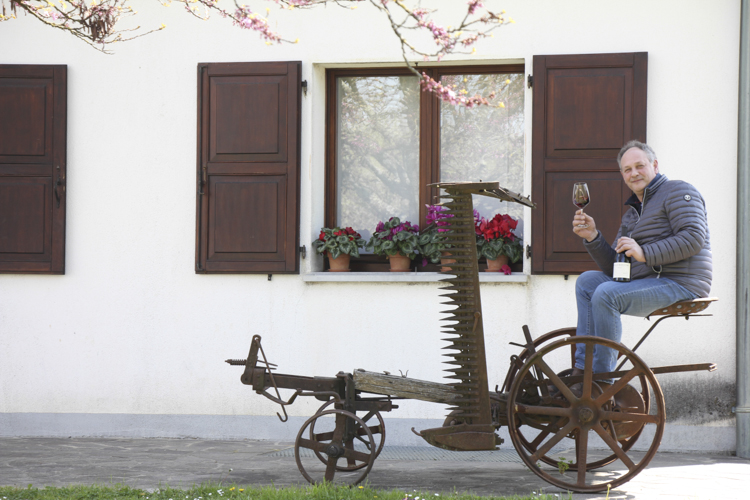
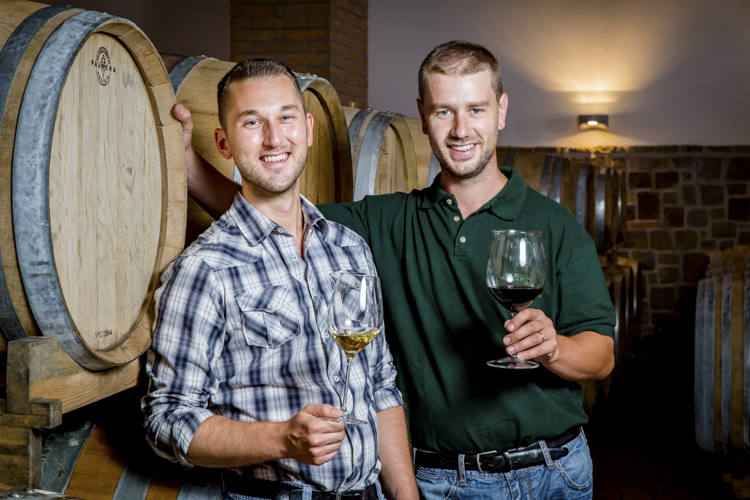
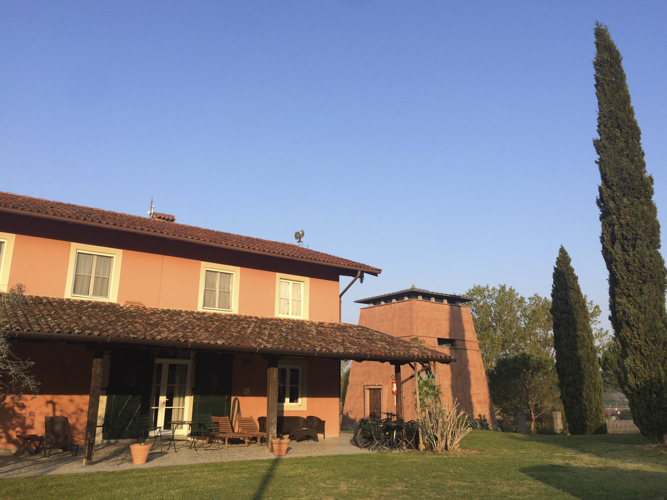
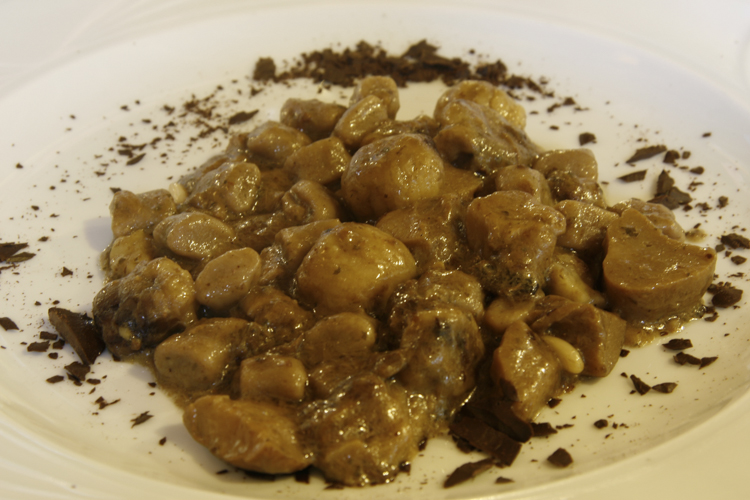
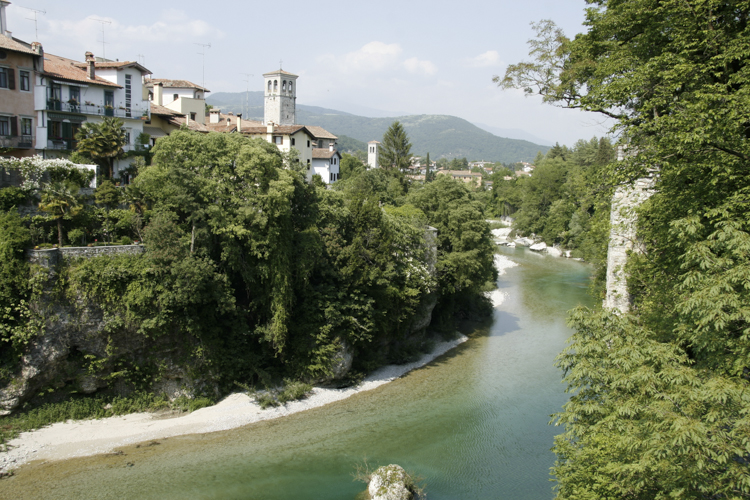
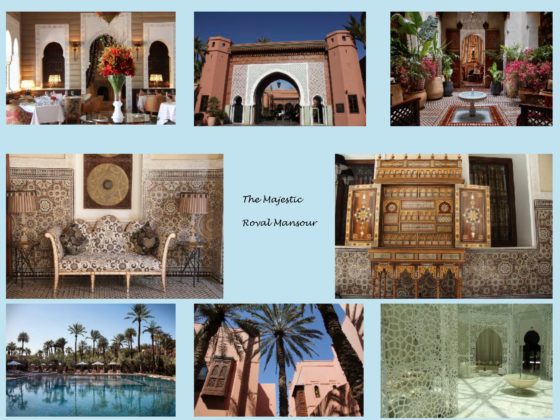
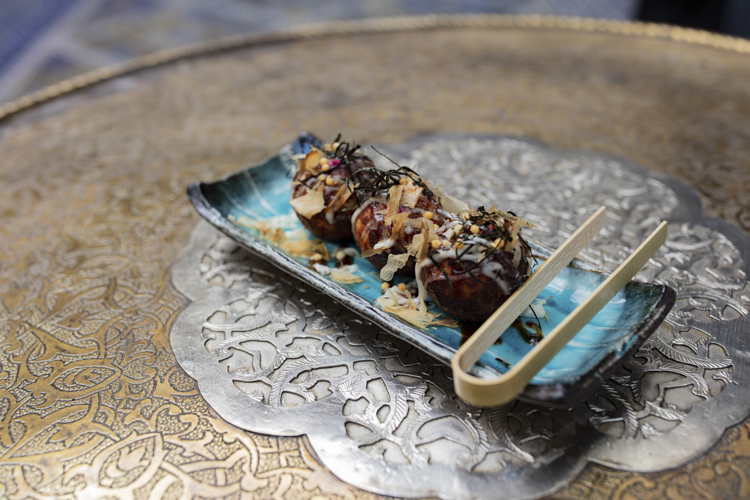
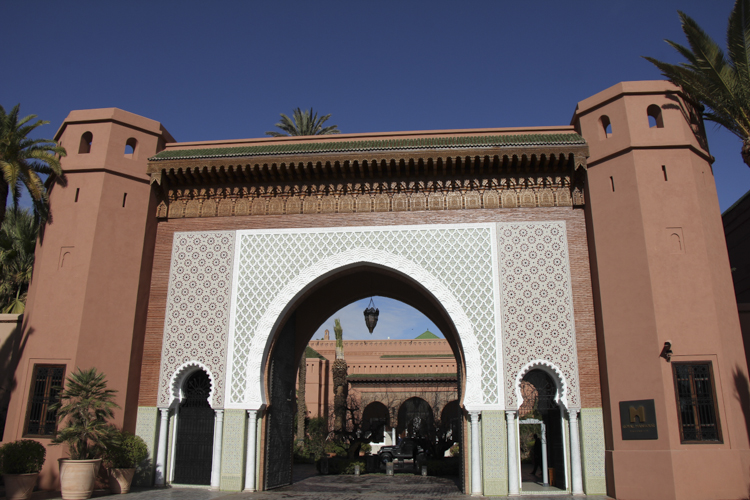
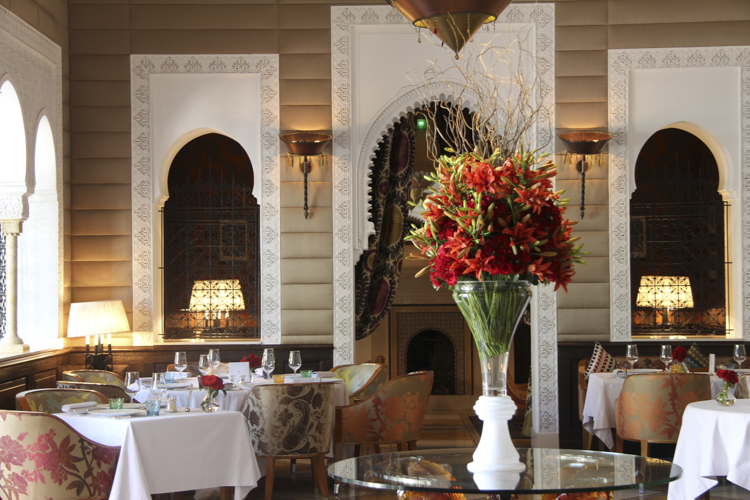
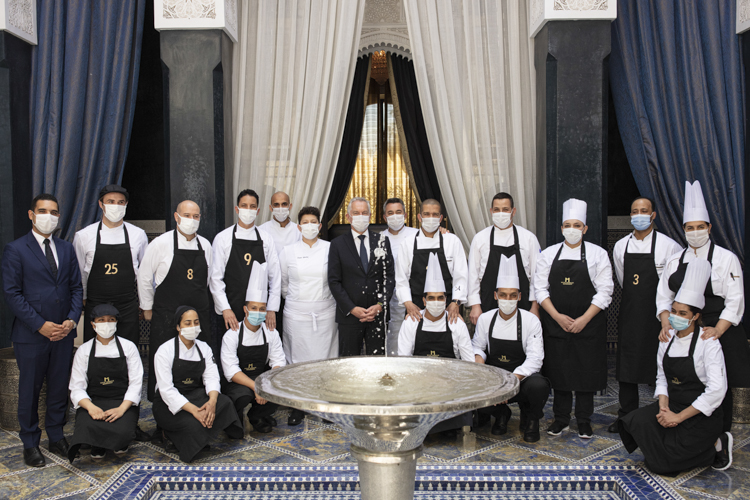
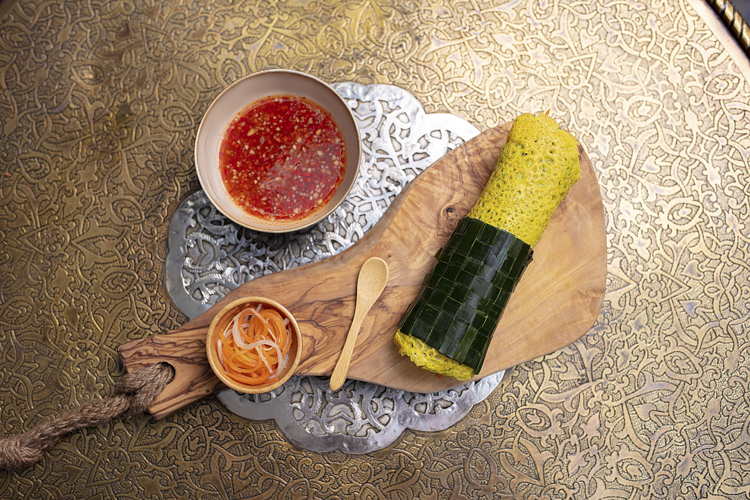
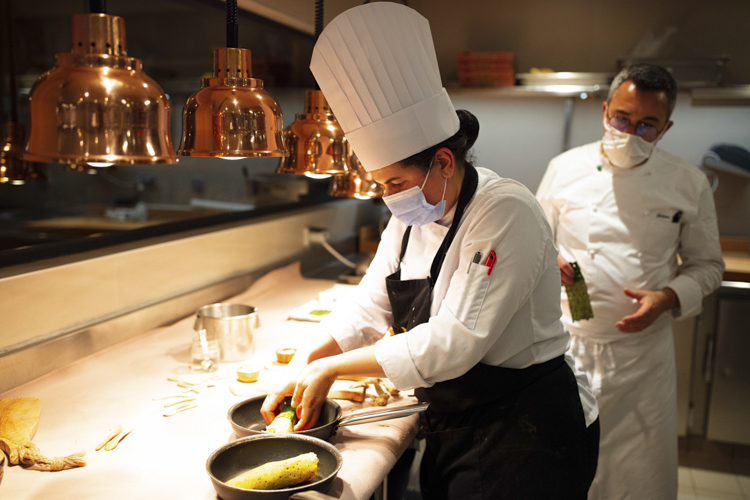
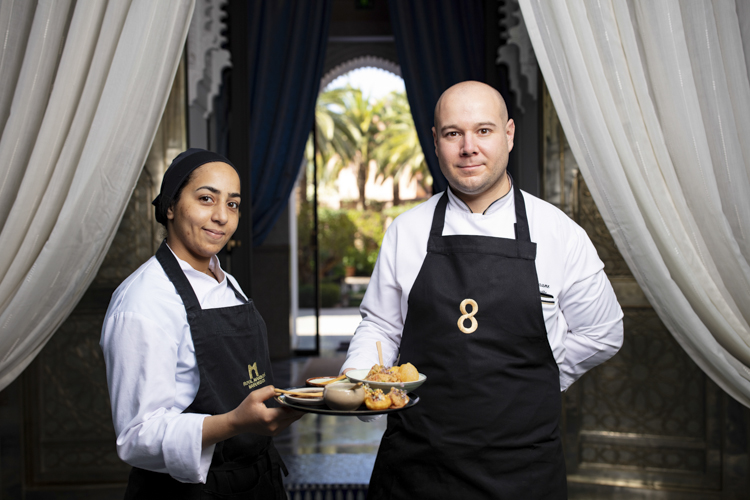
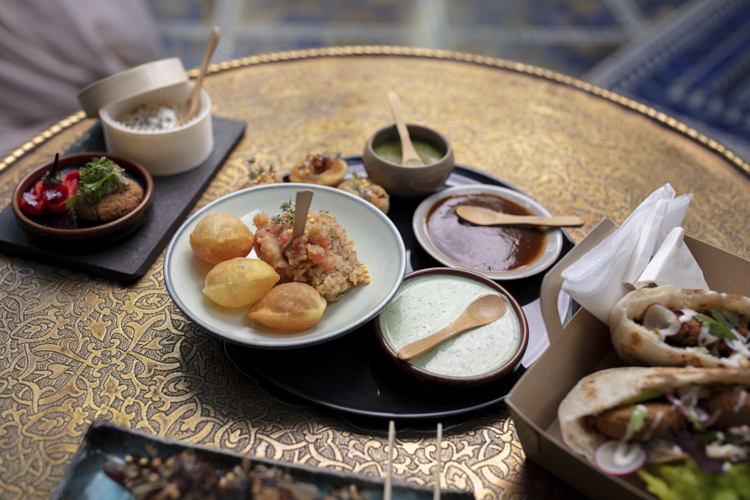
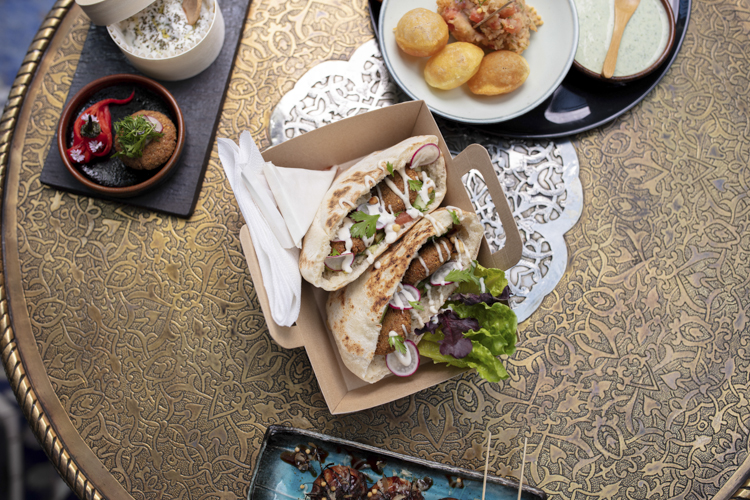
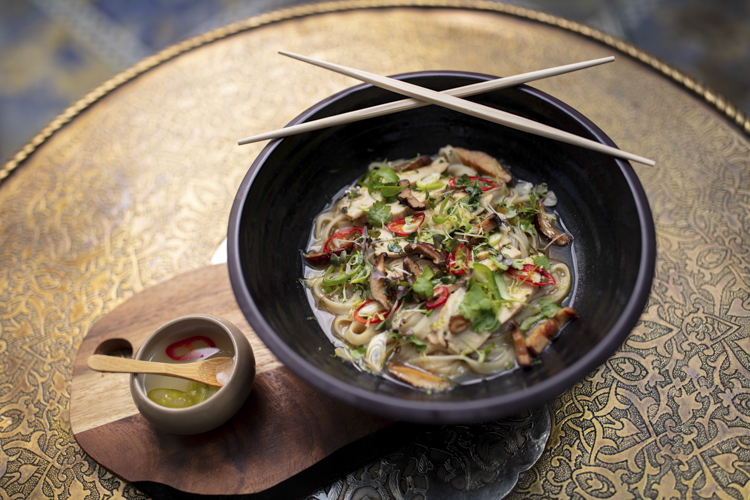
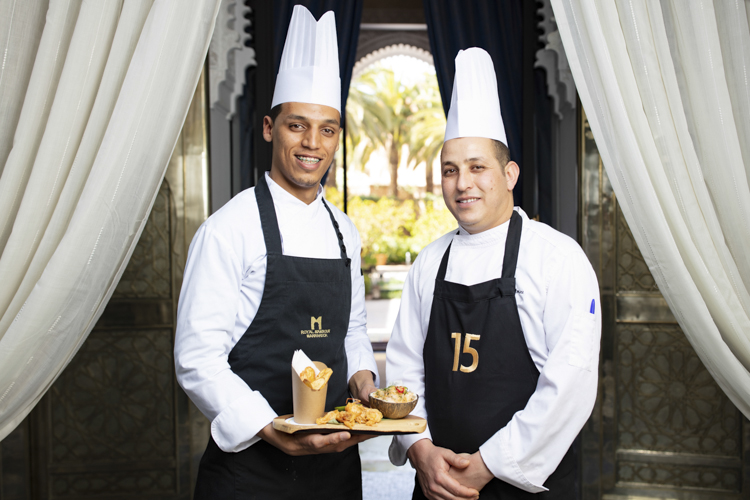
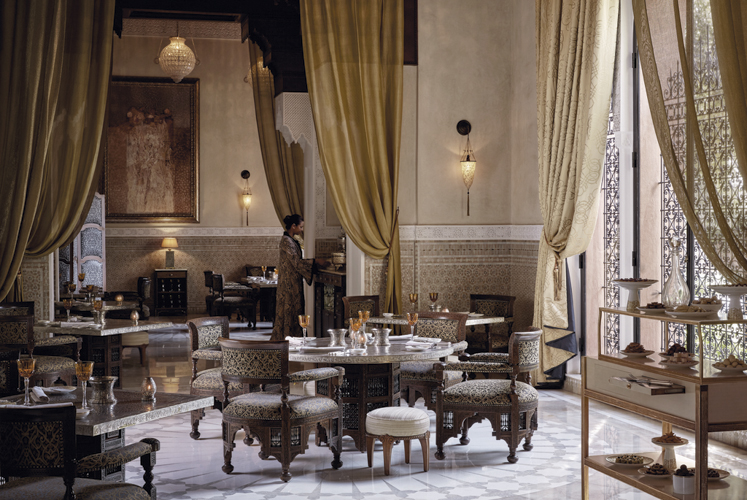

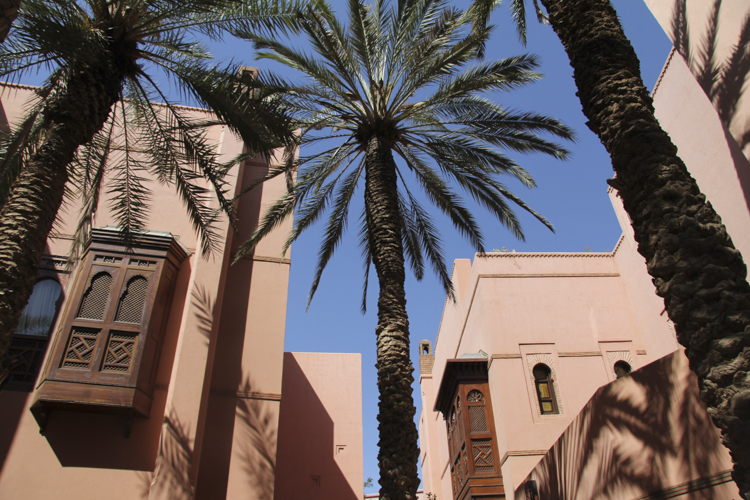
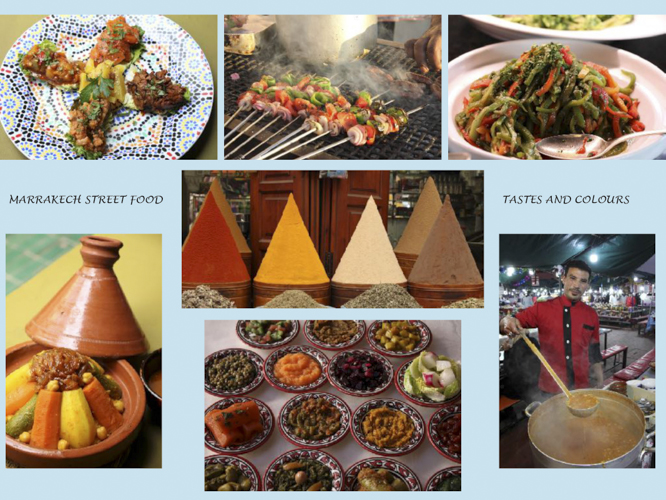
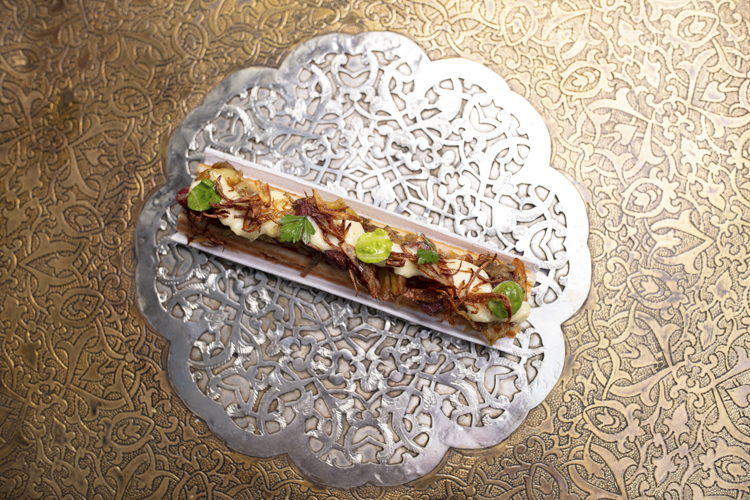
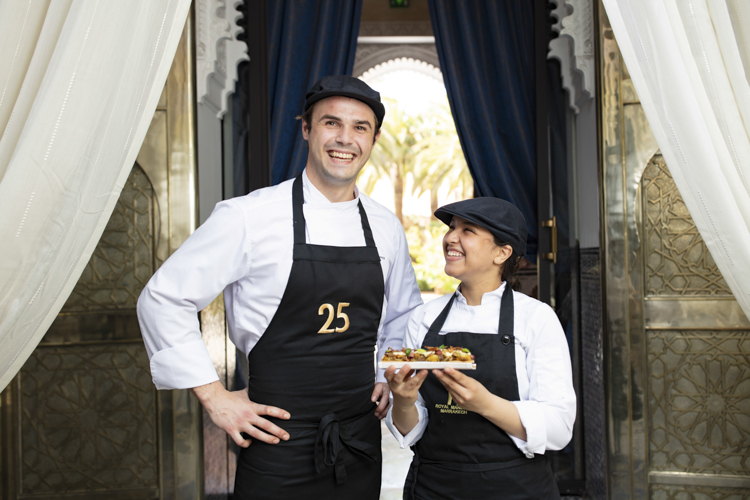


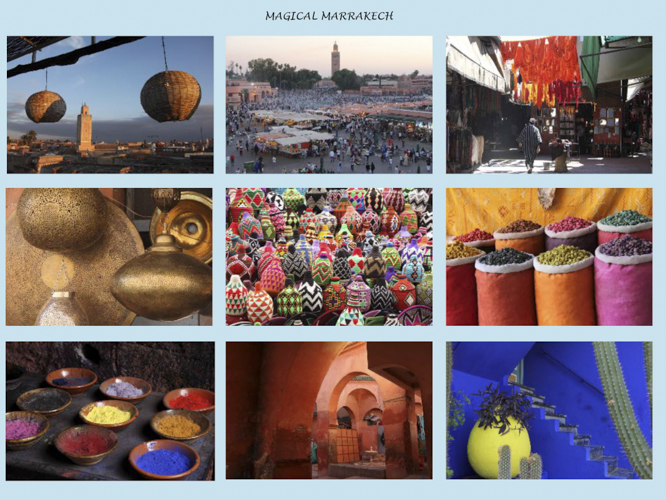

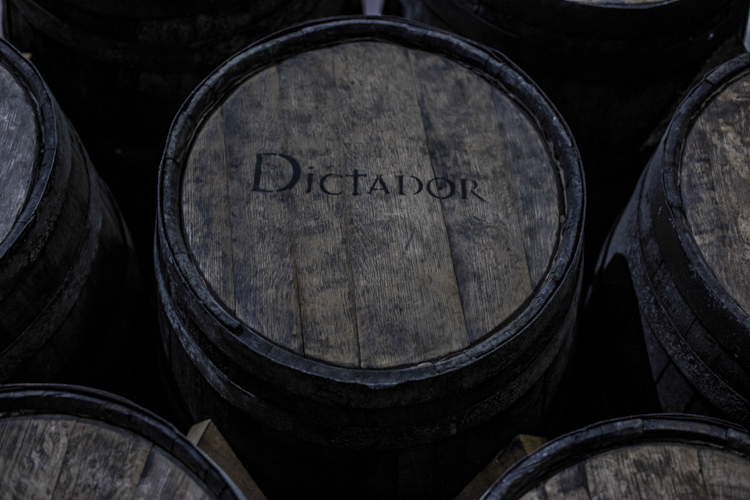
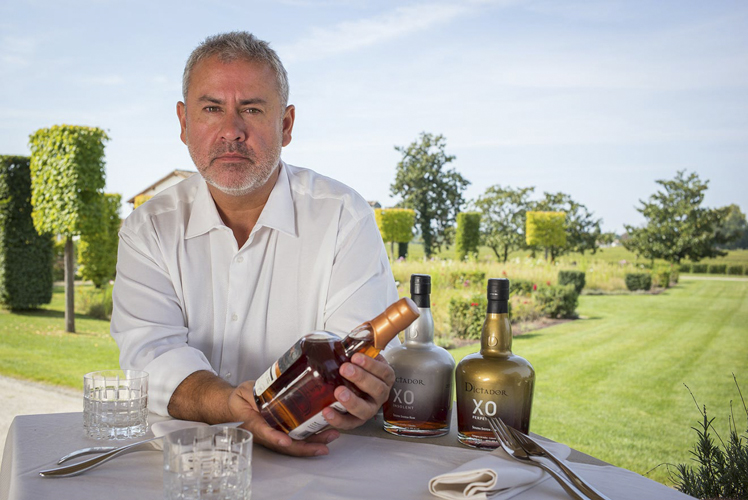
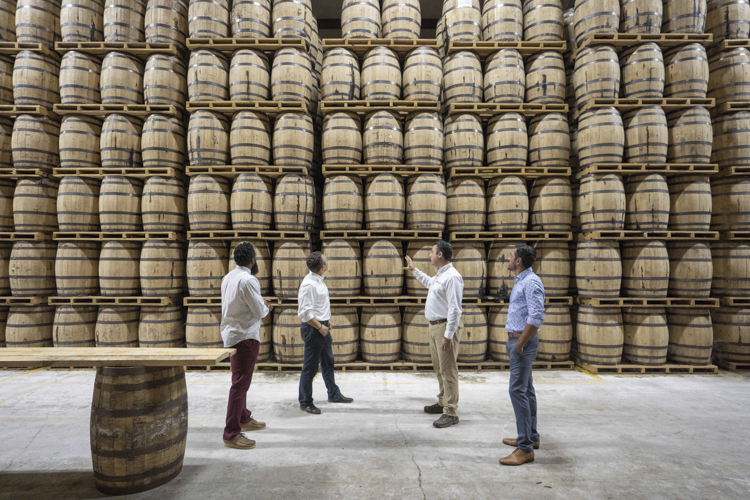
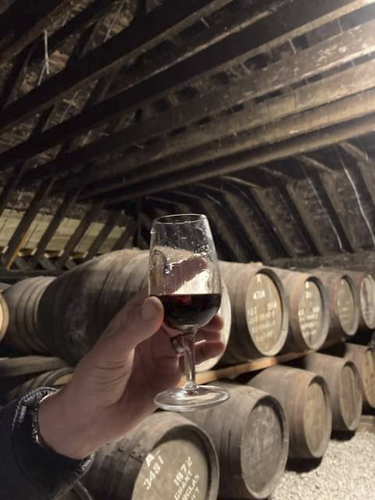
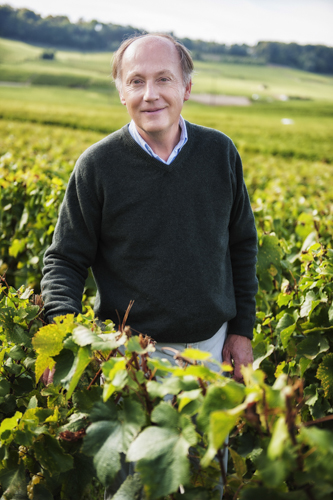
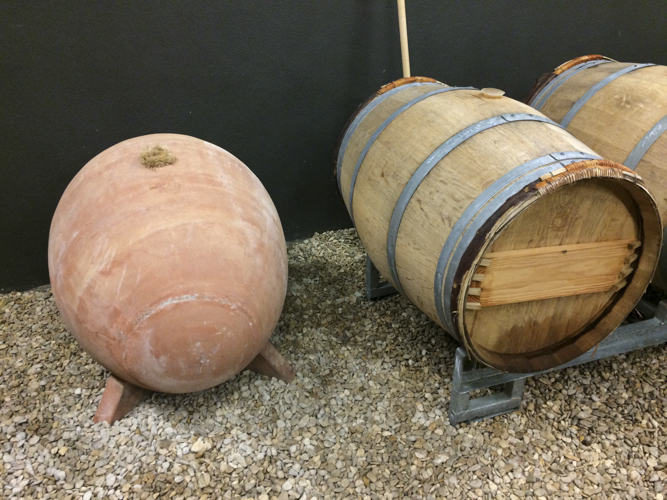
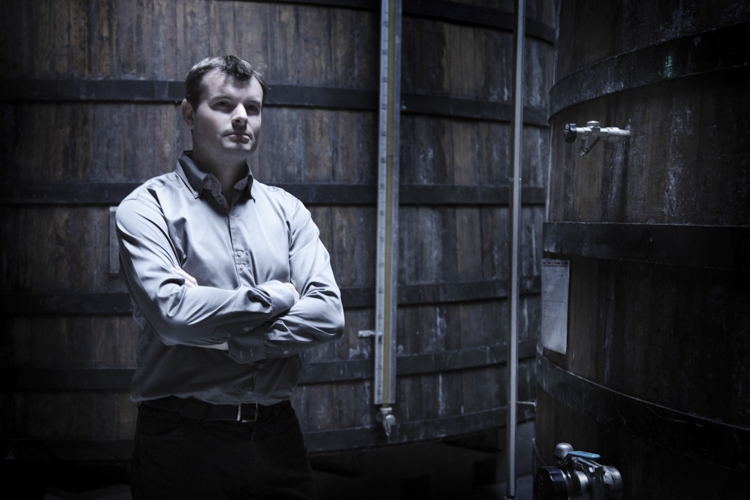
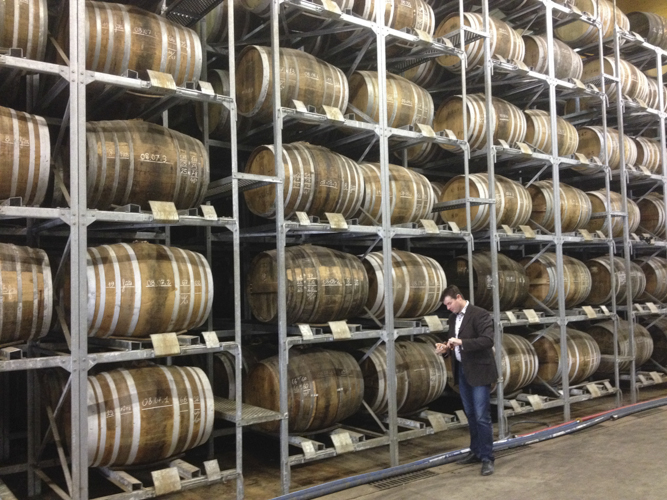
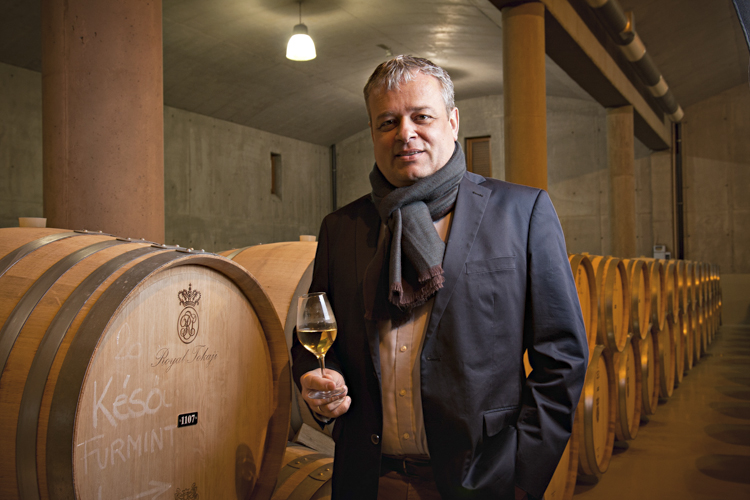
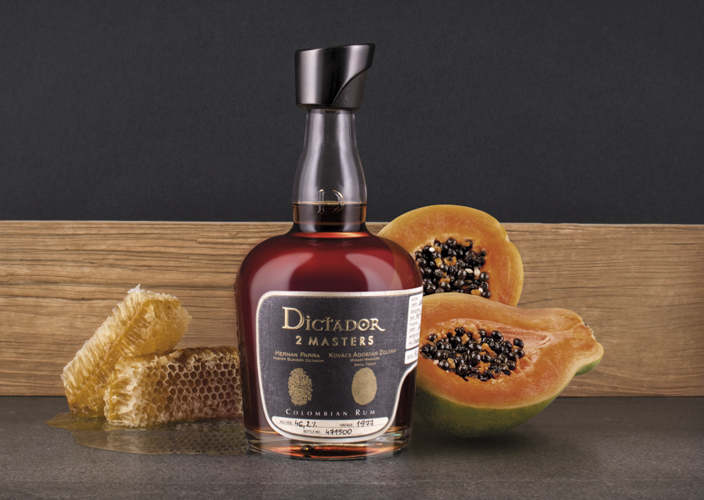
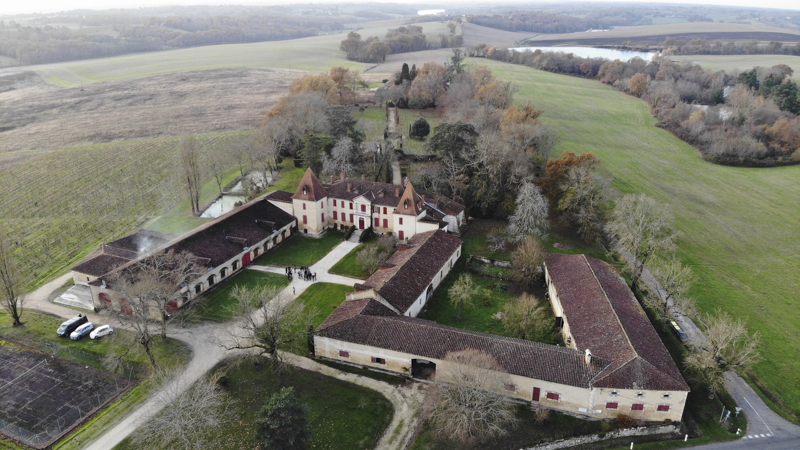
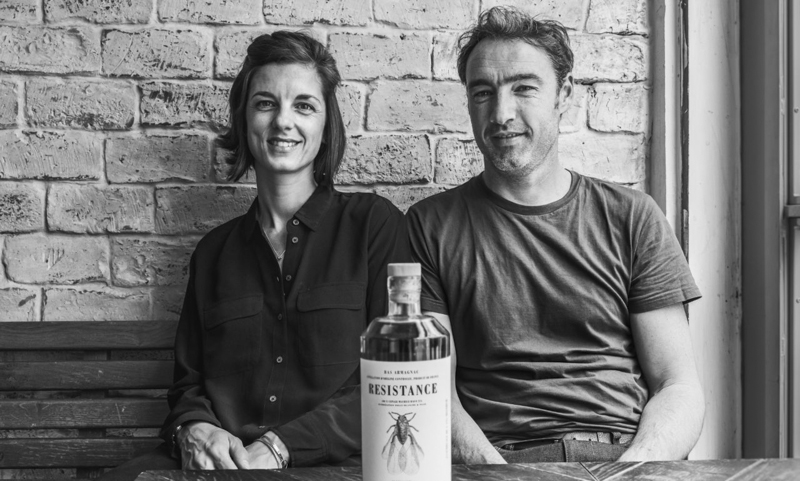
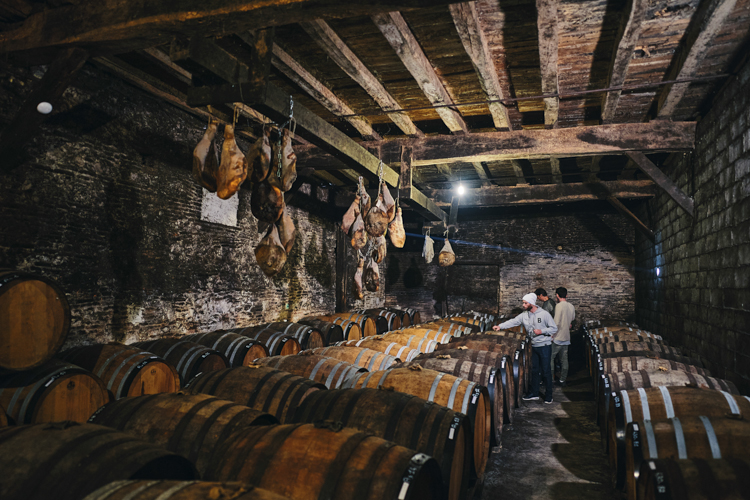
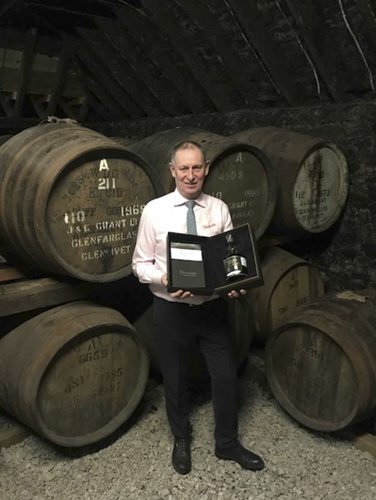
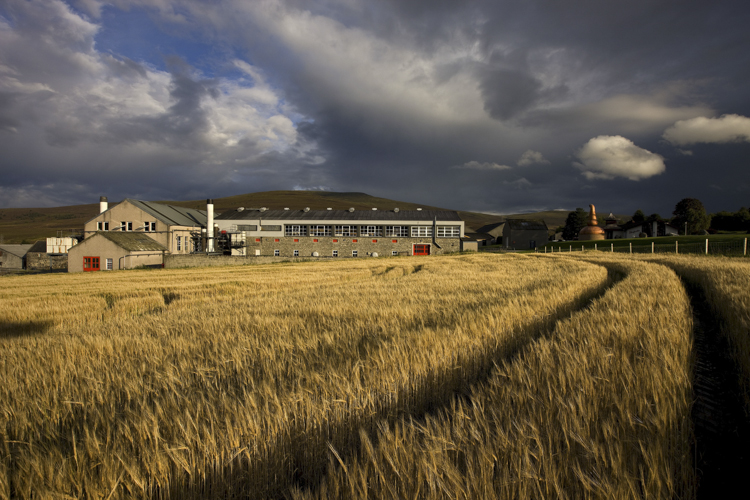
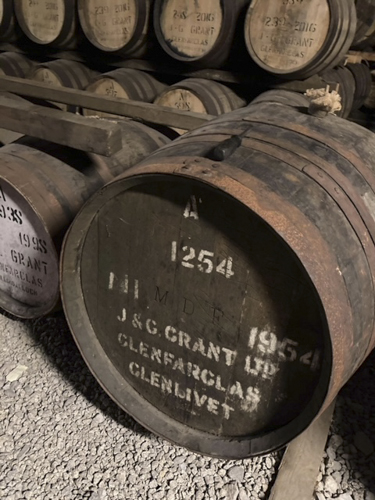
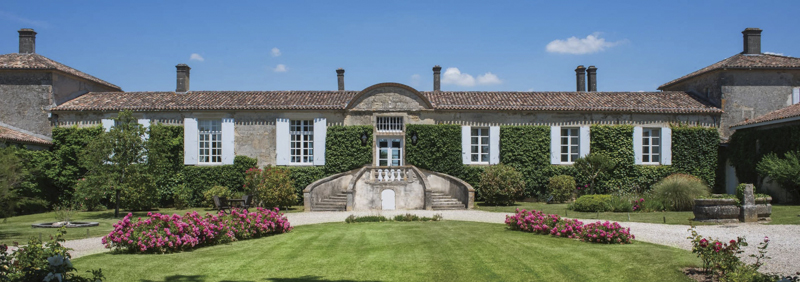
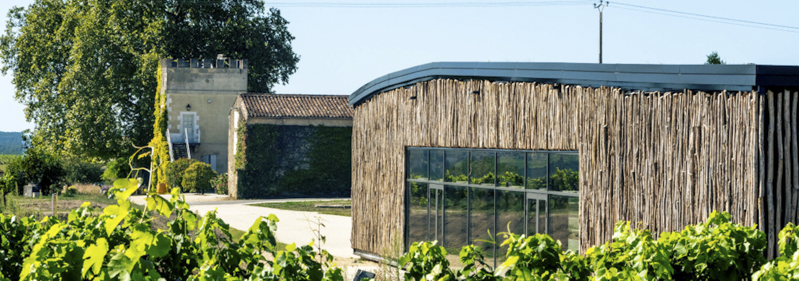
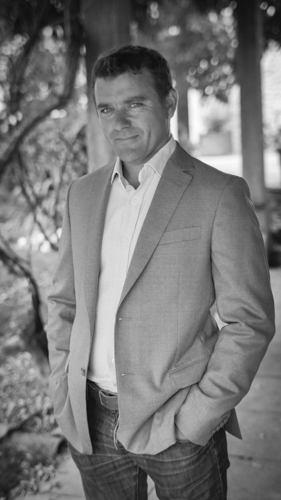
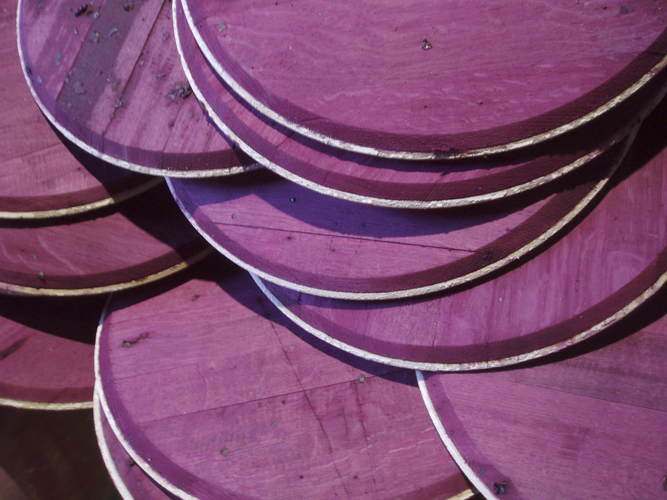
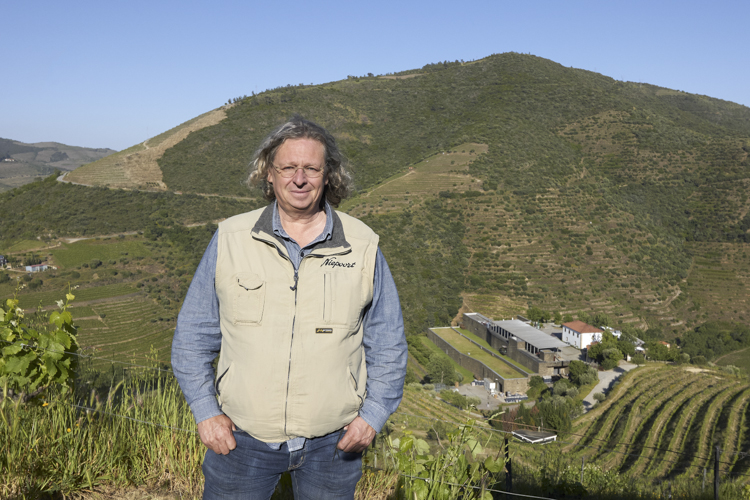
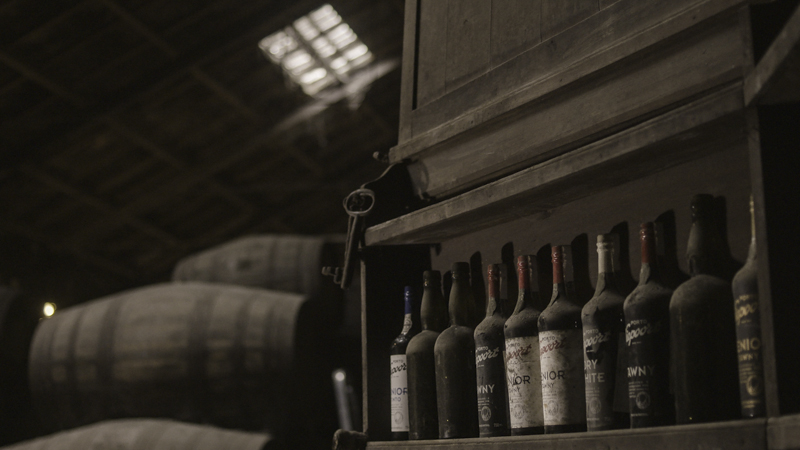
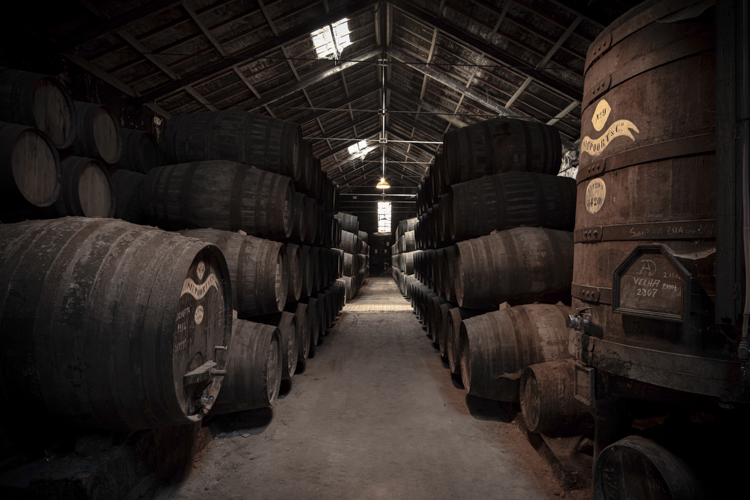
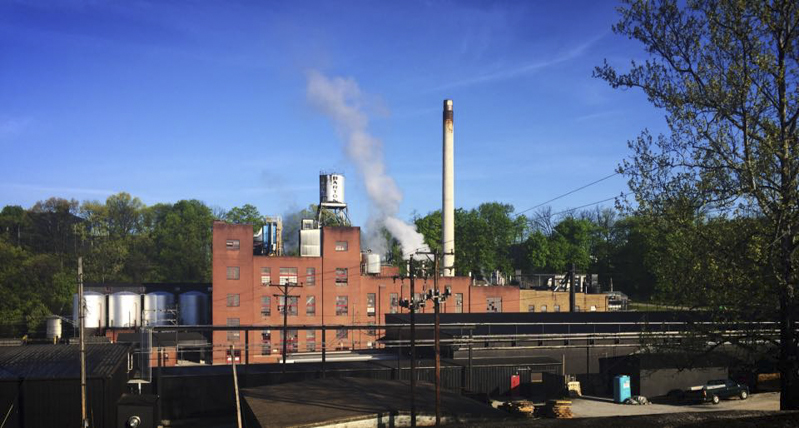
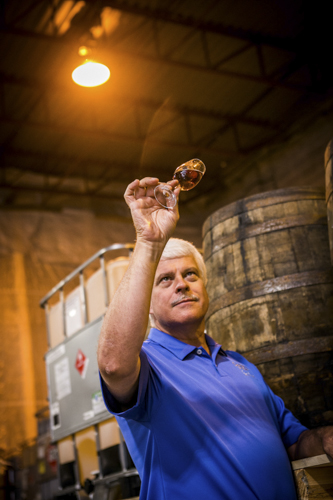
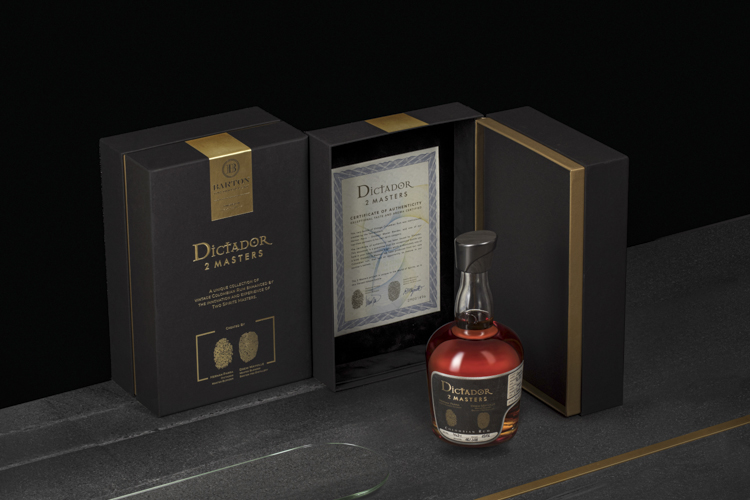
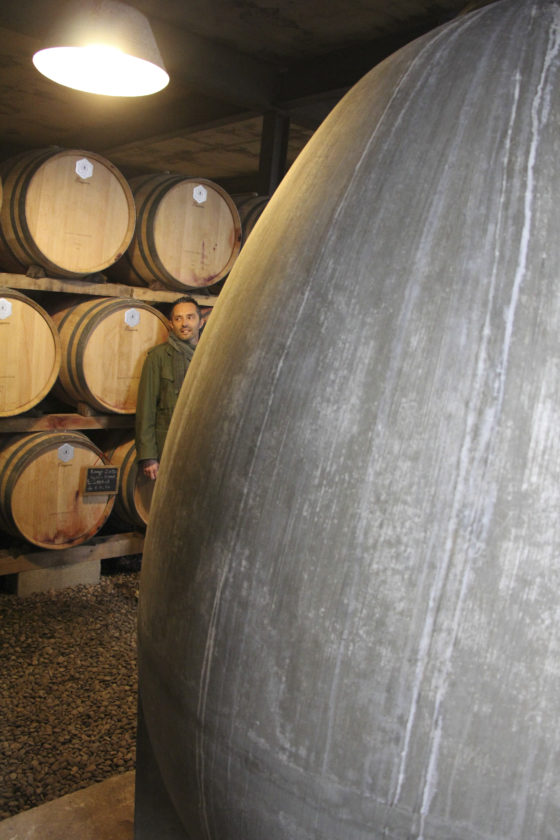
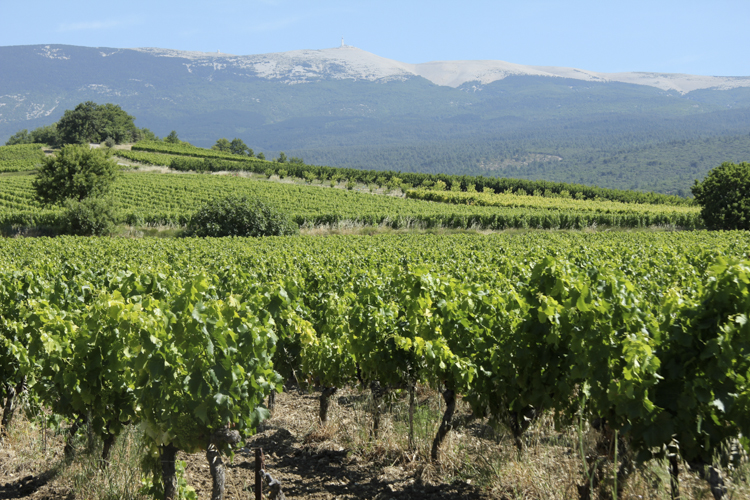
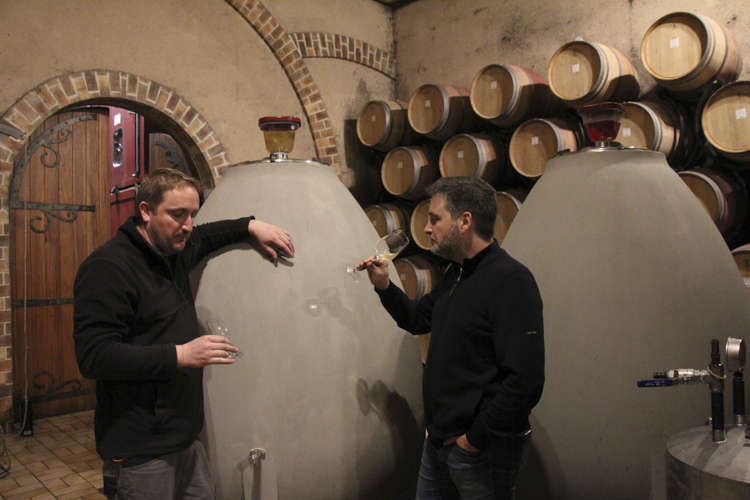
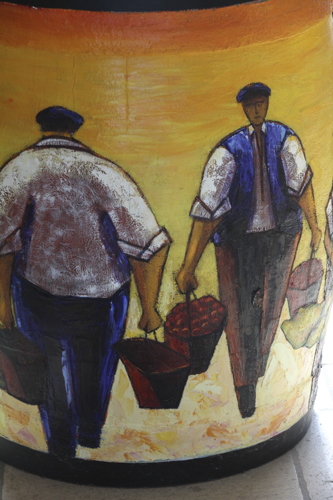
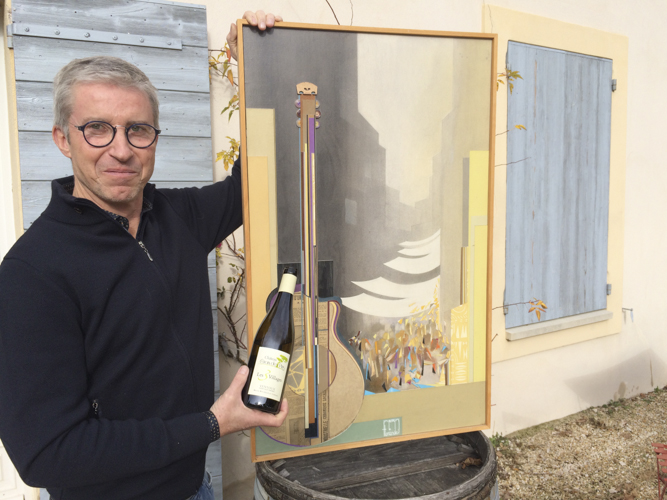
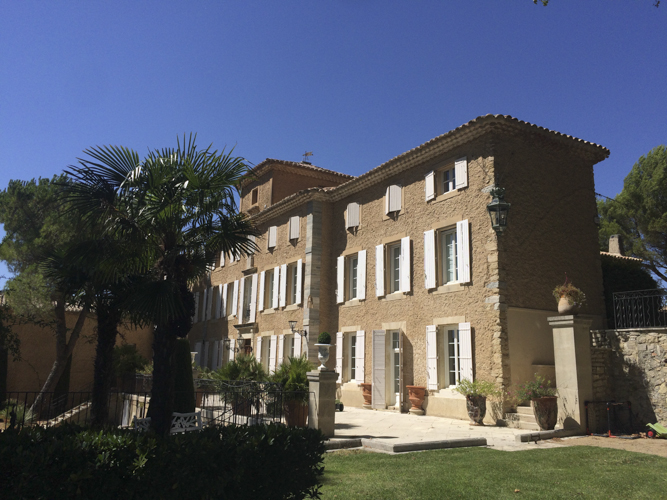
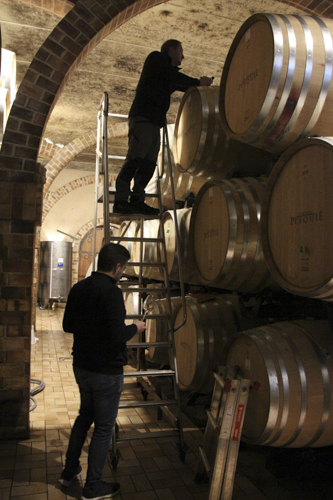
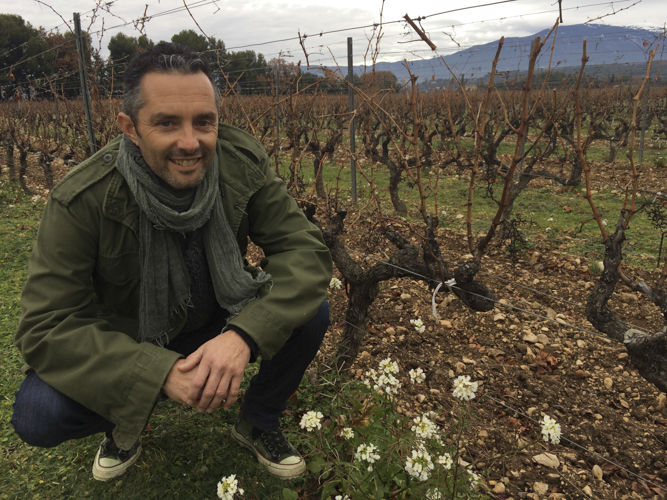
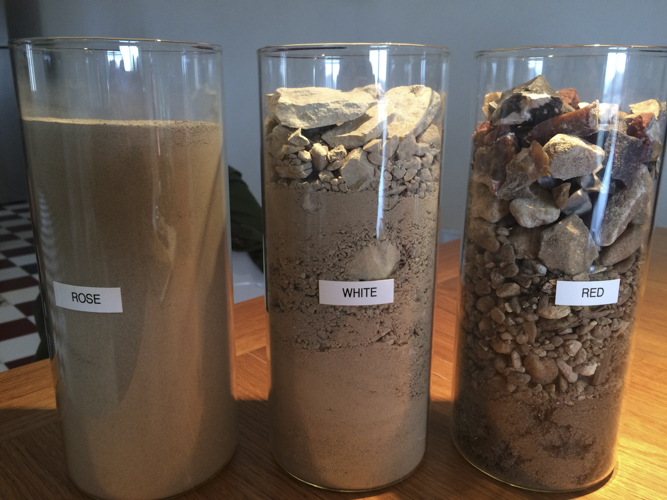
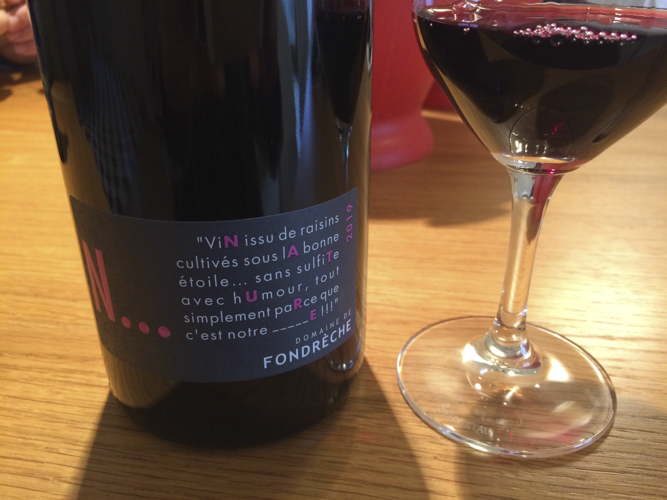
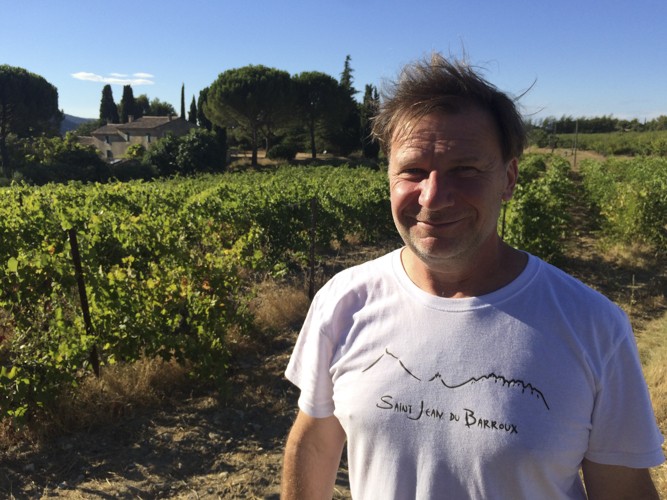
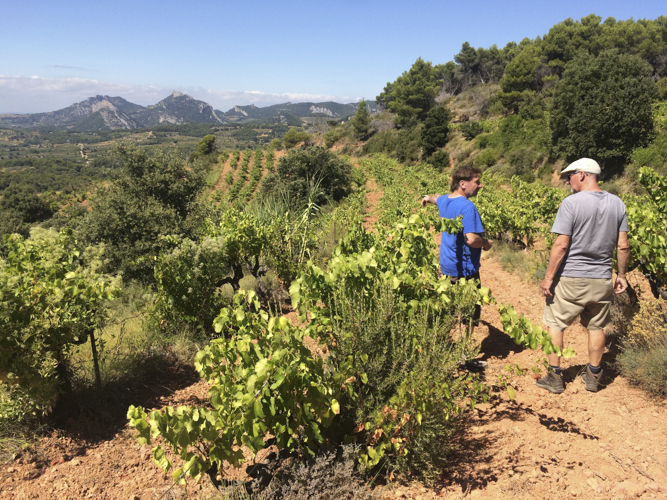
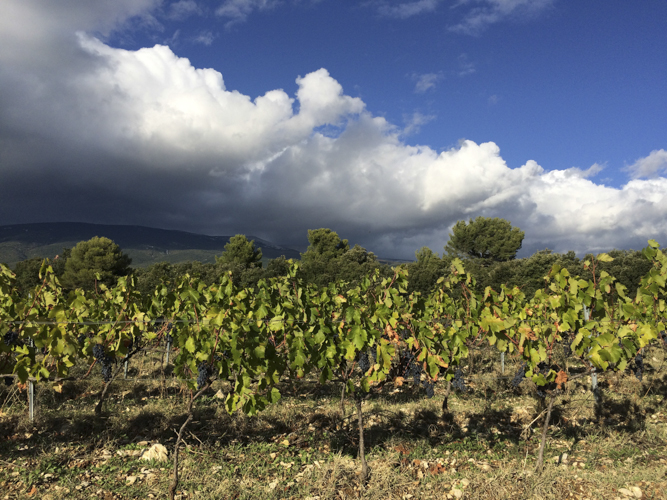
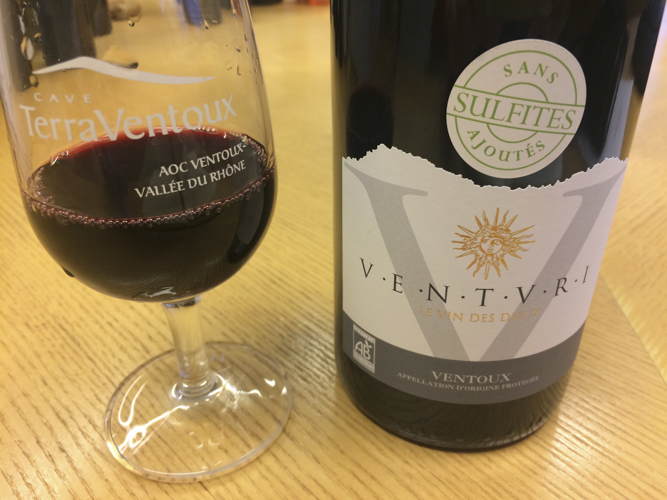
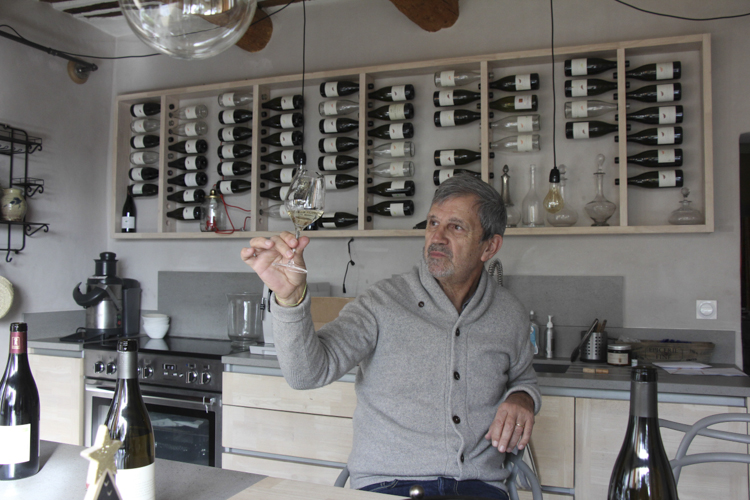


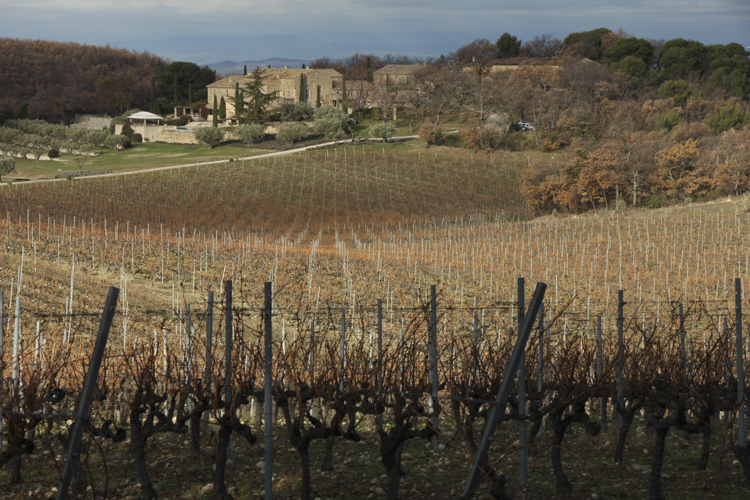
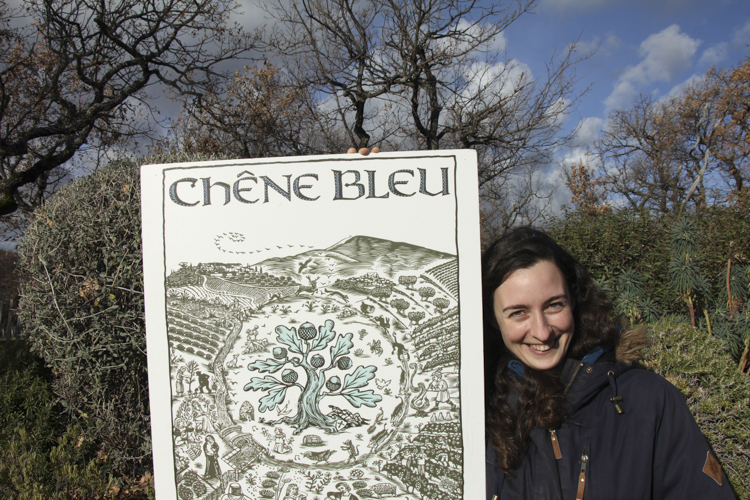
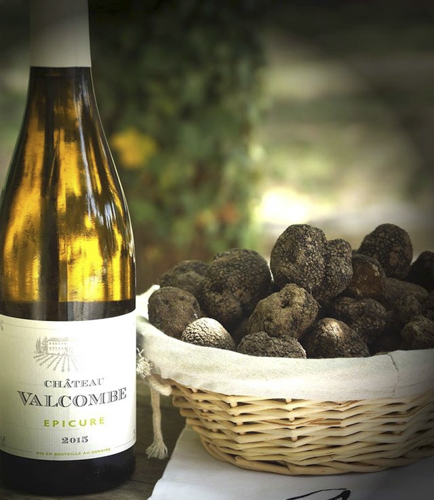

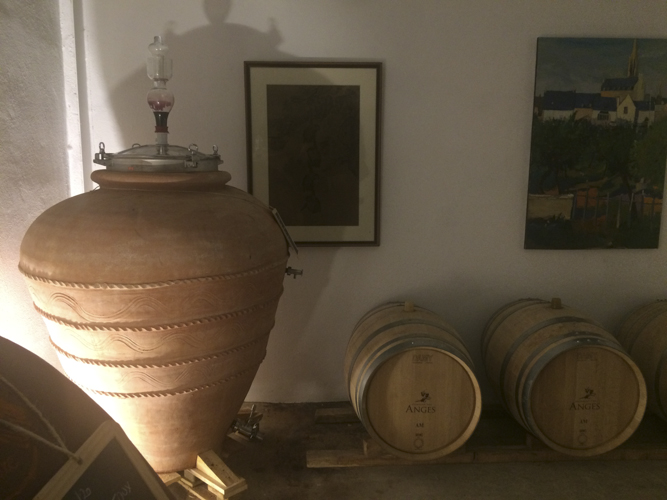
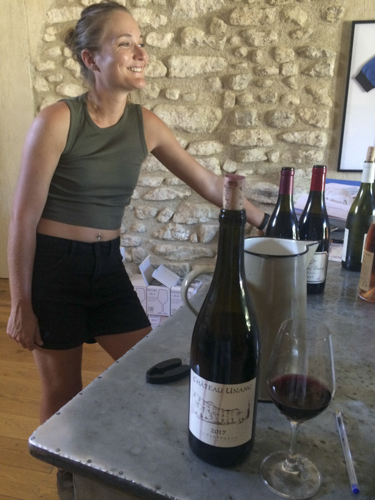
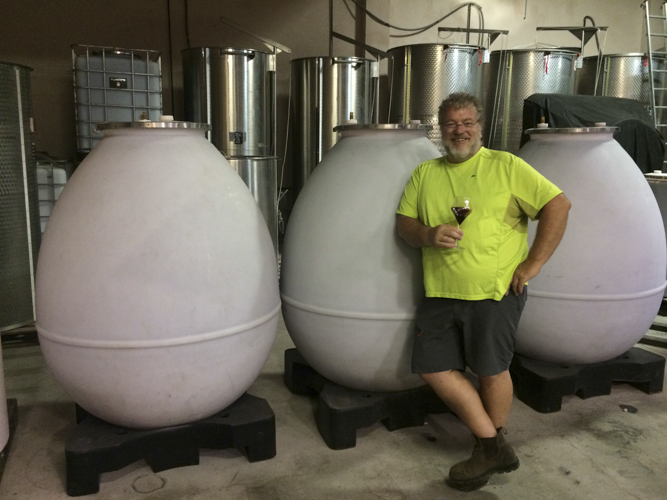
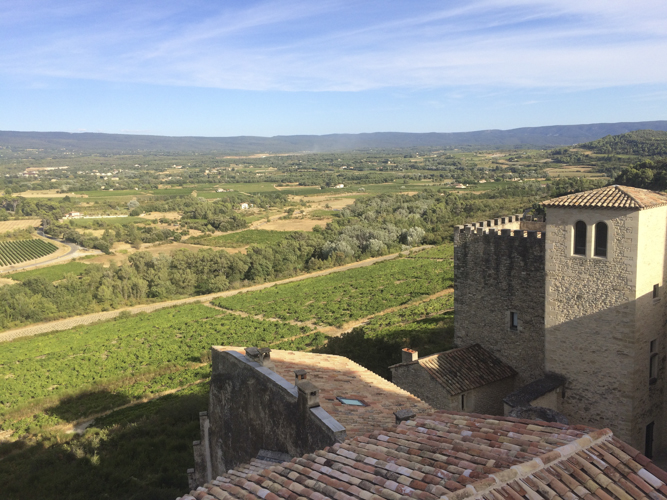
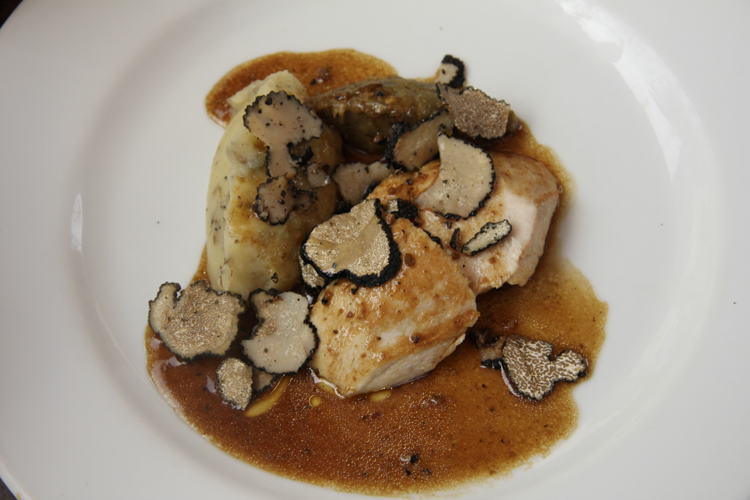
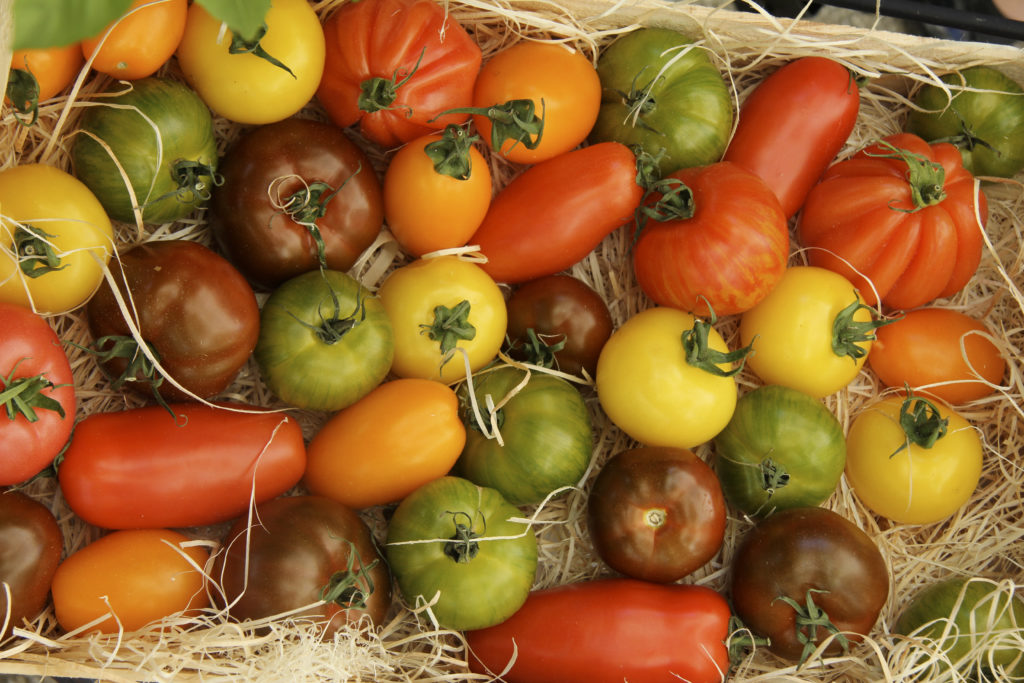
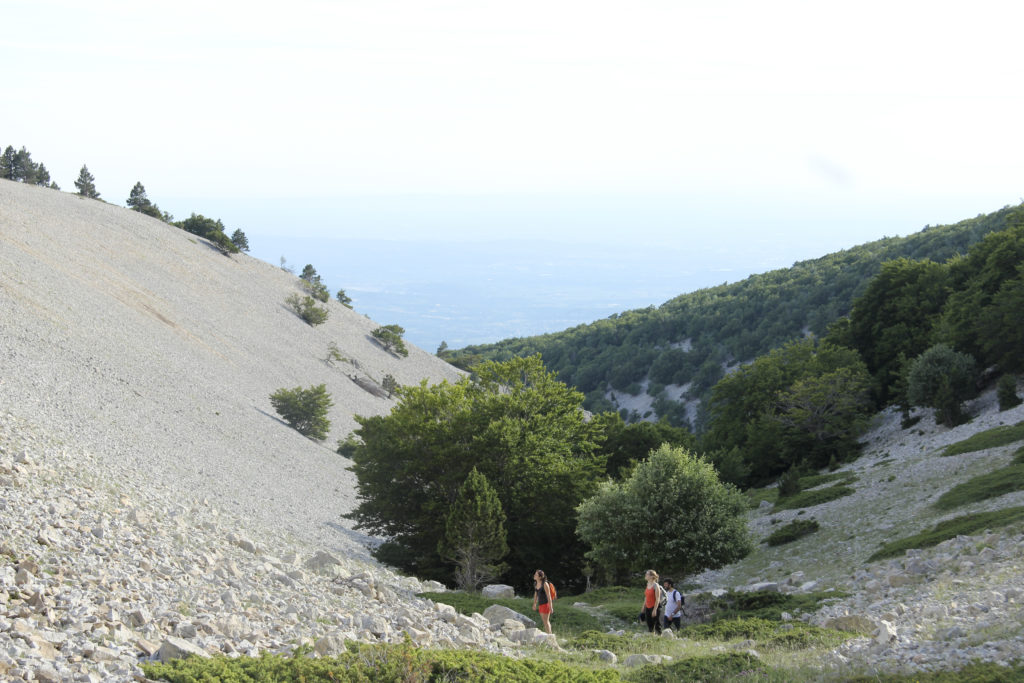
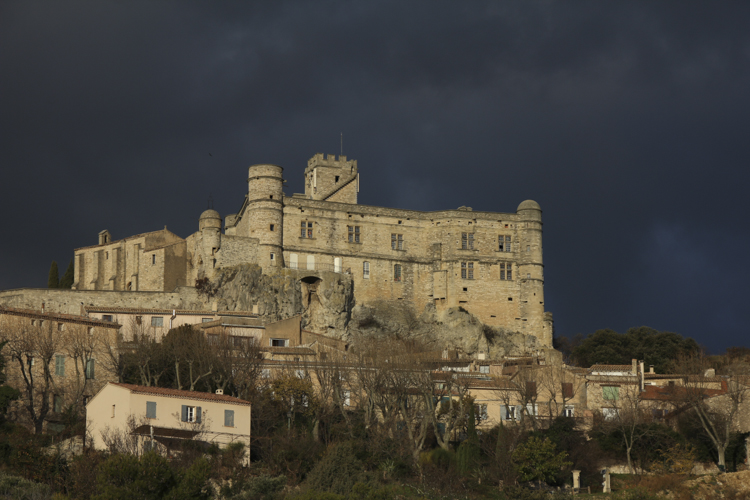
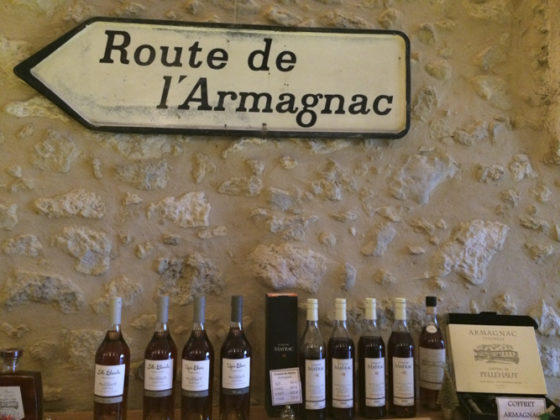
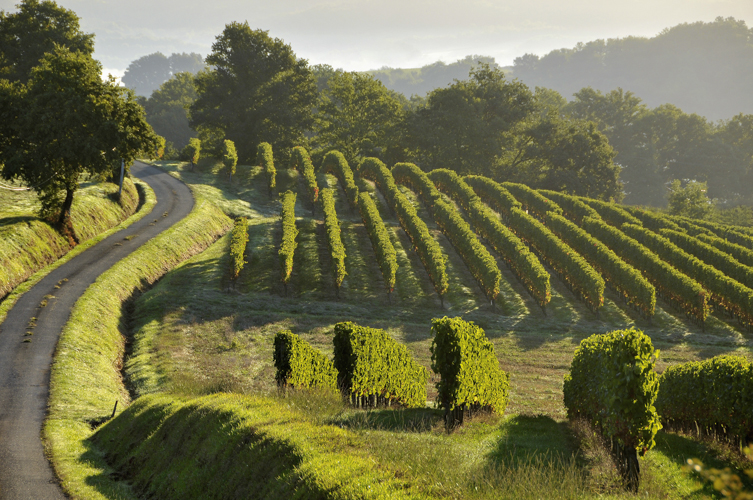
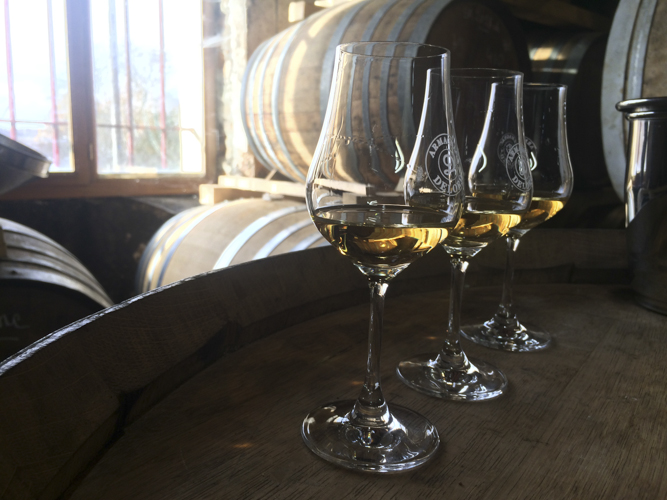
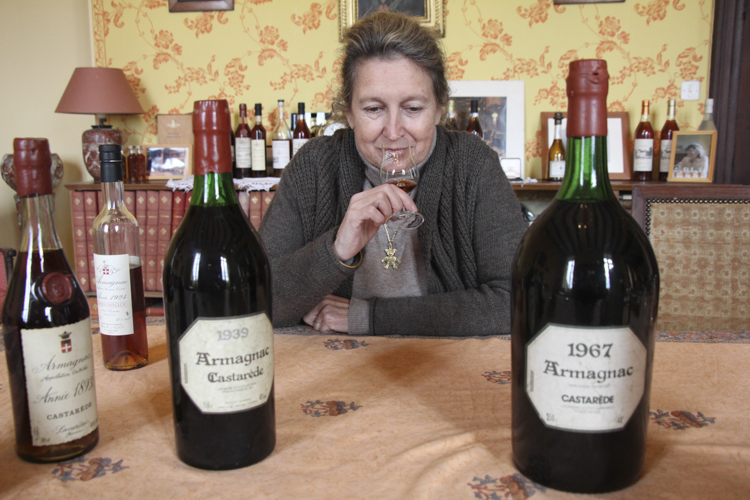
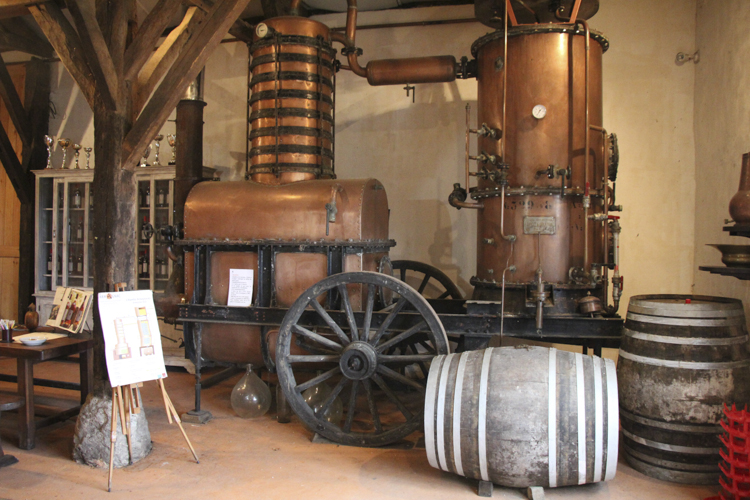
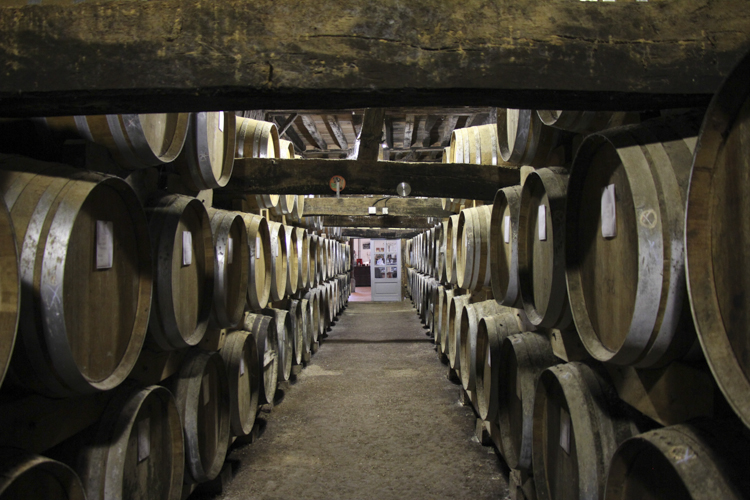
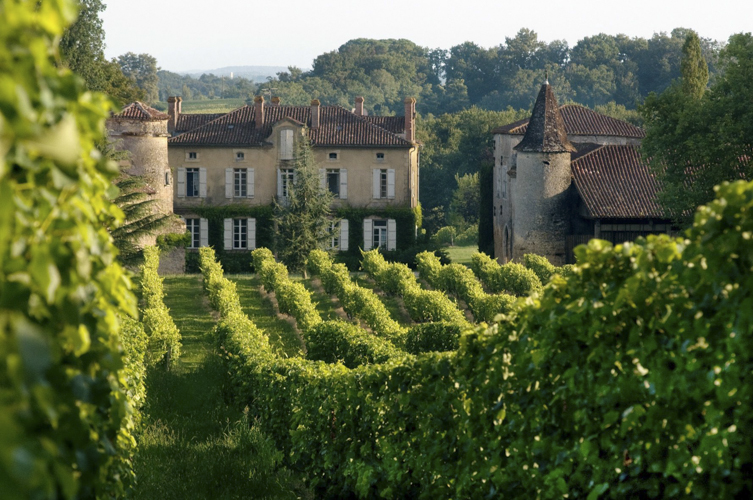
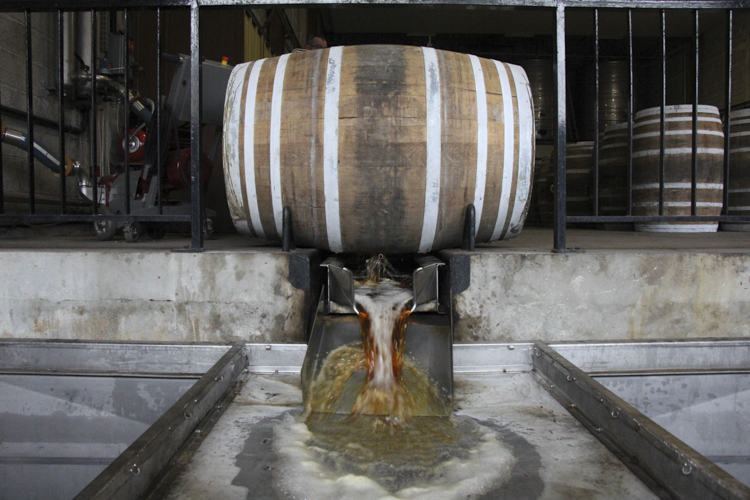
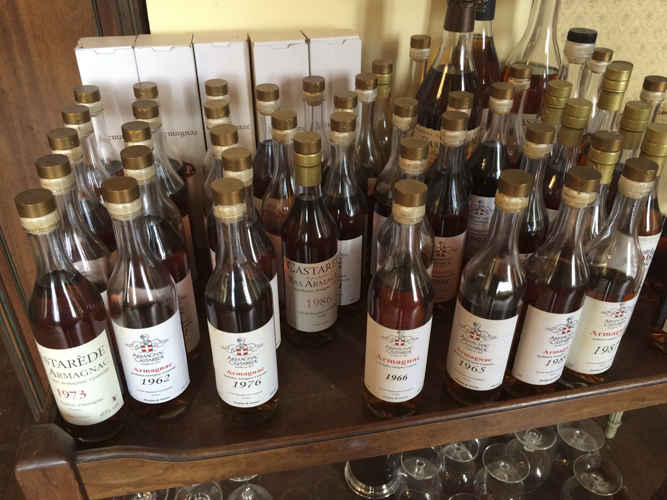
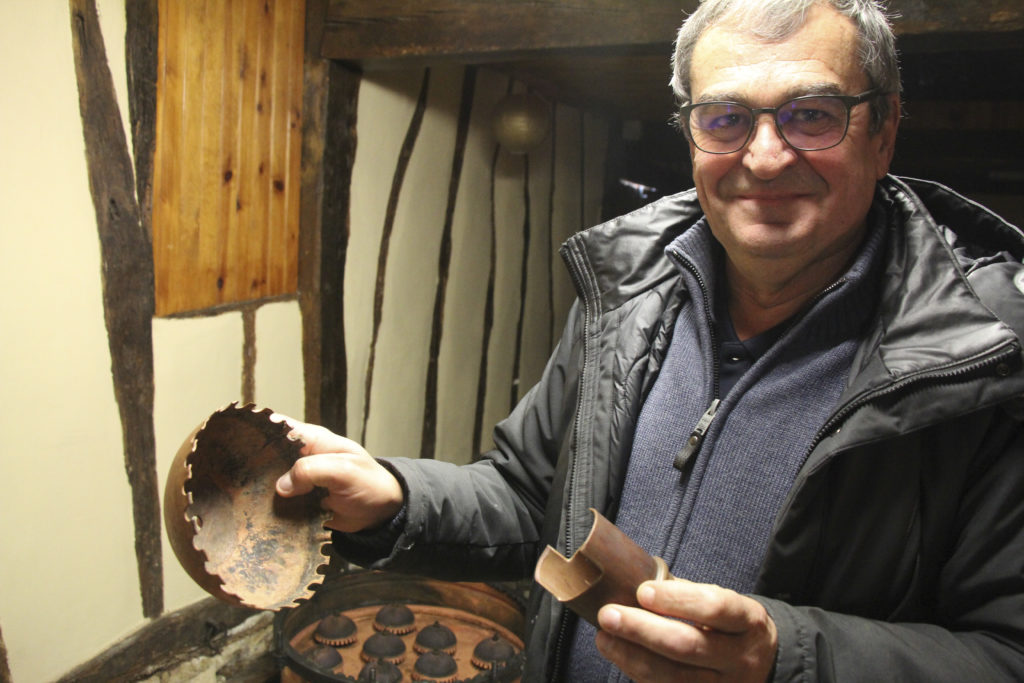
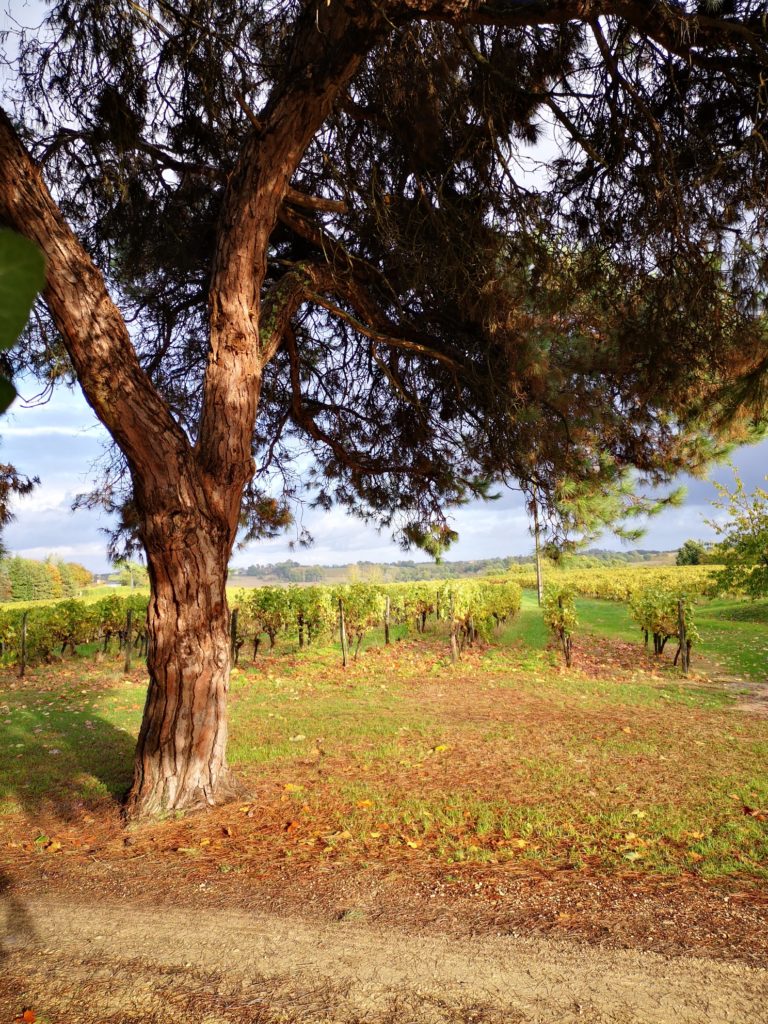
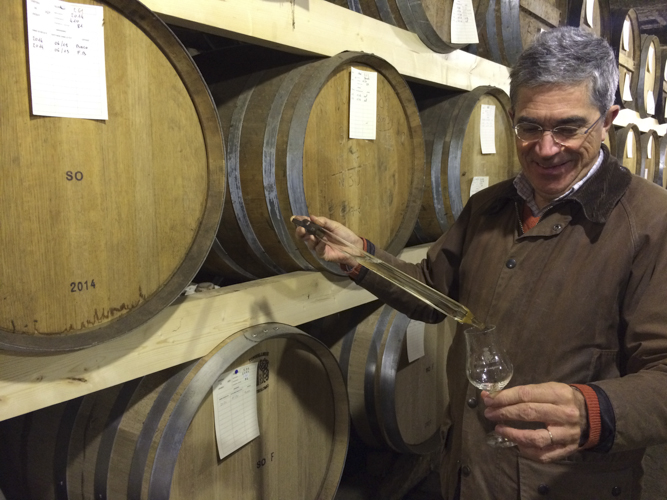
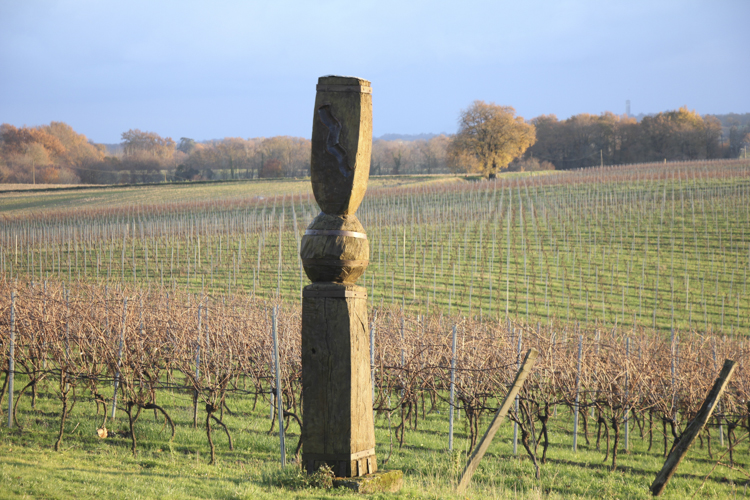
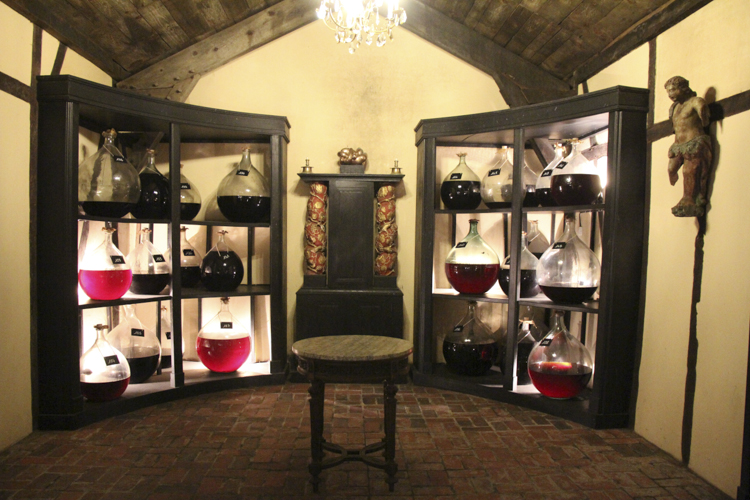
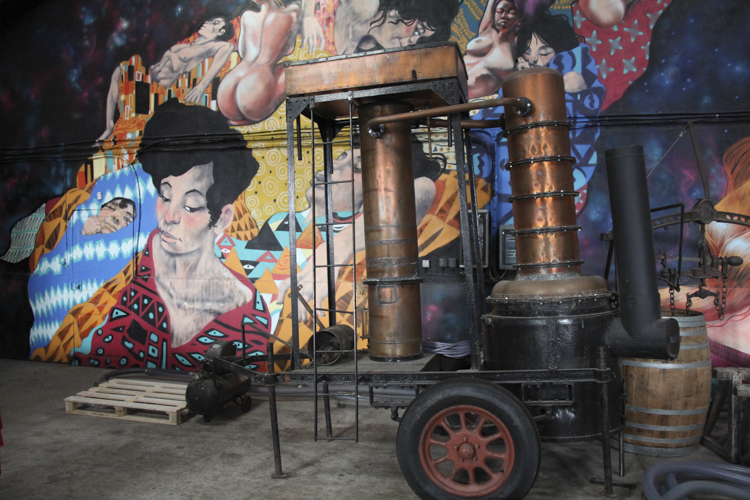

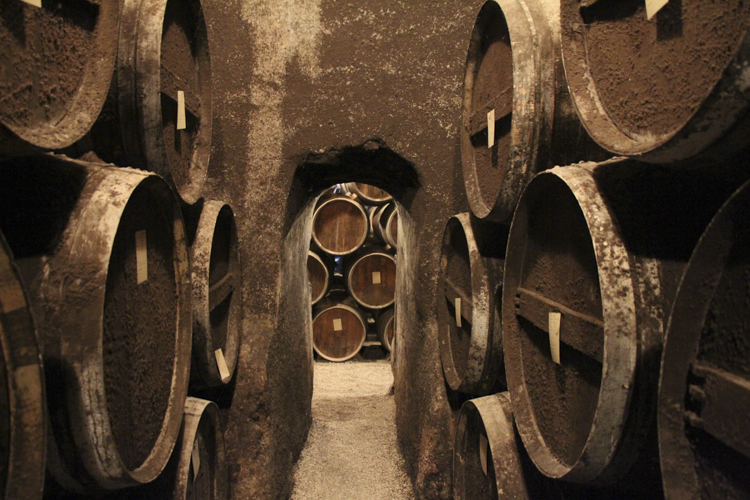
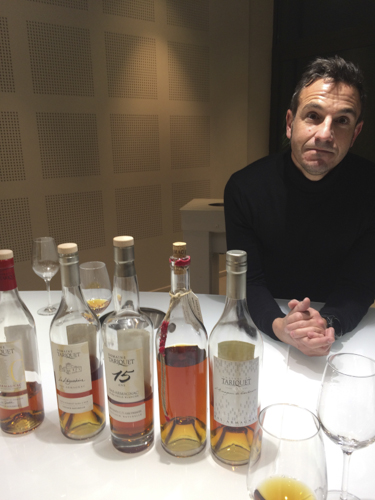
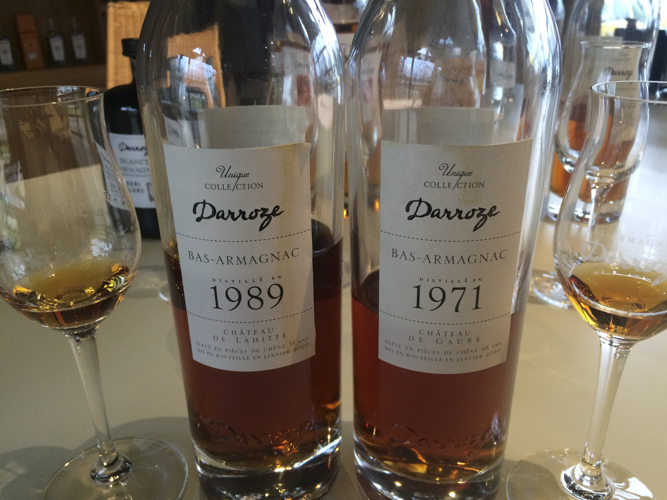

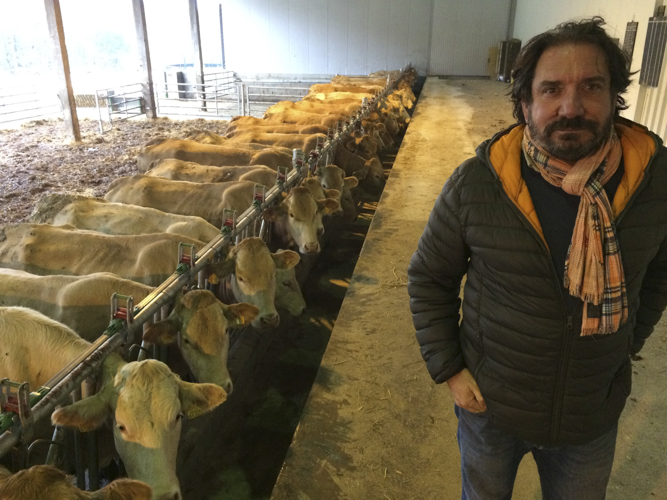
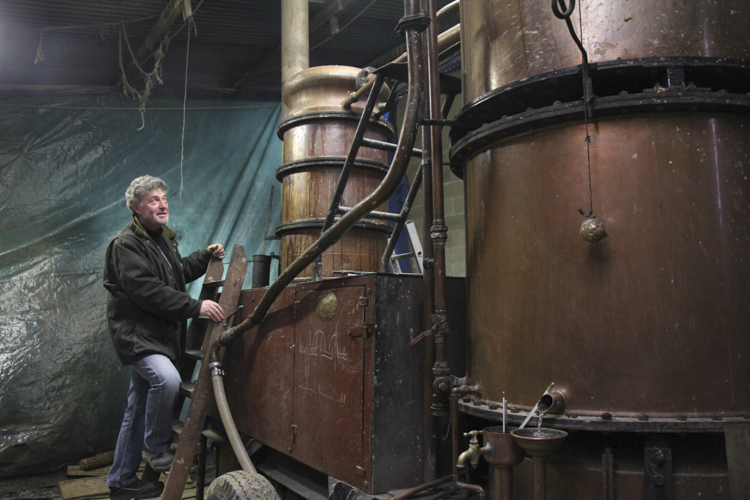
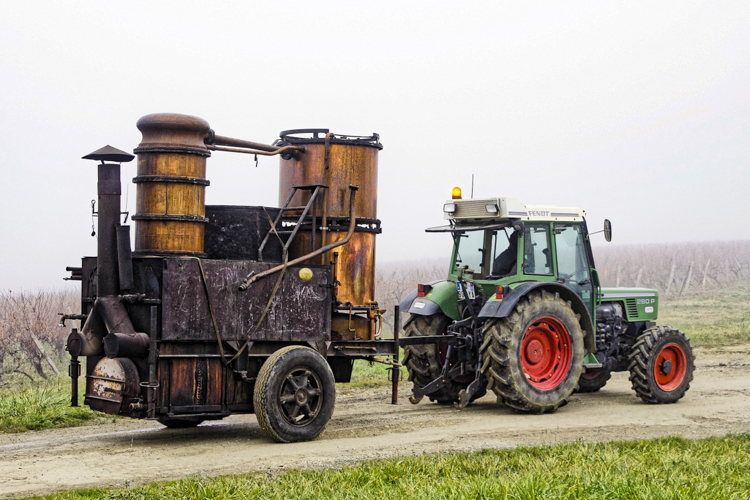
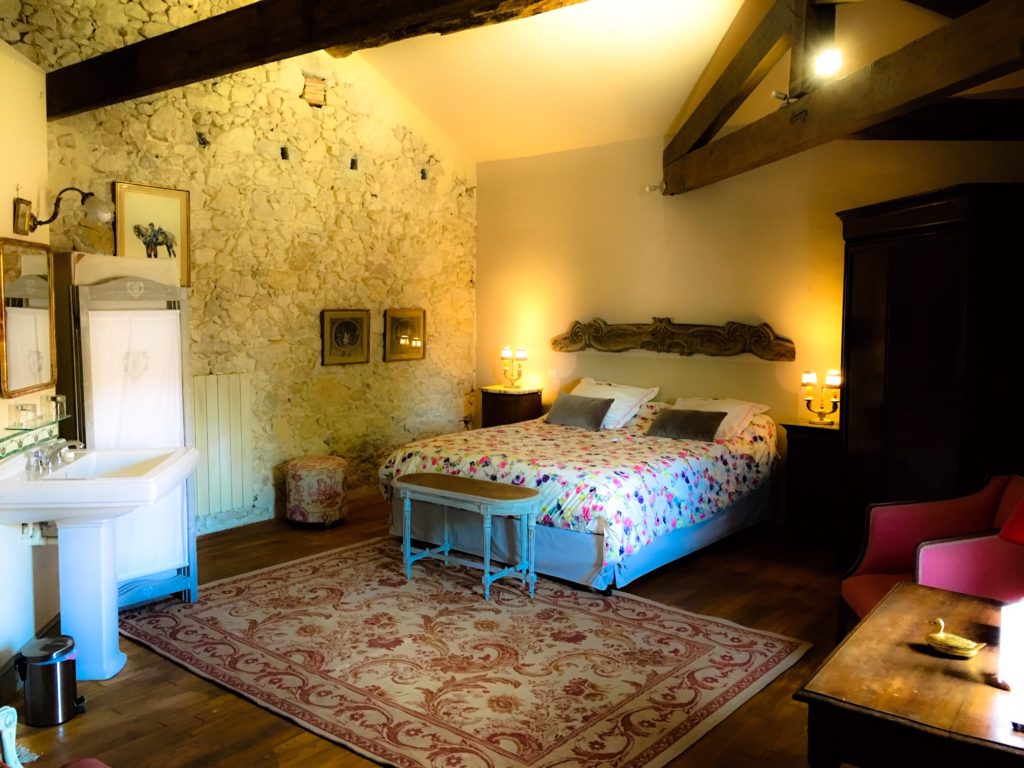
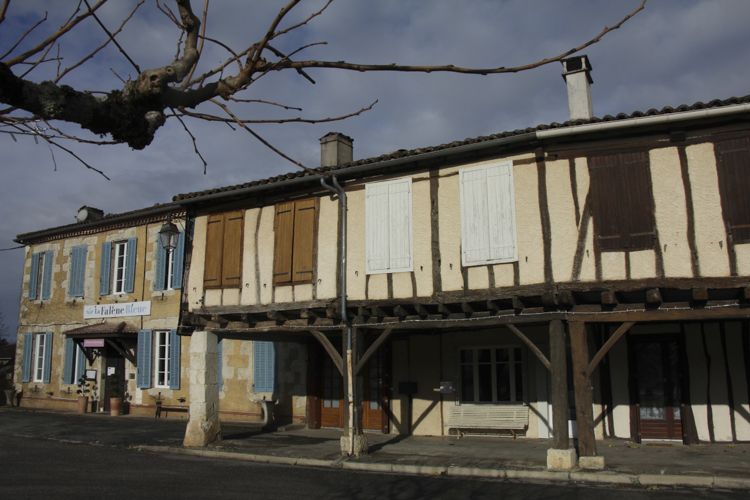
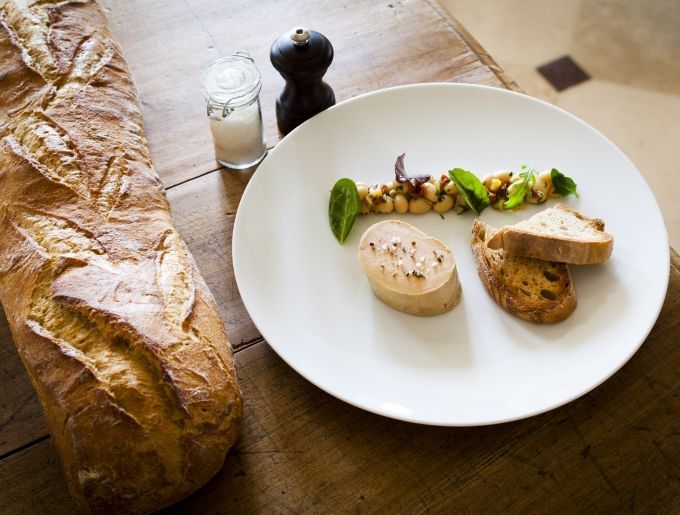
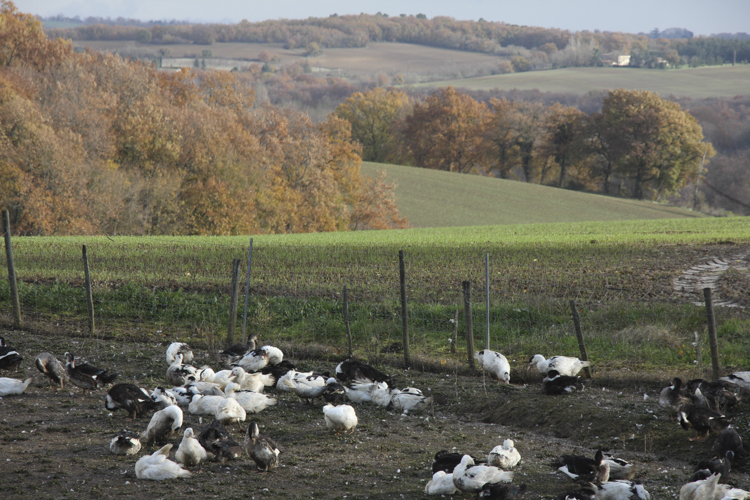
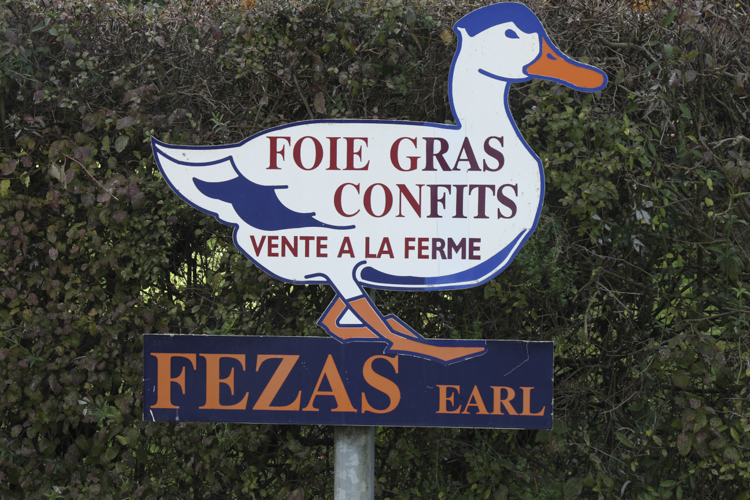

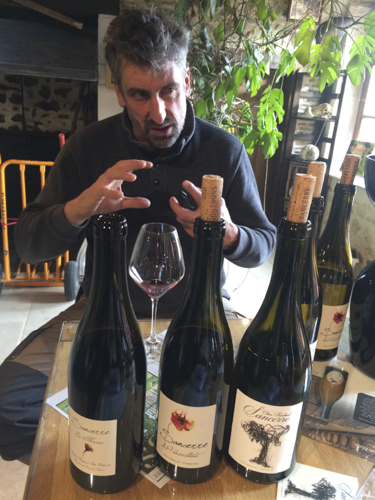
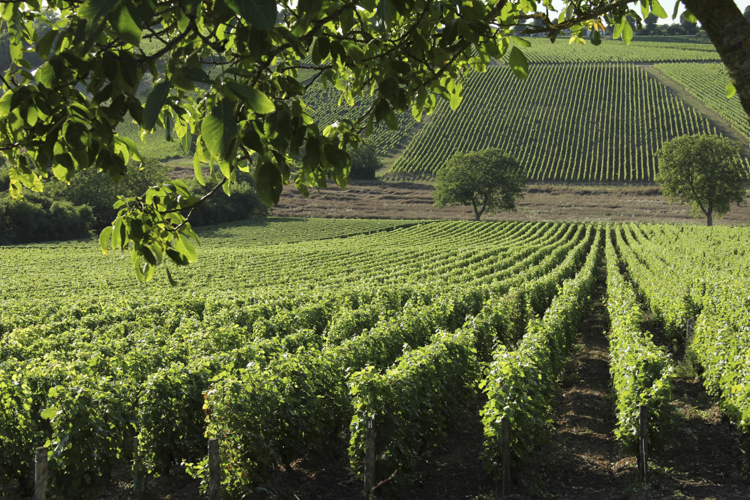
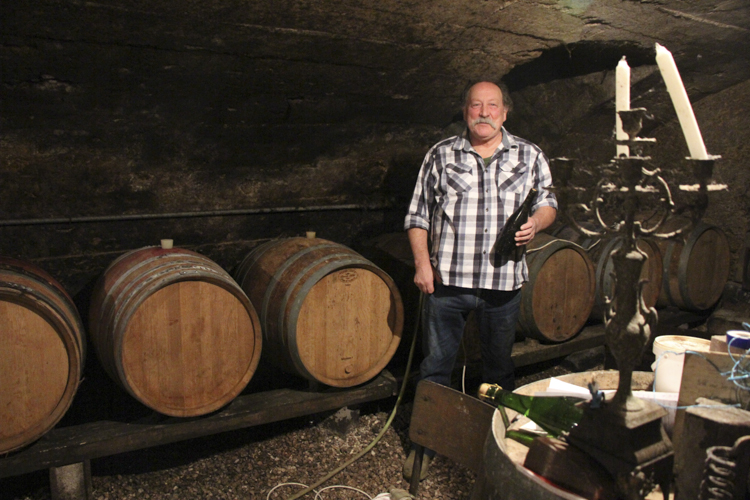
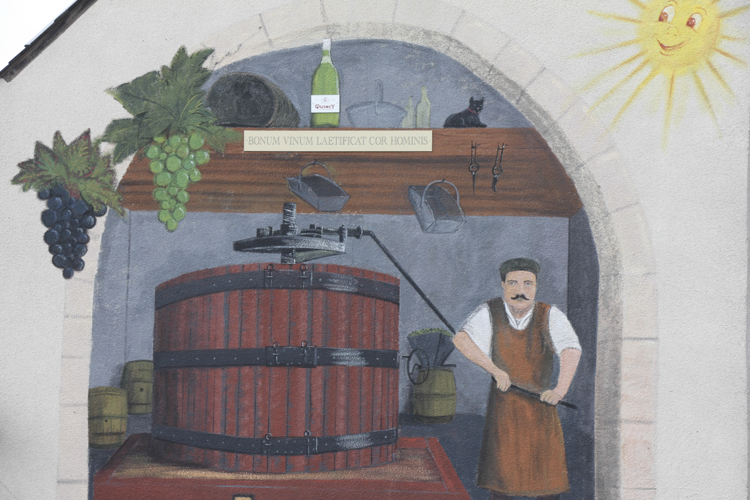
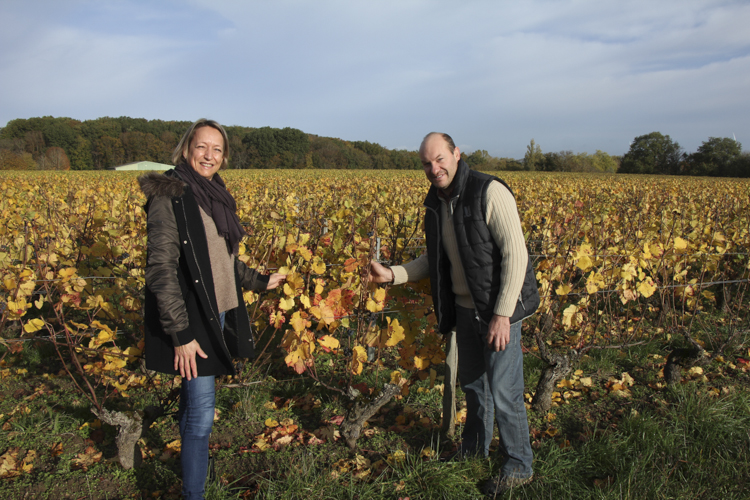
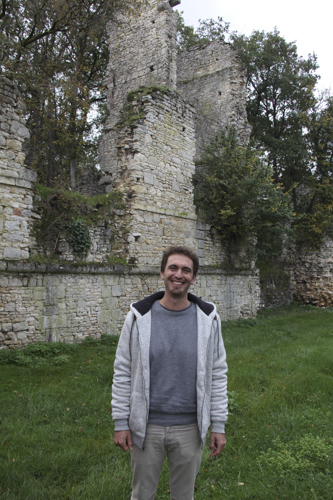
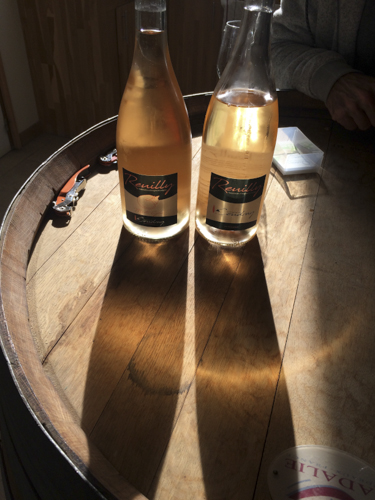
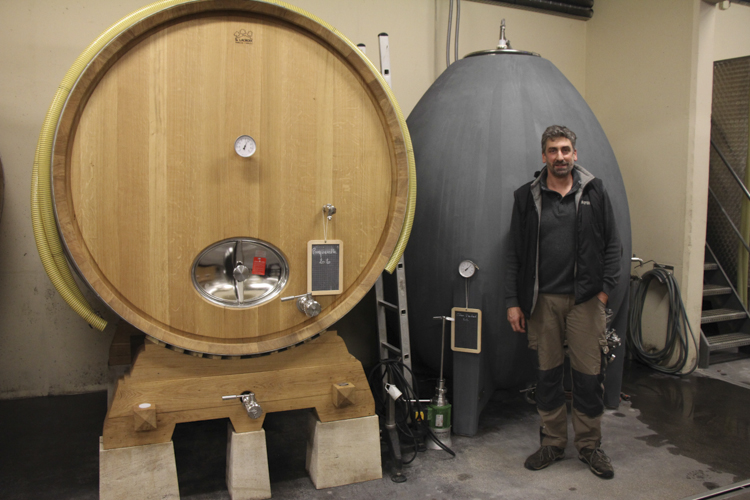
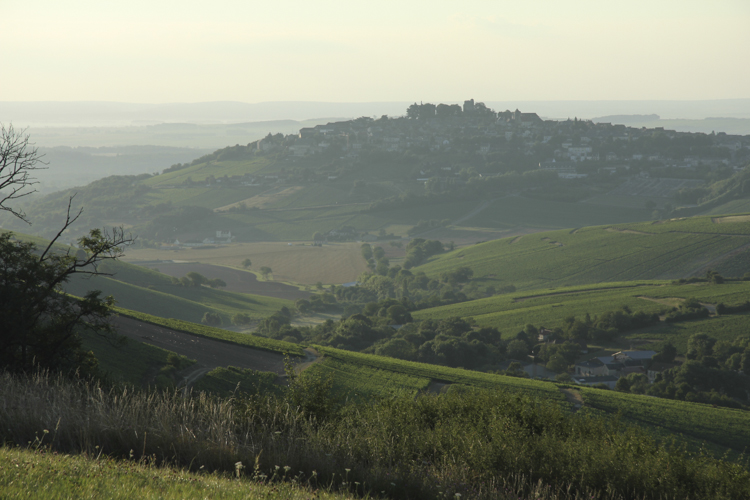
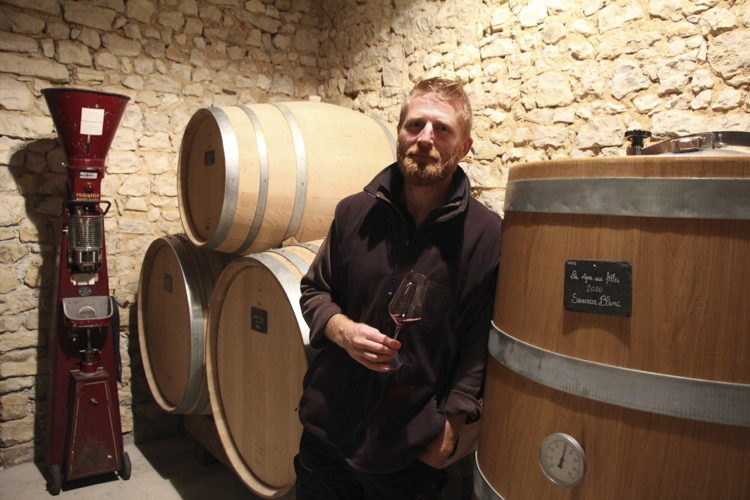
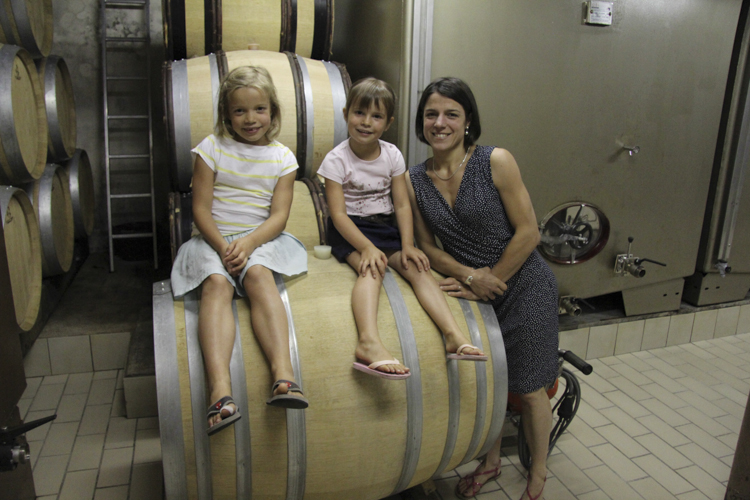
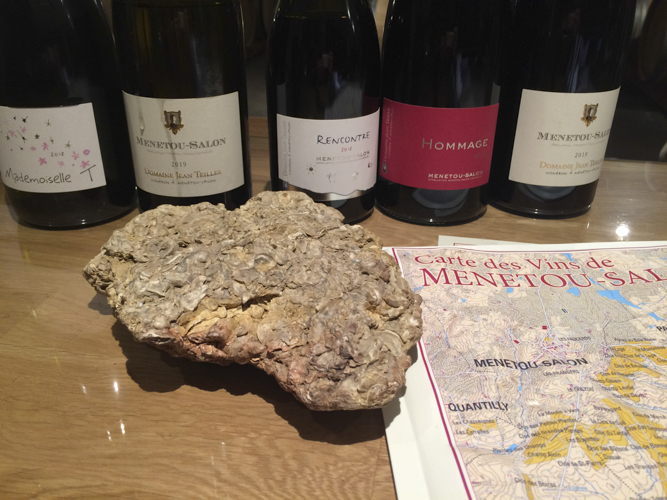
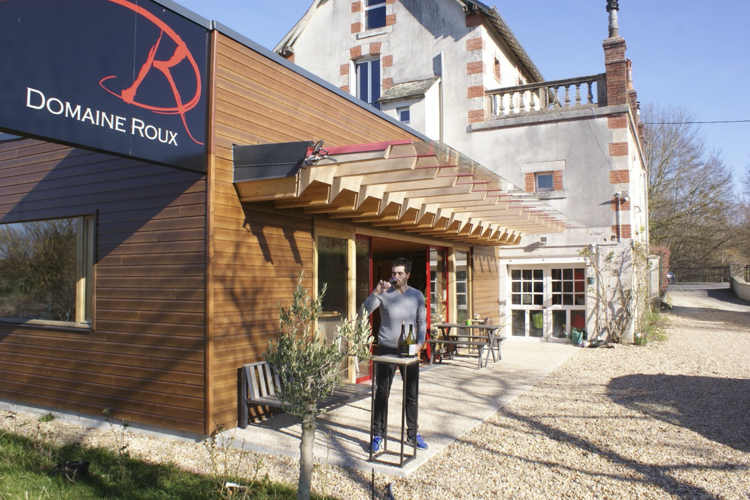
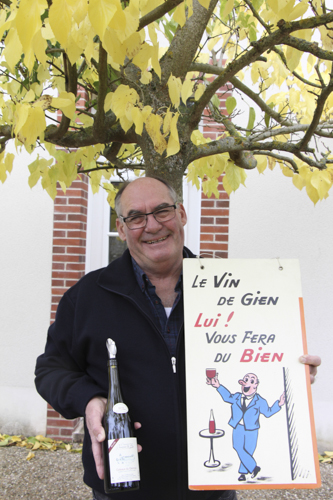
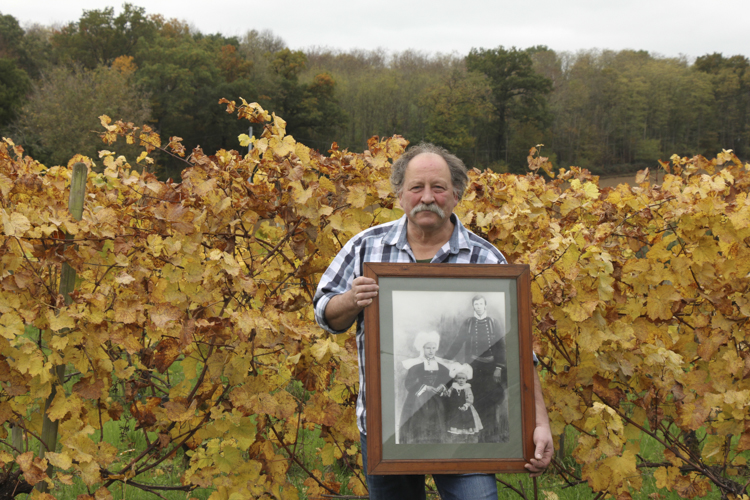
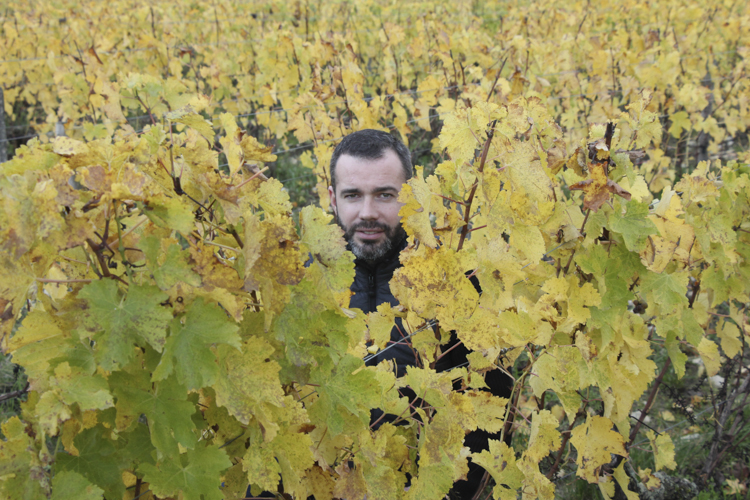
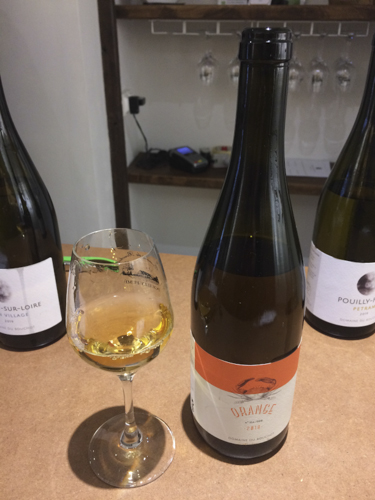
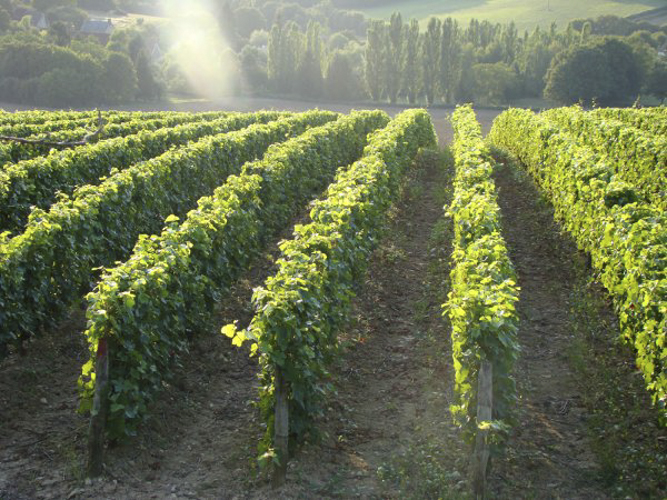
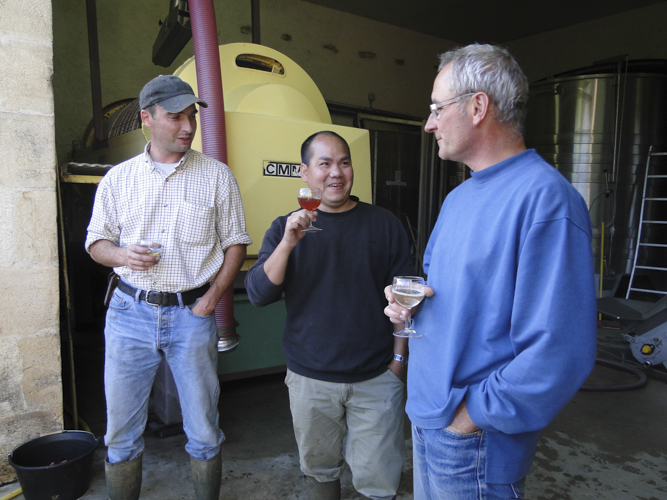
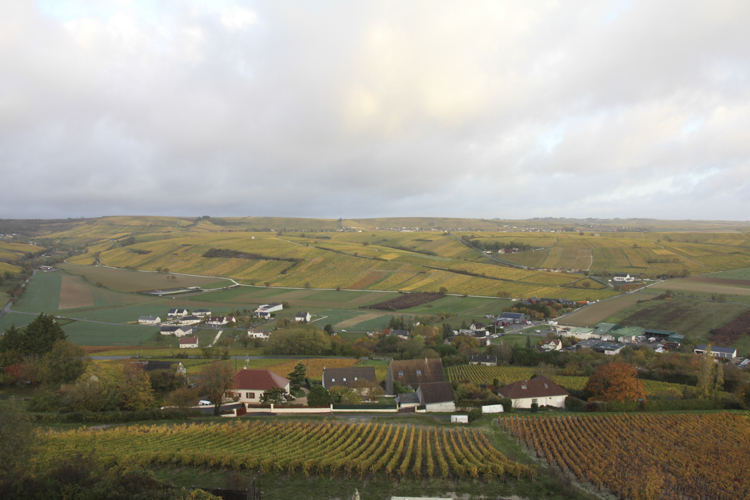
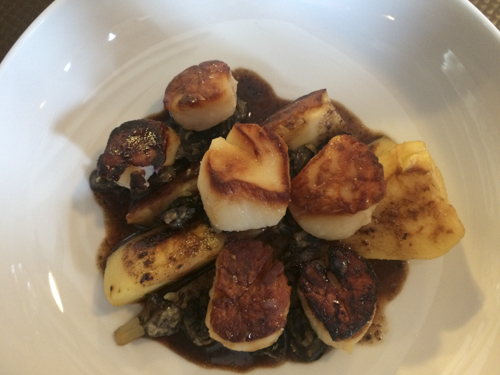
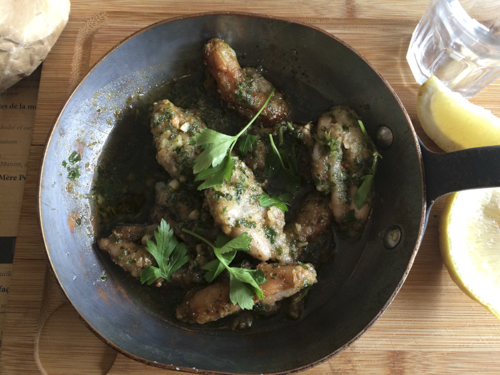
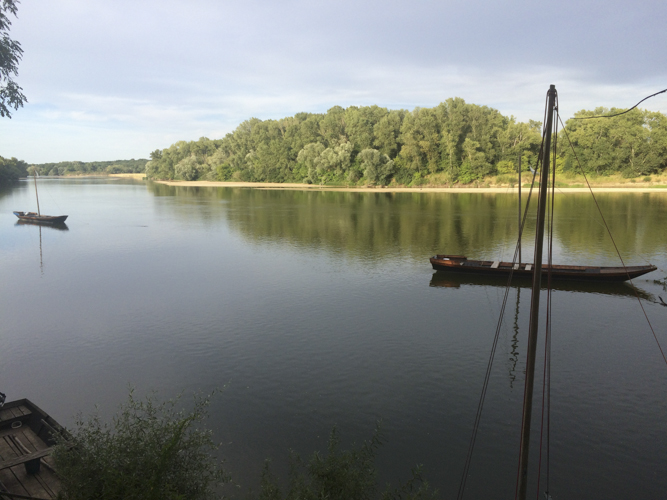
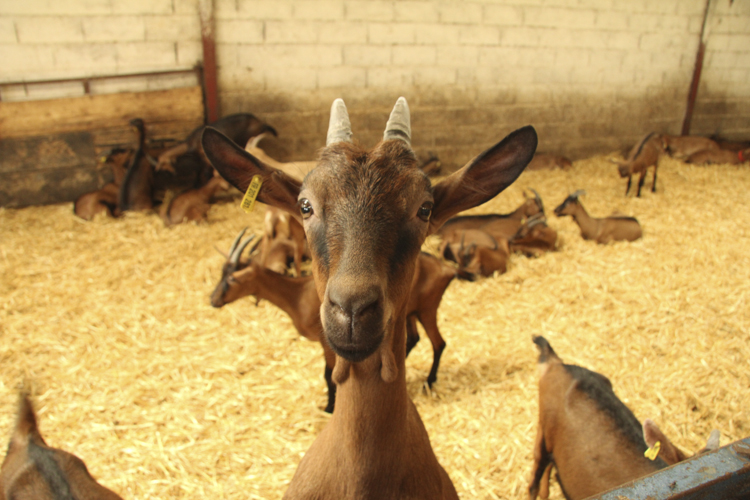
Recent Comments